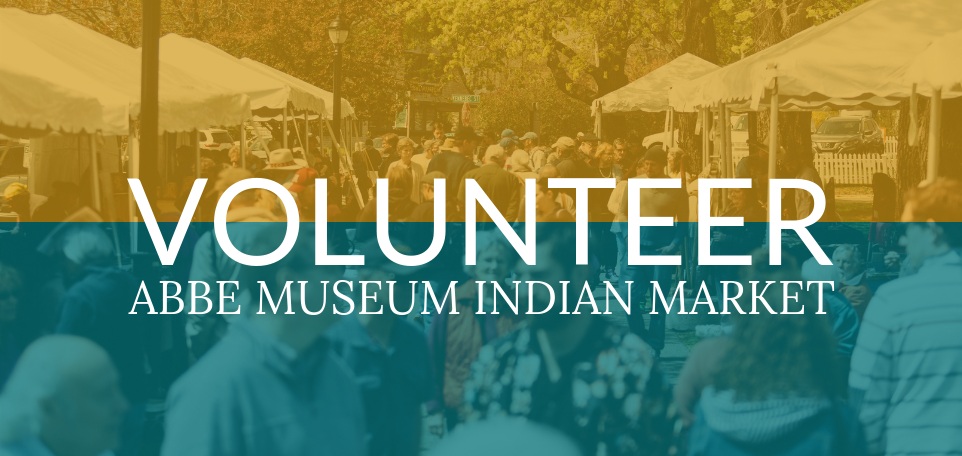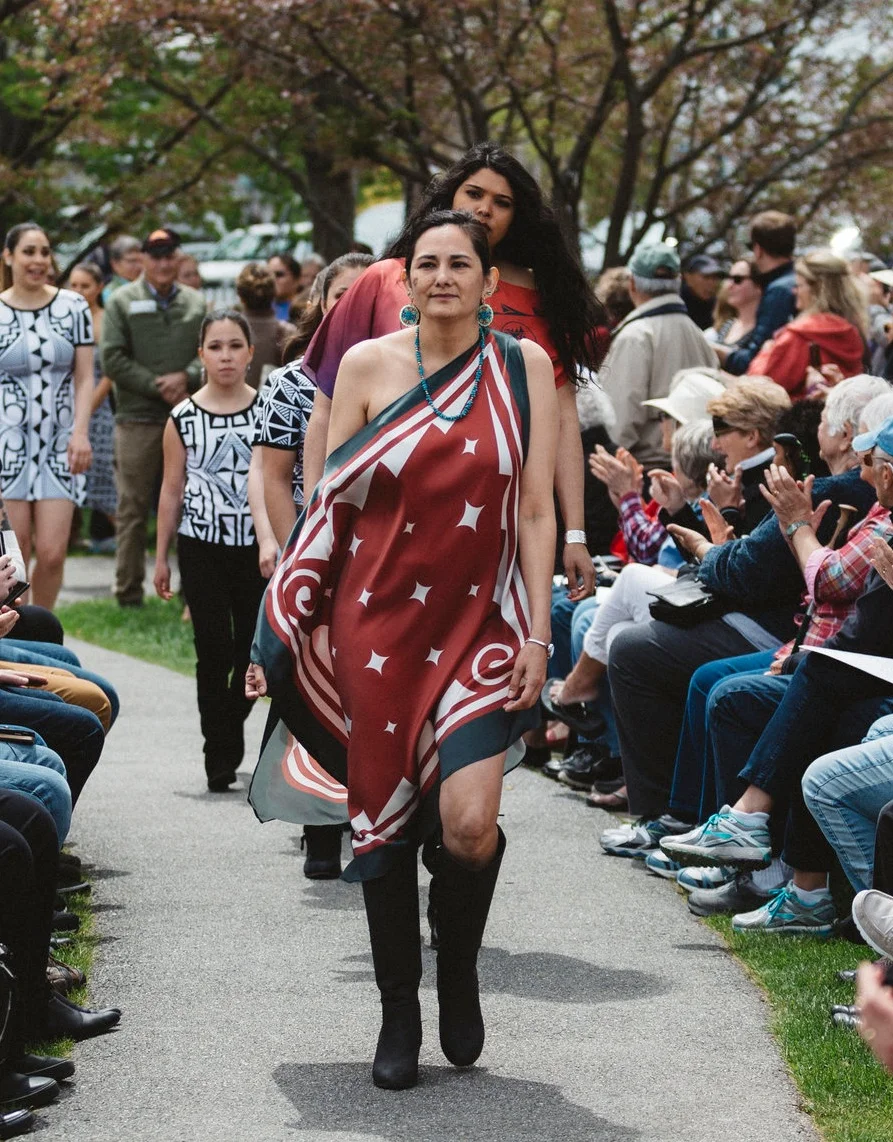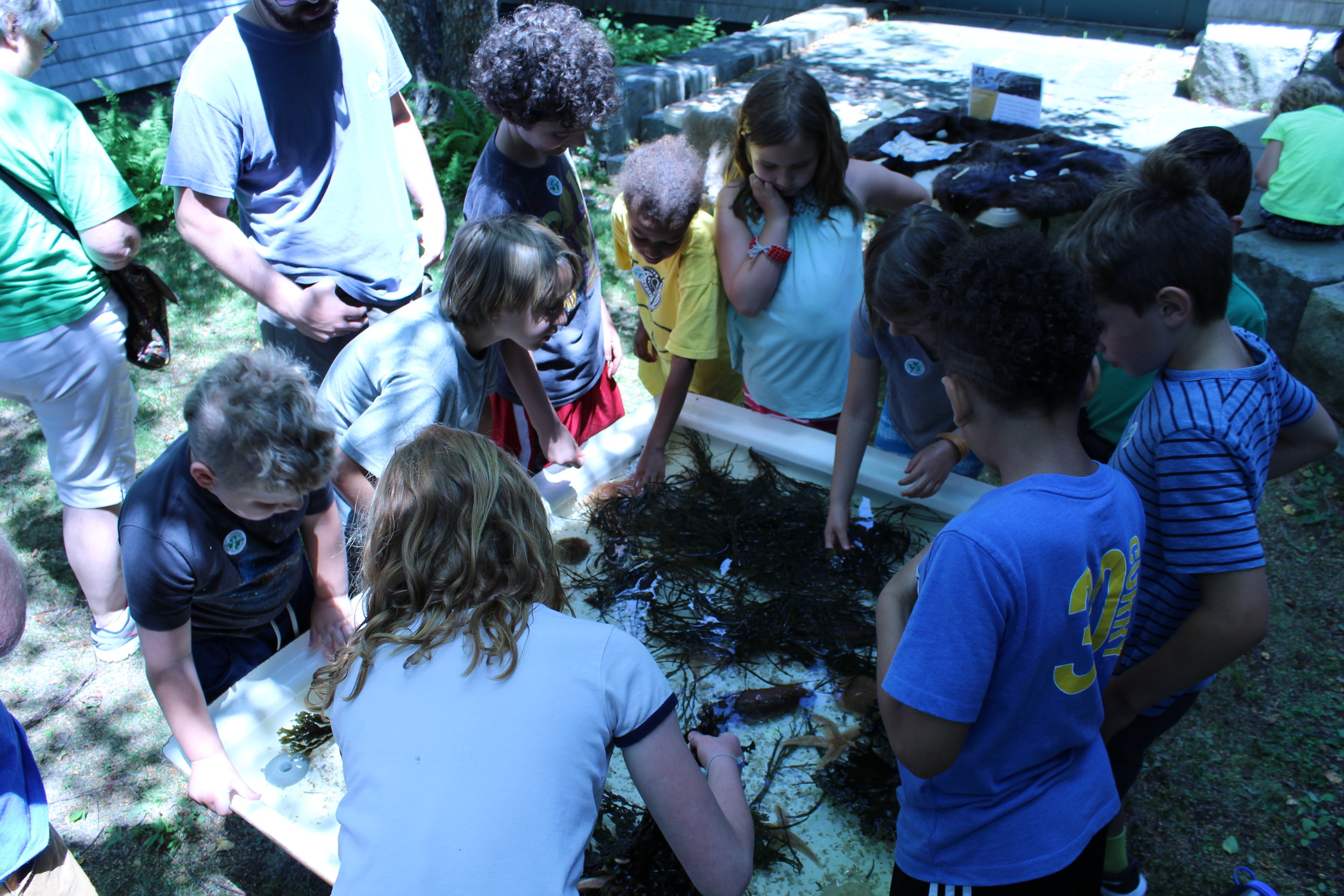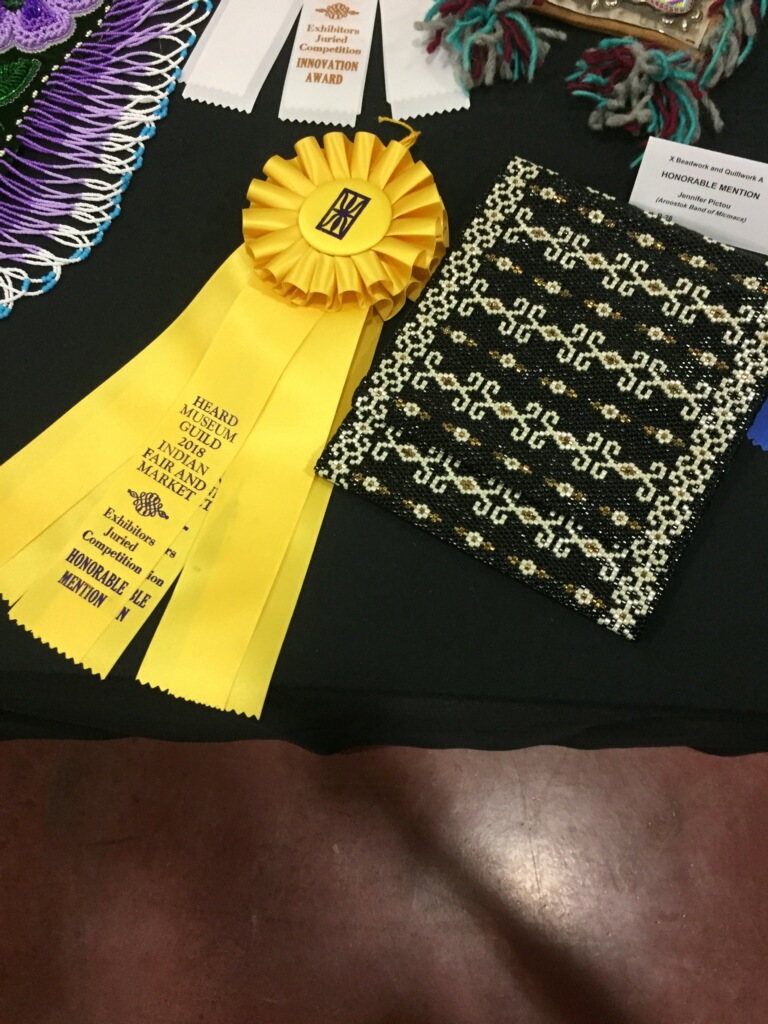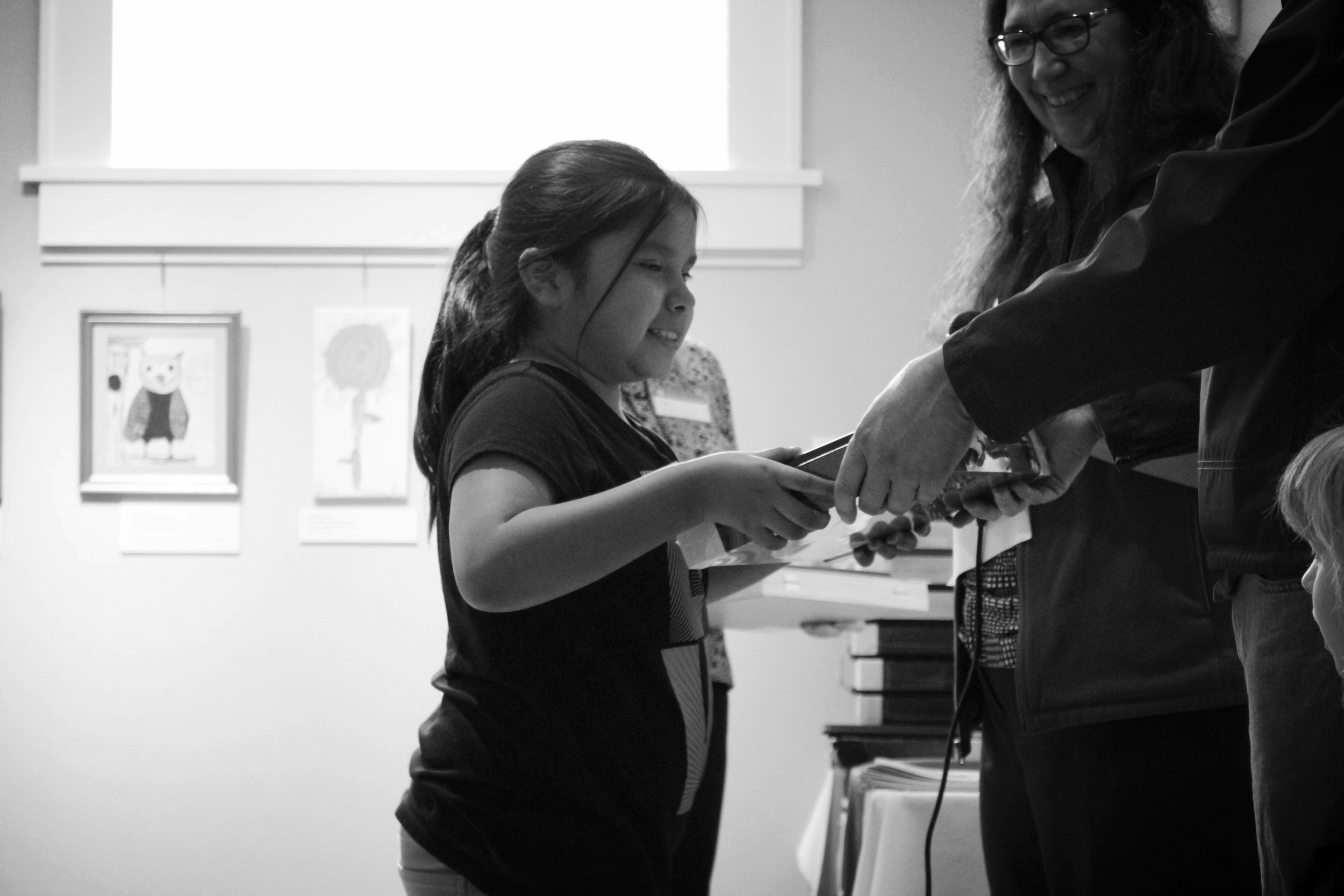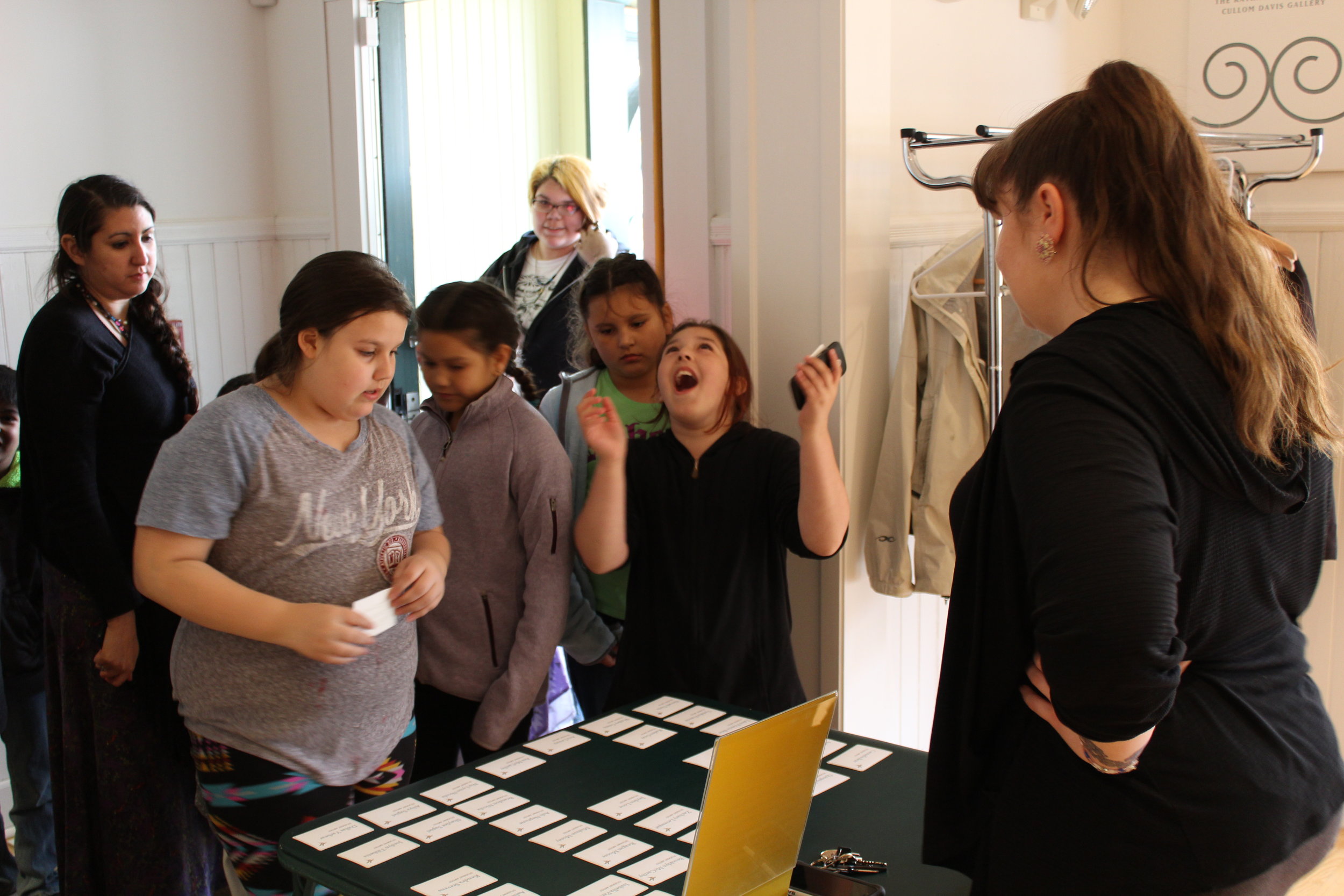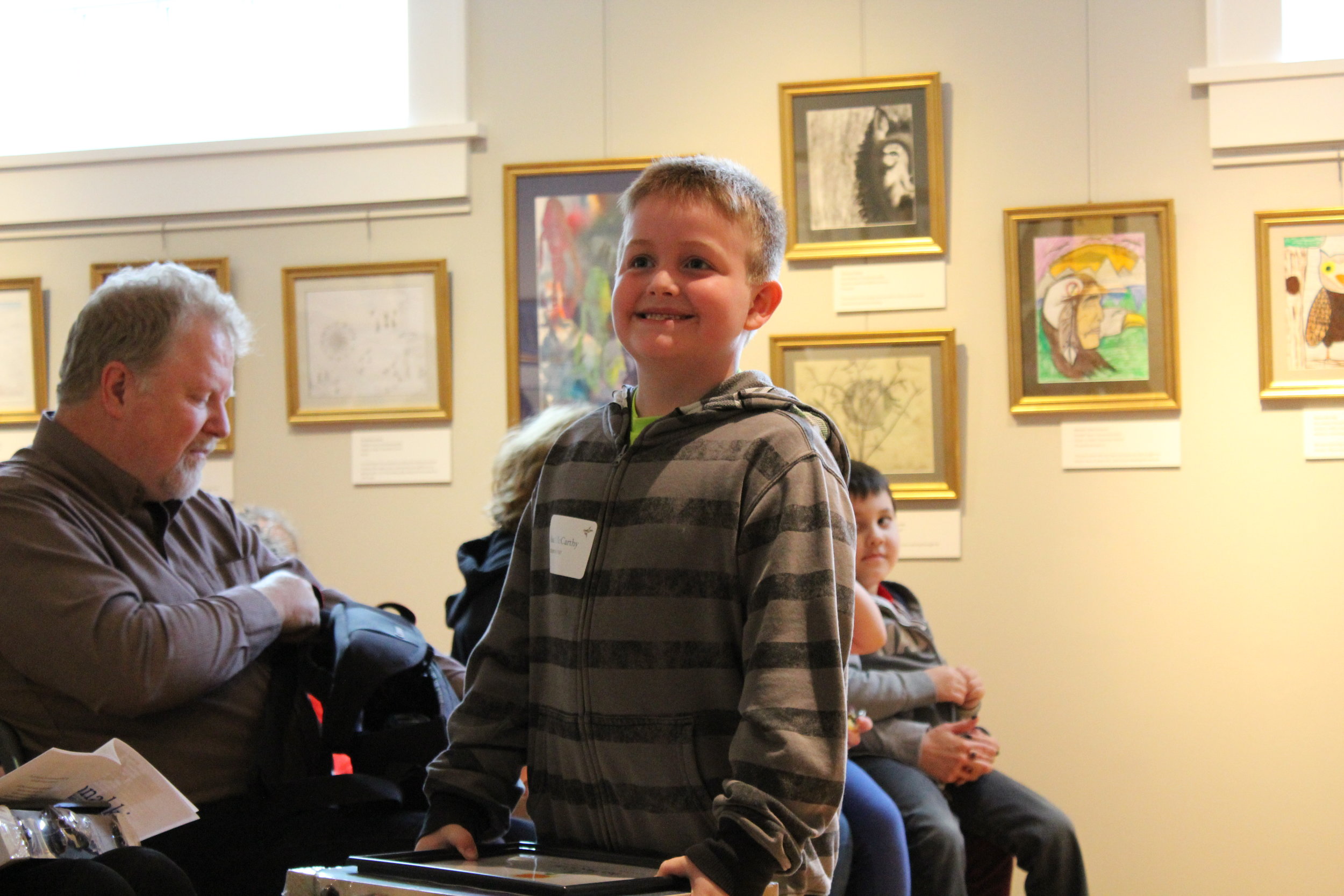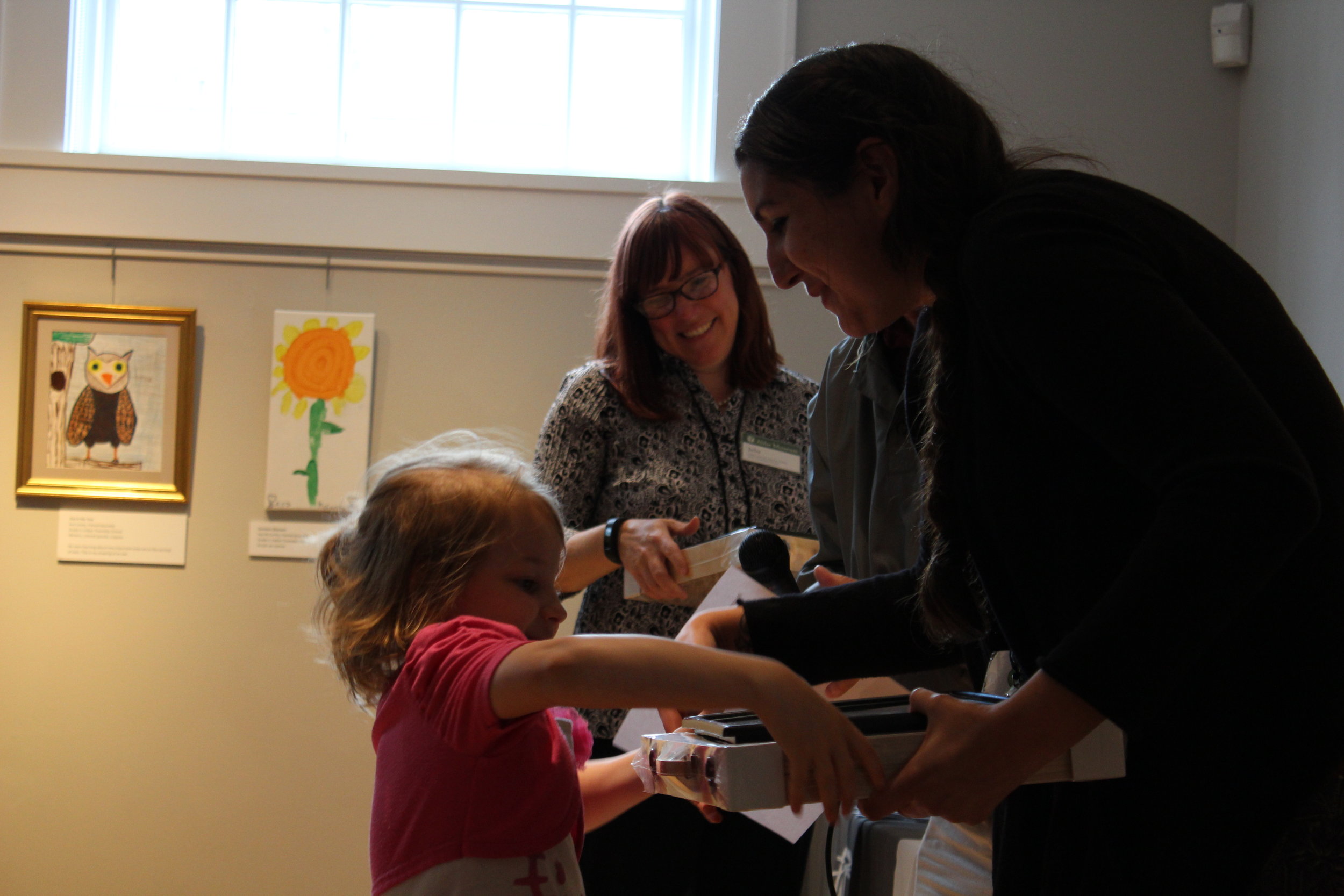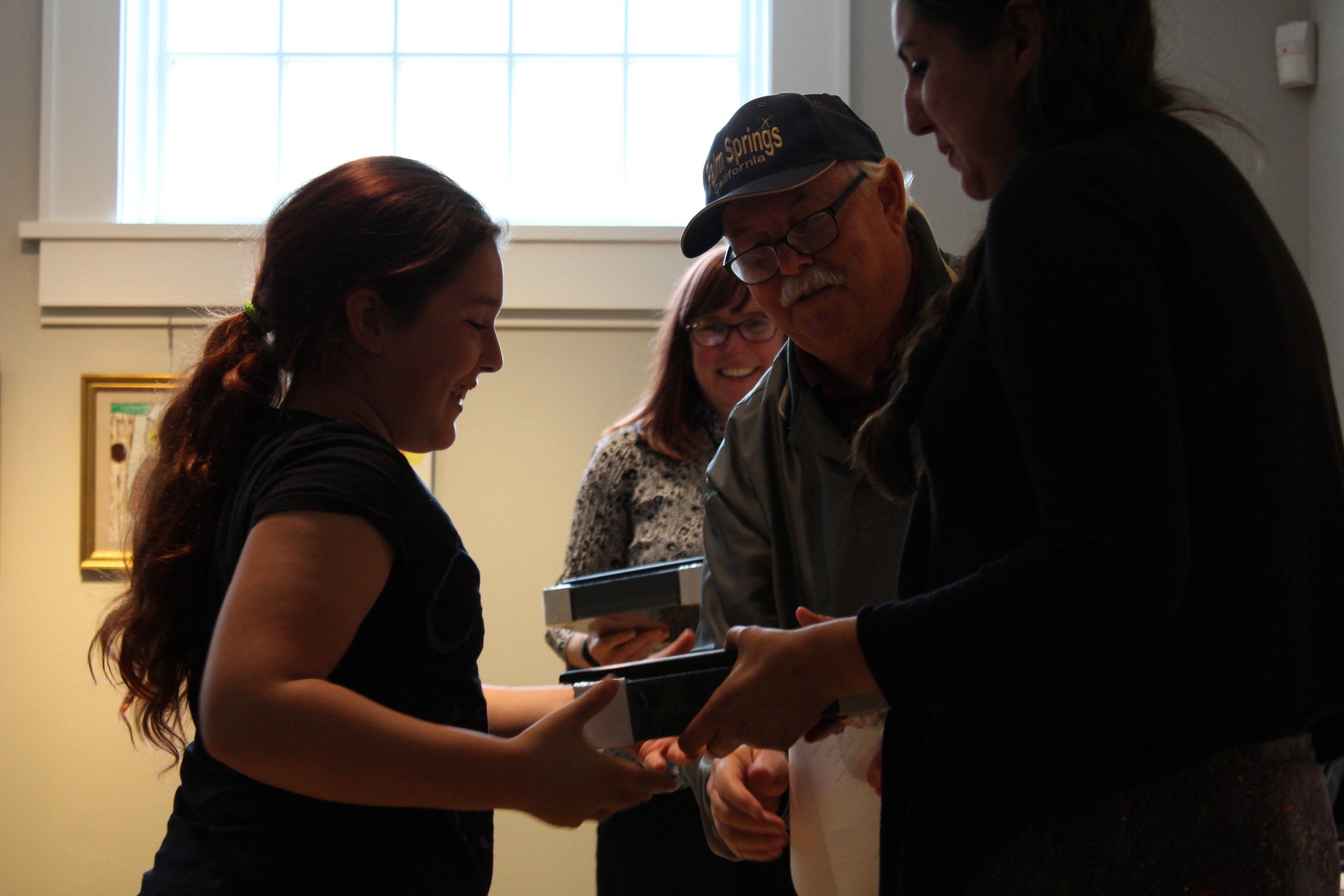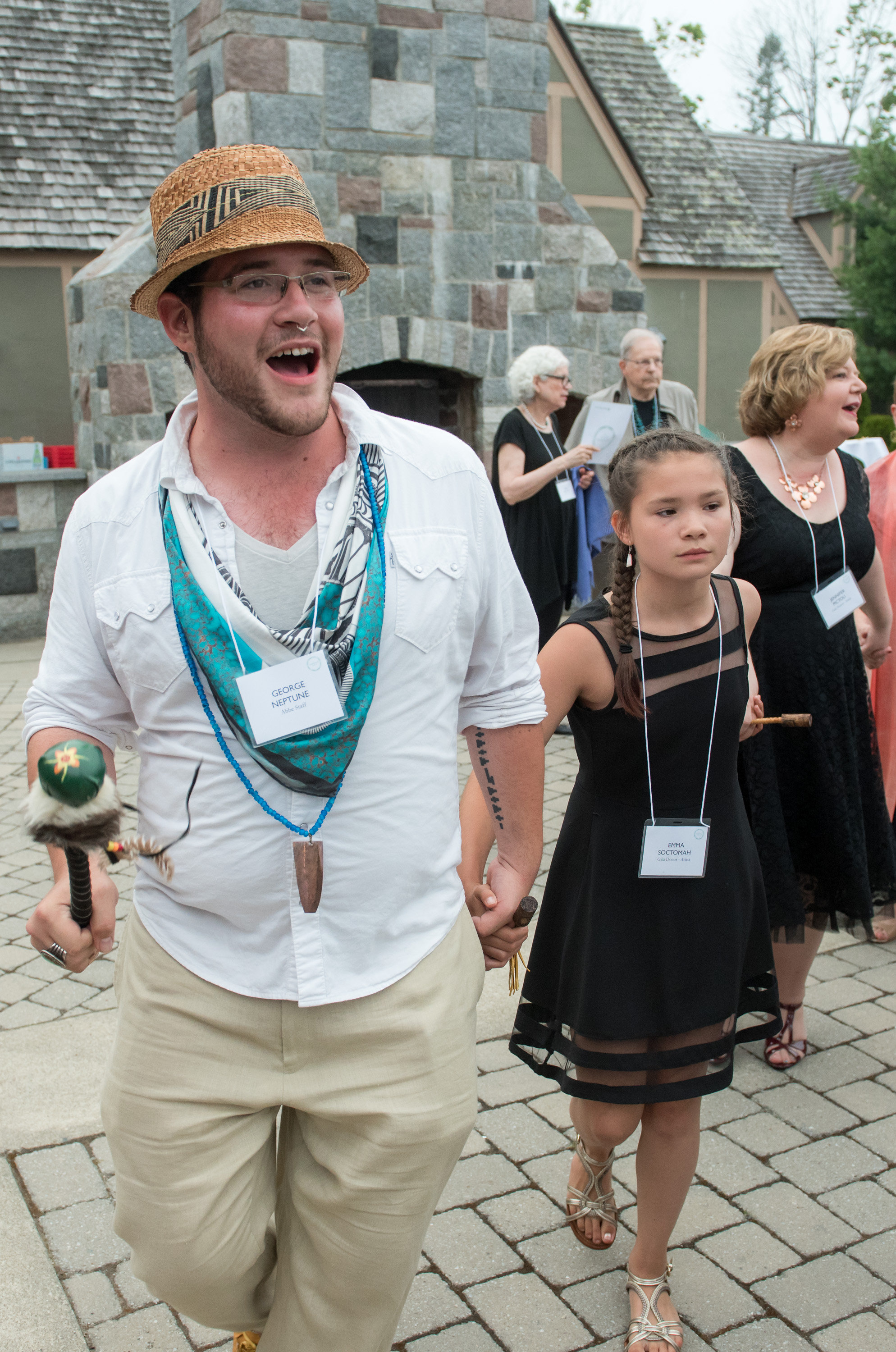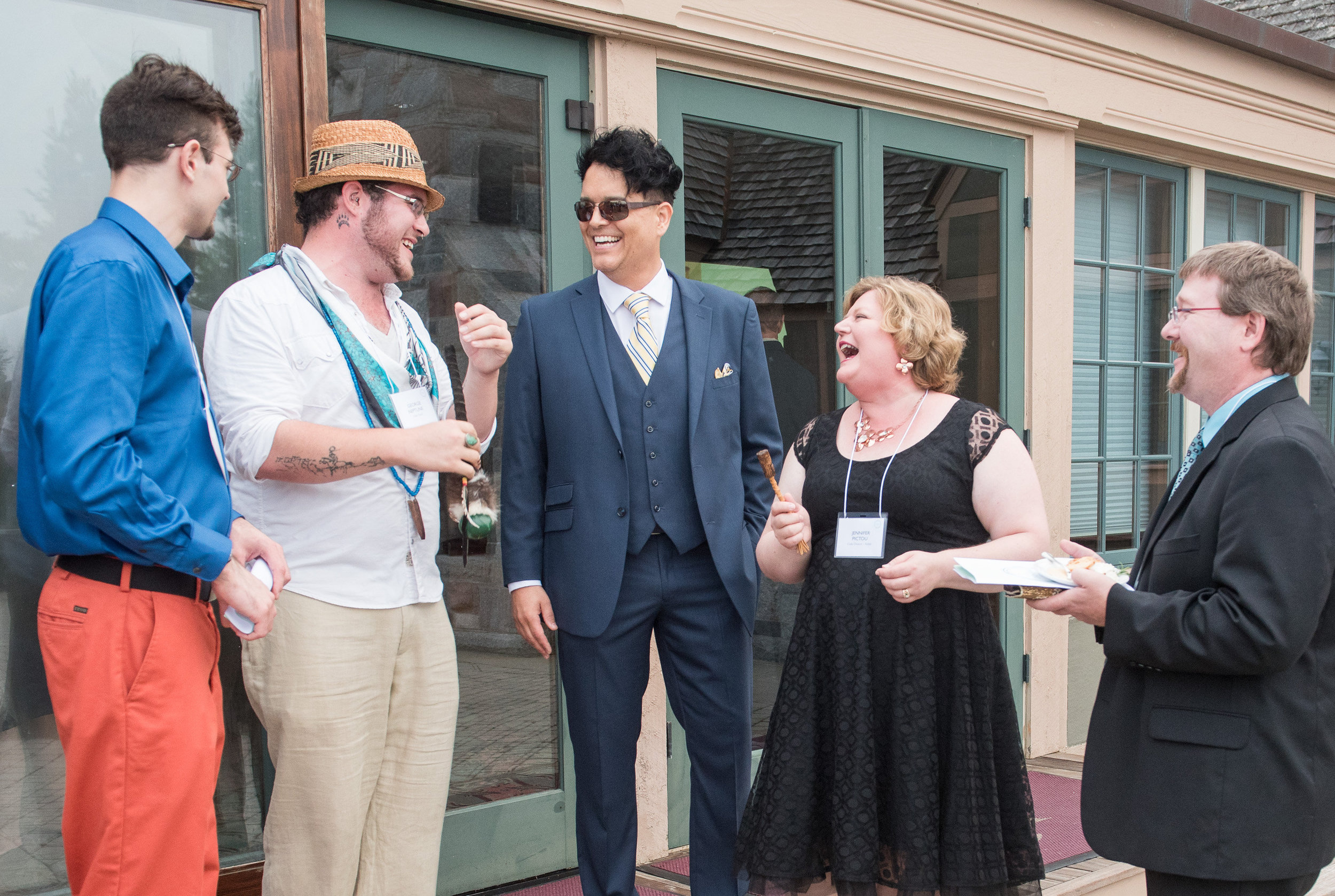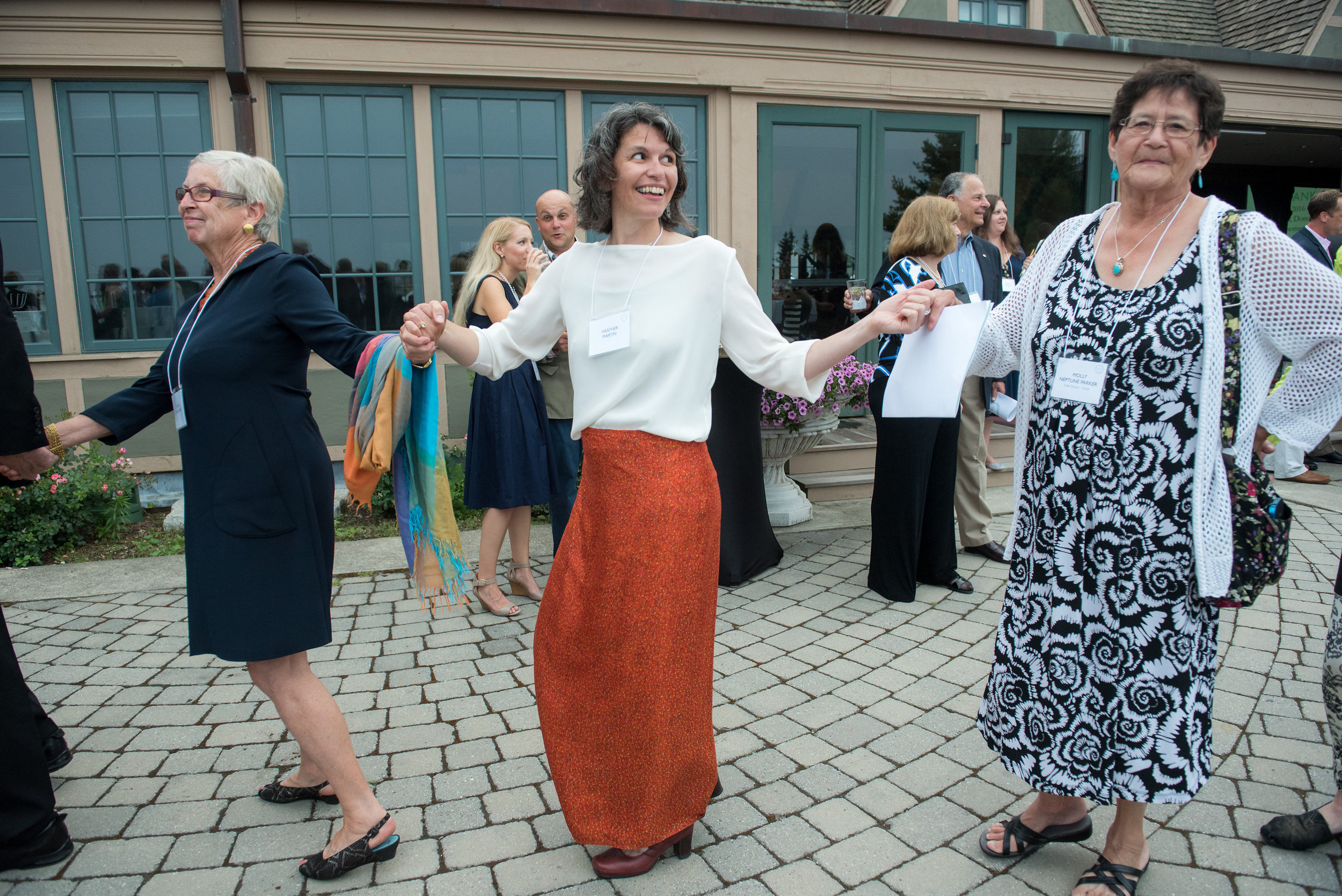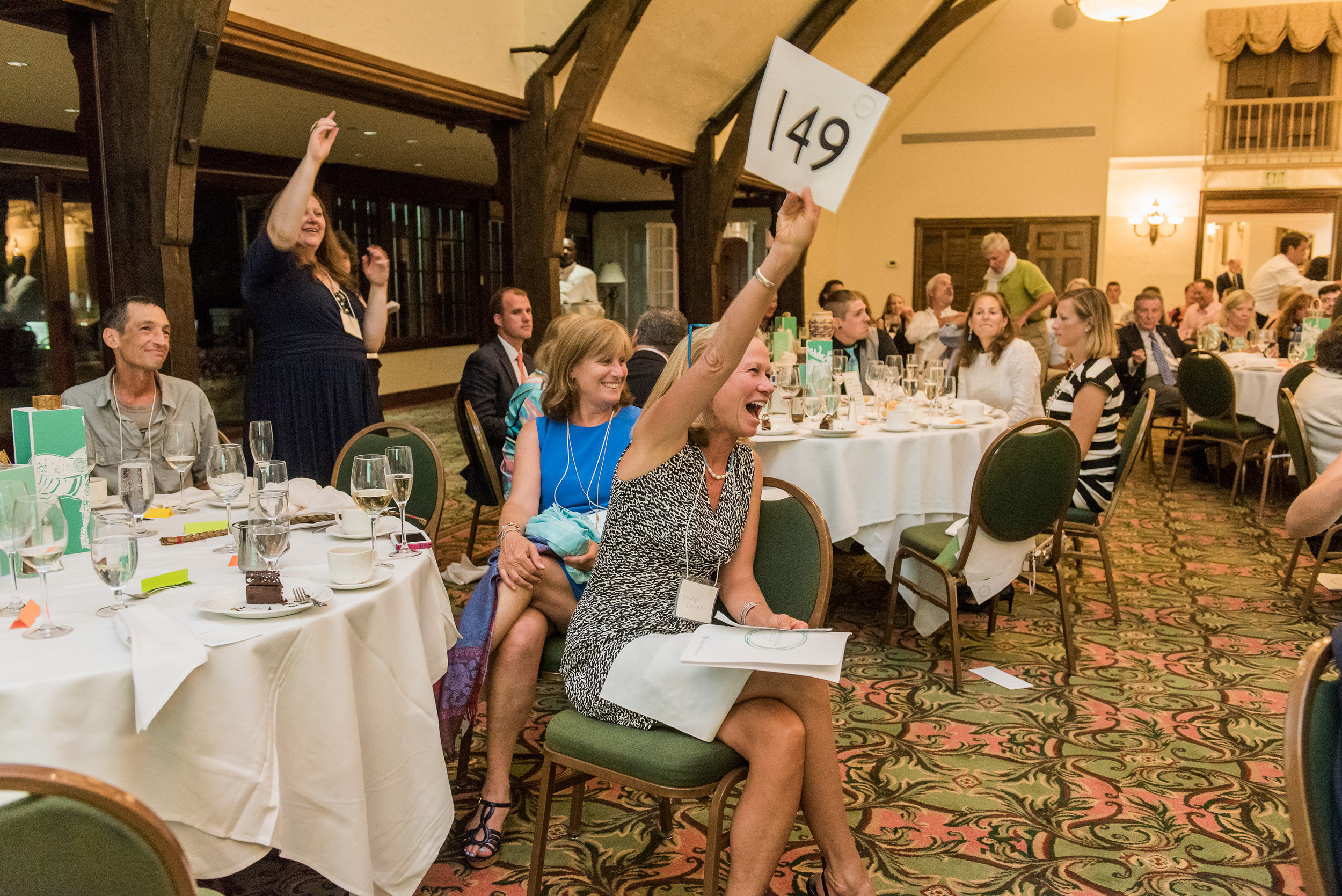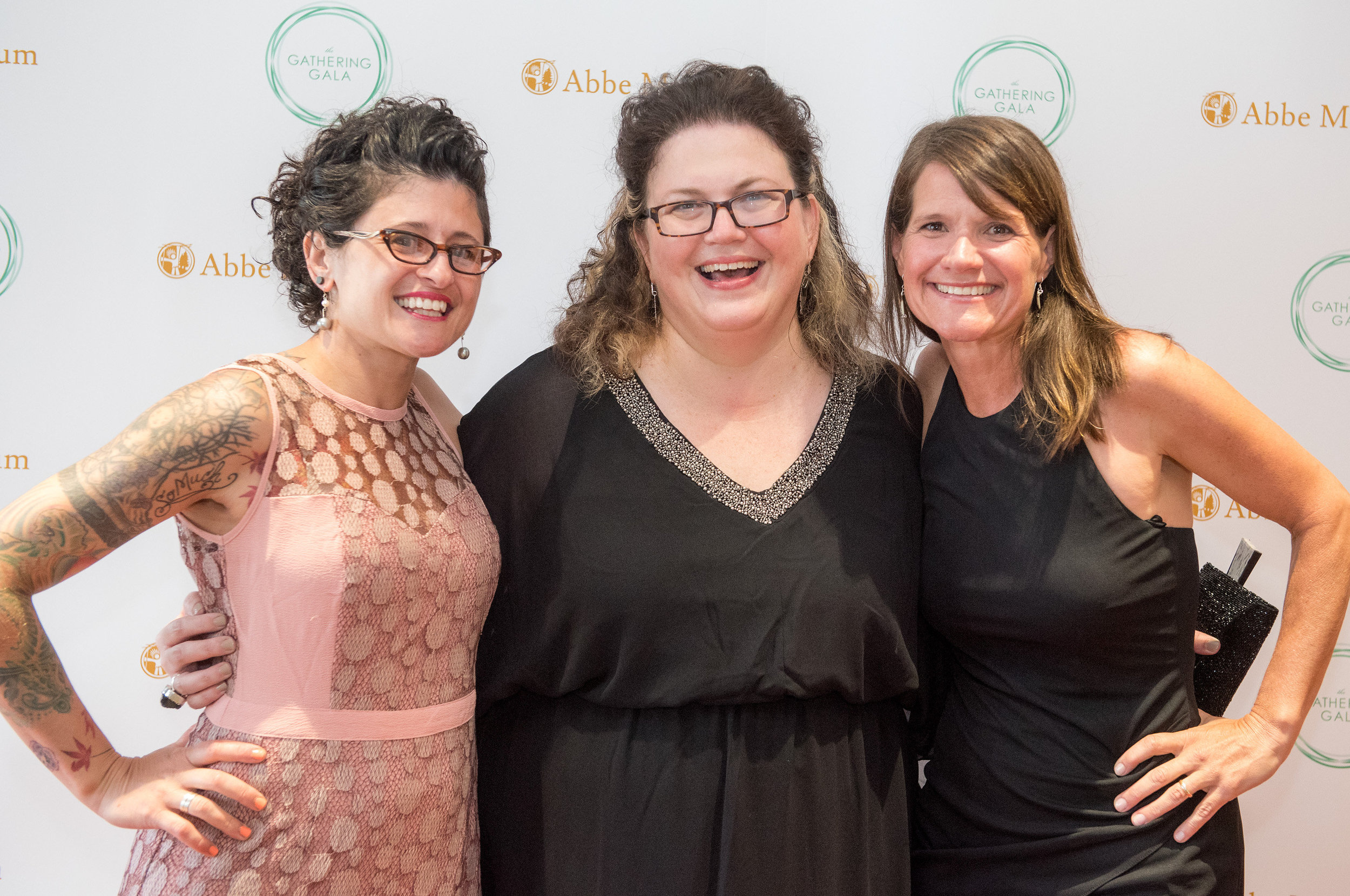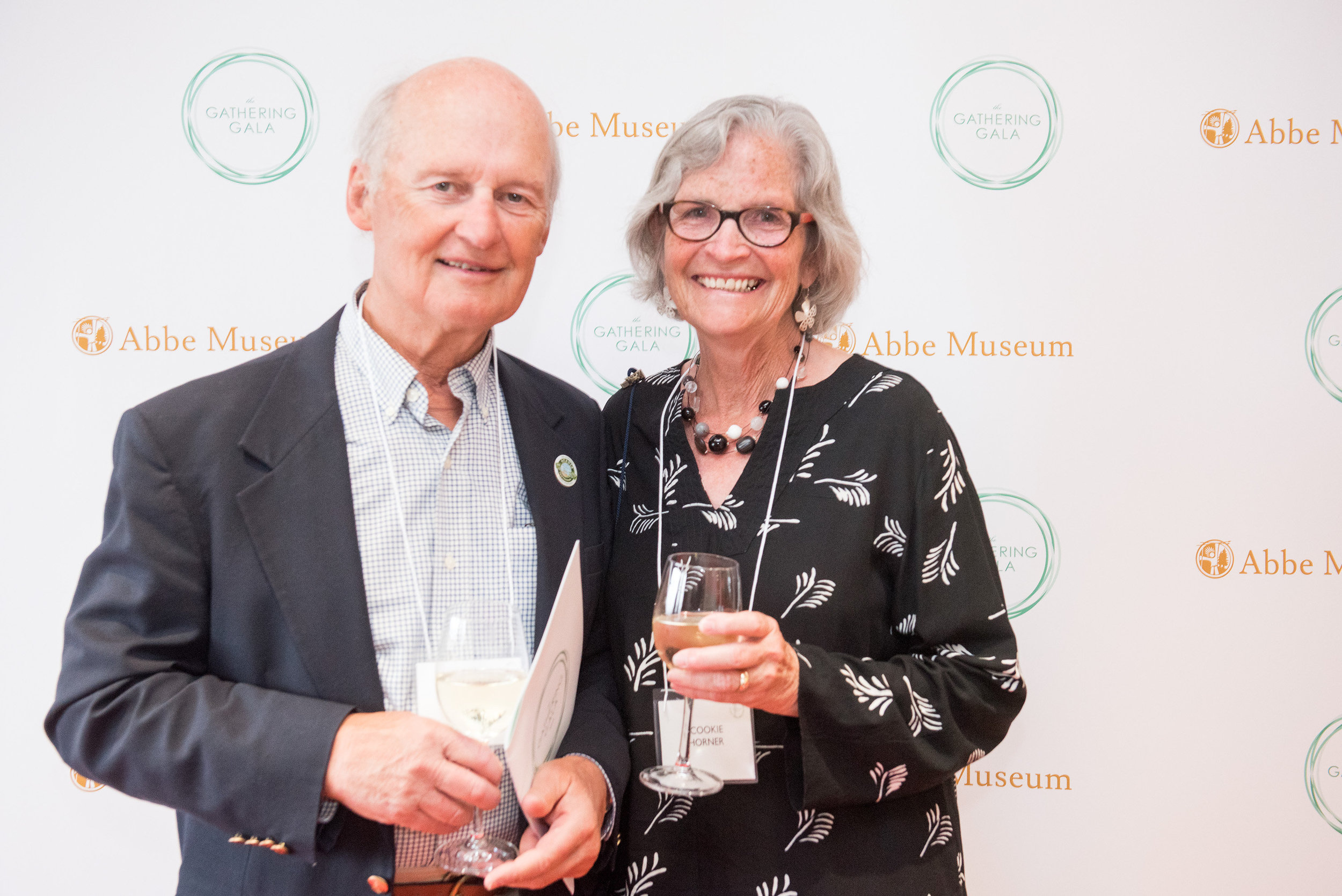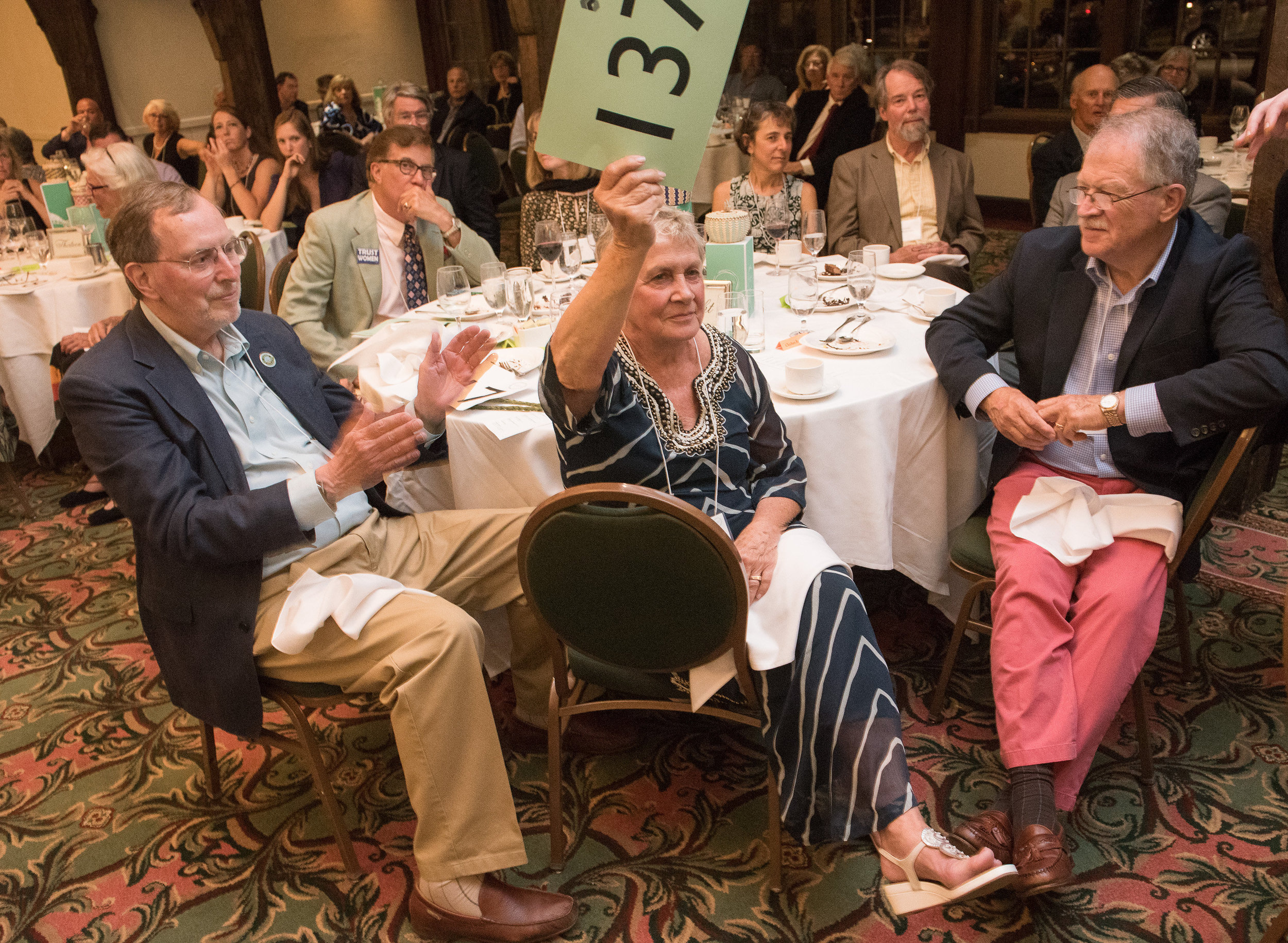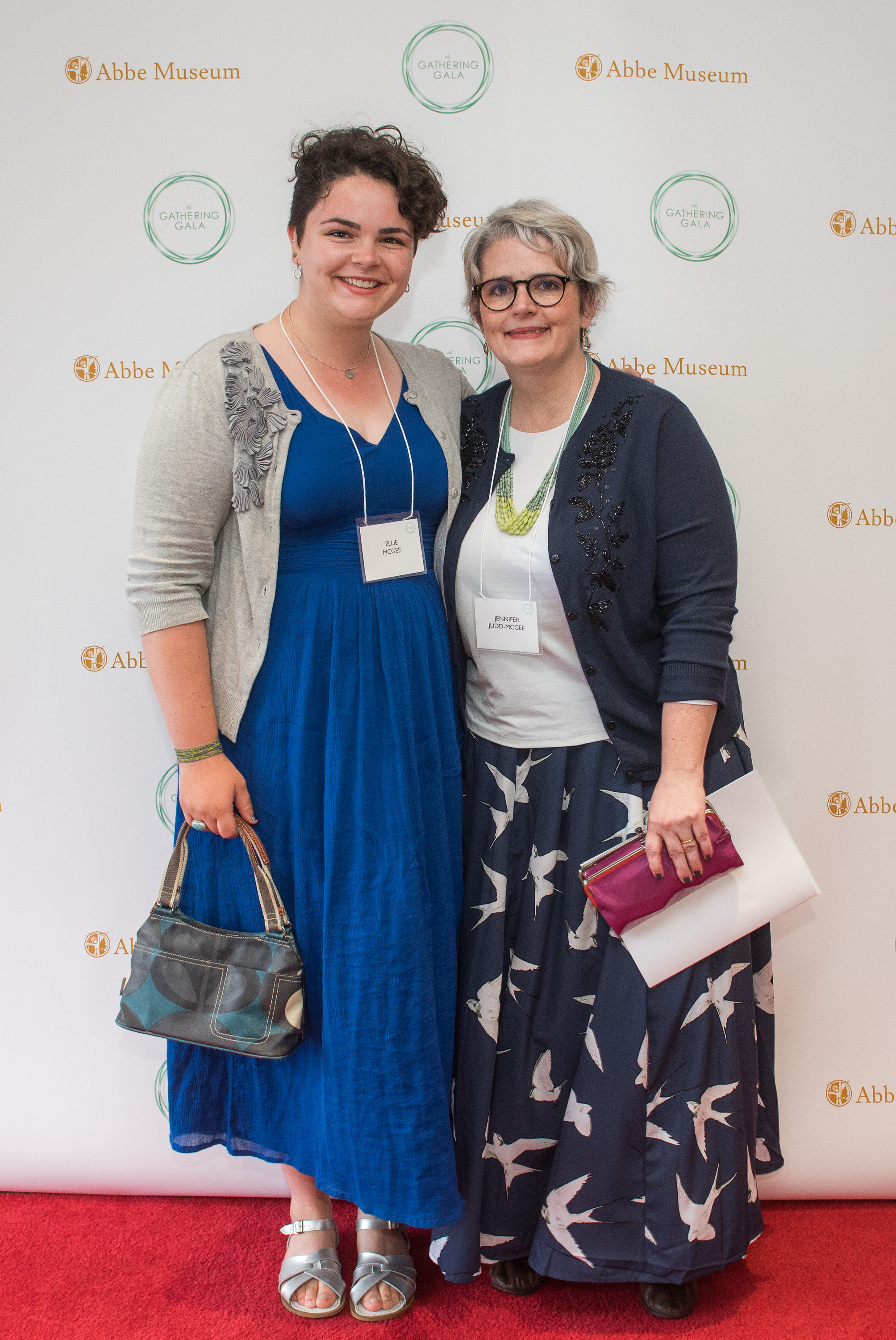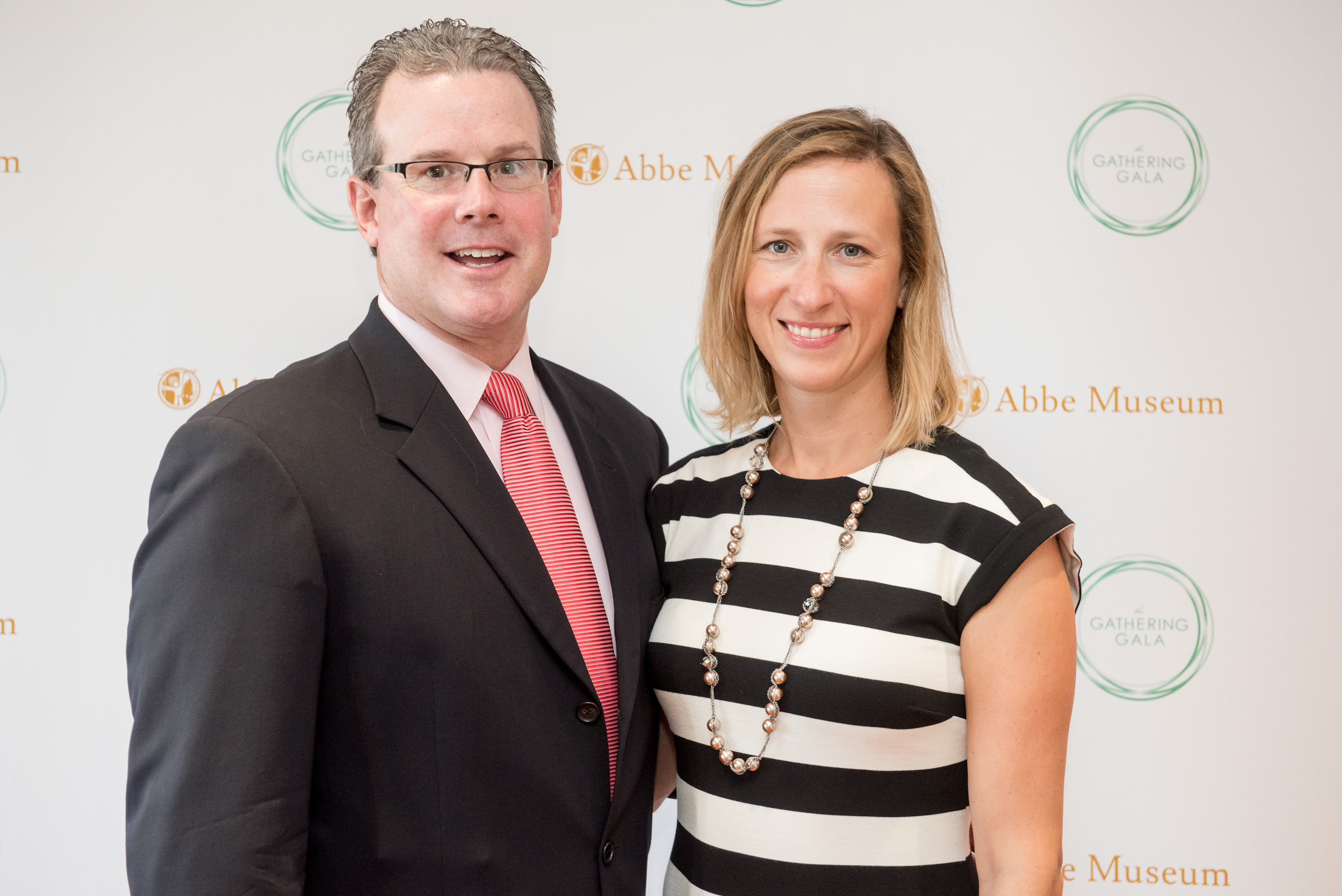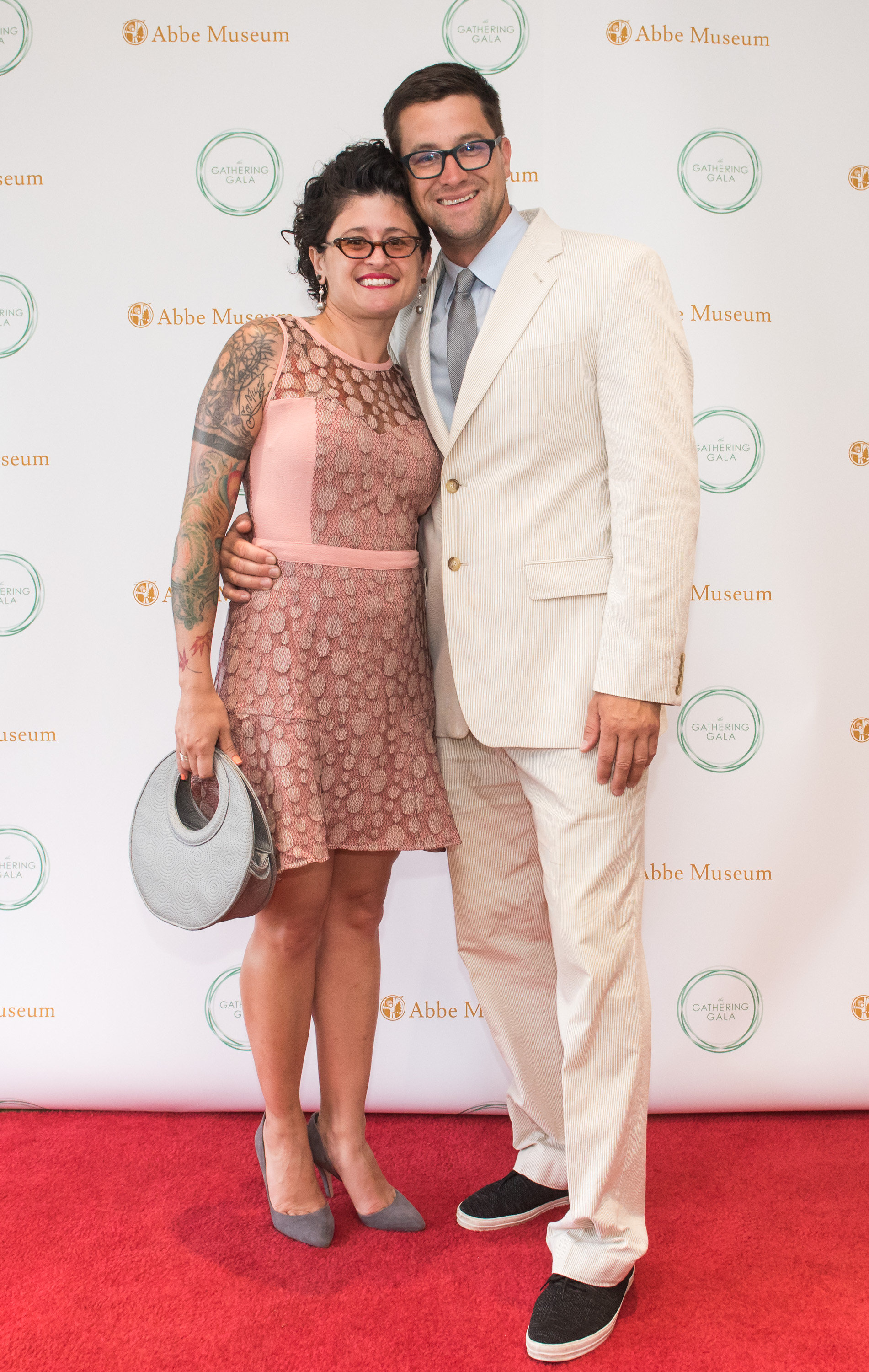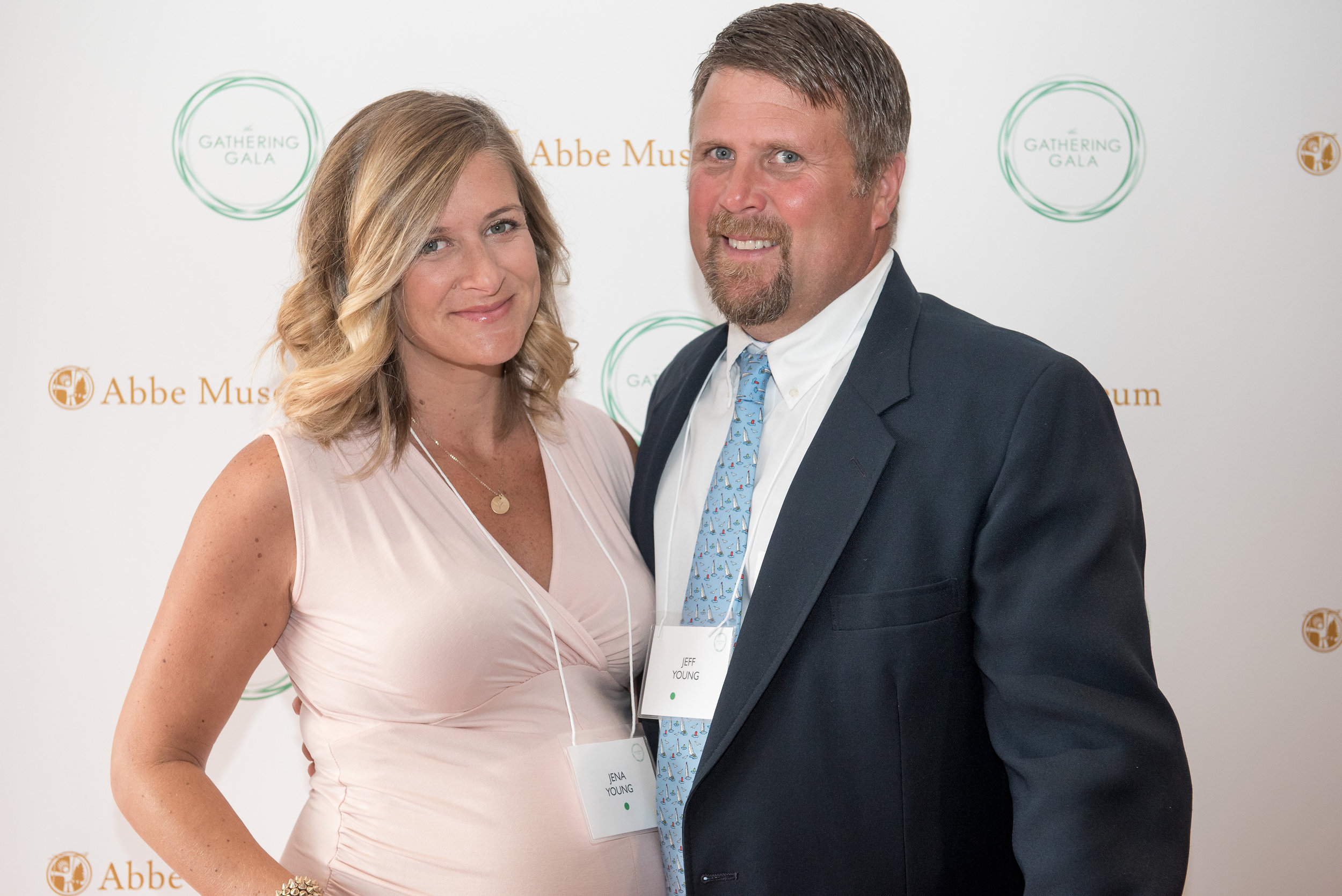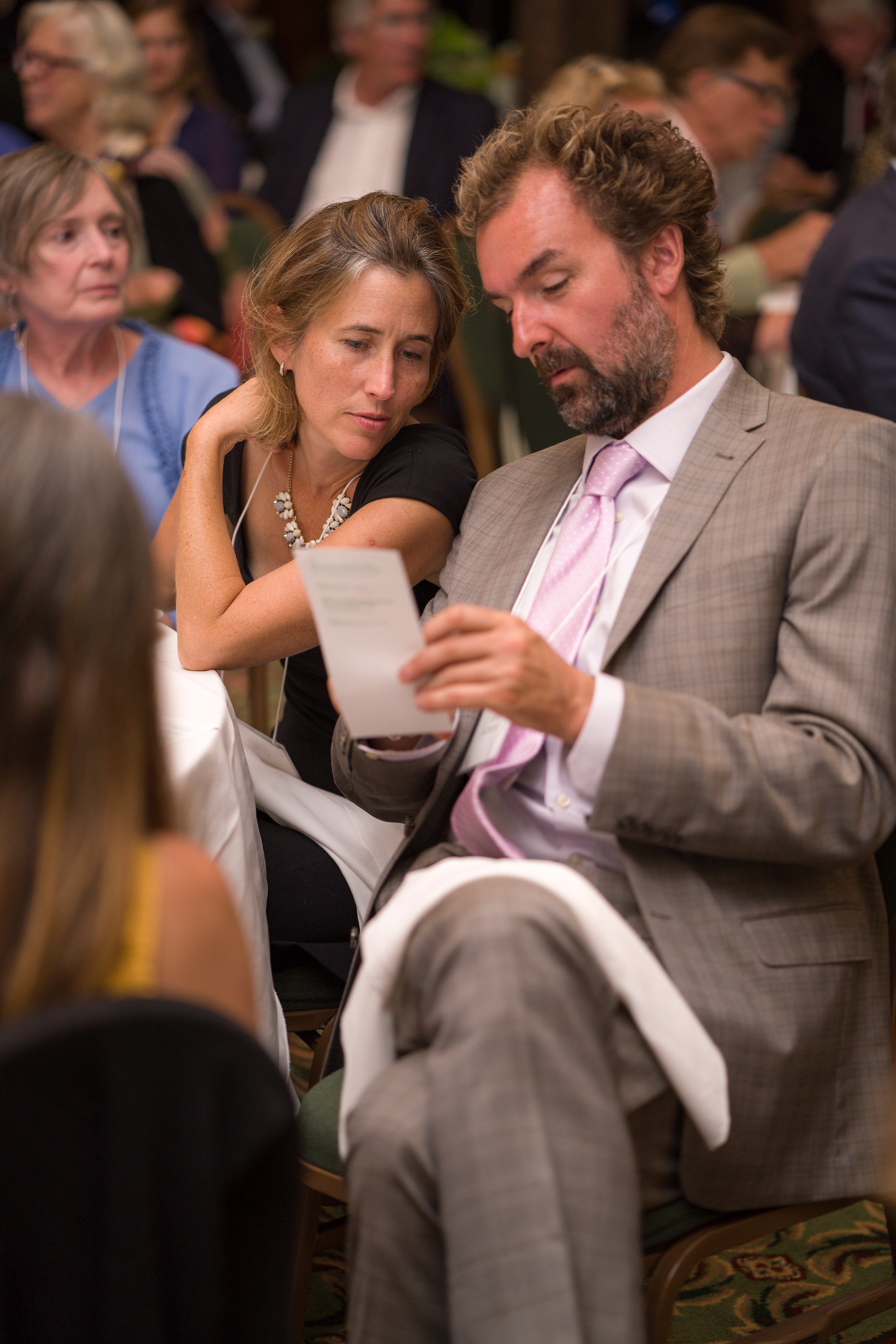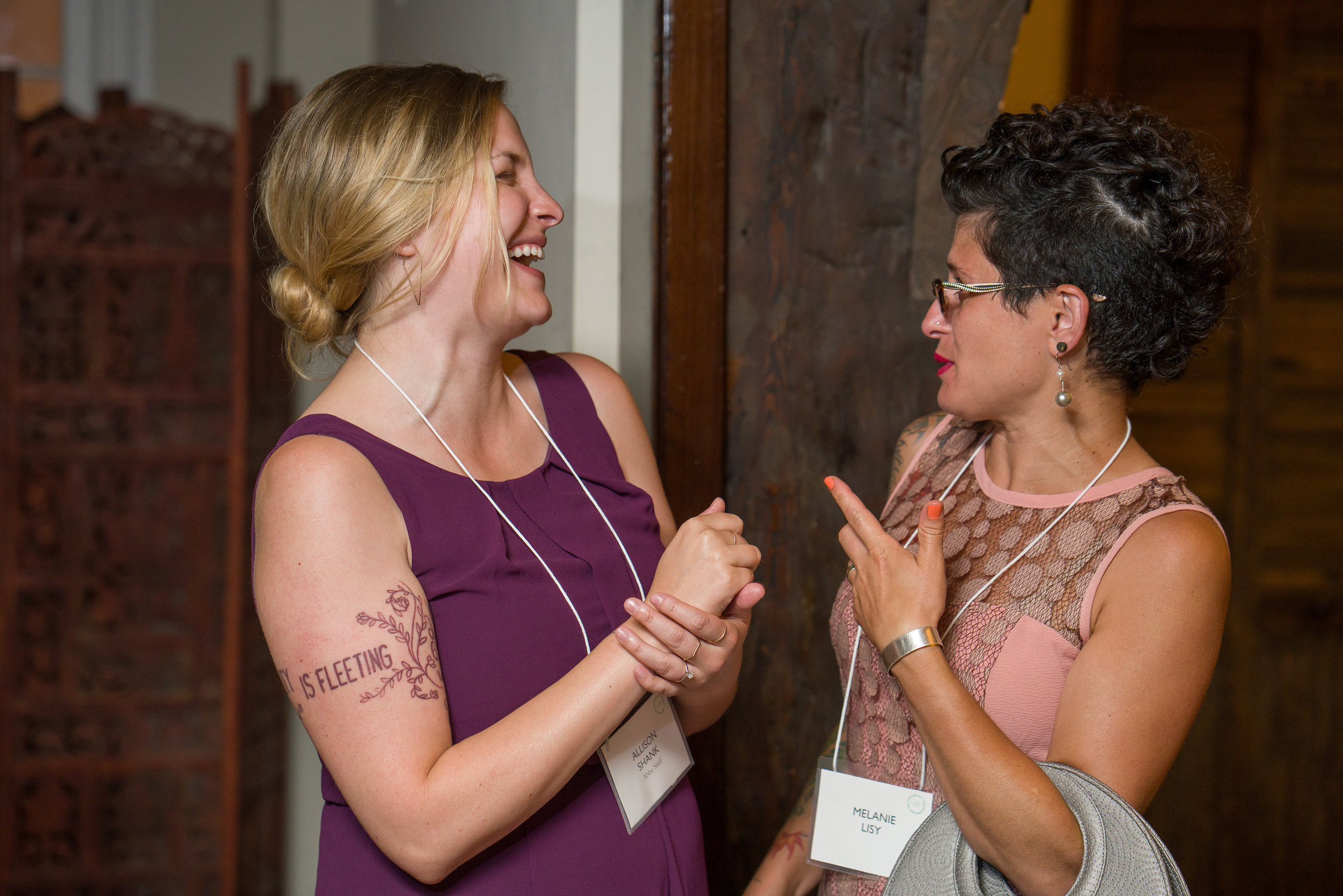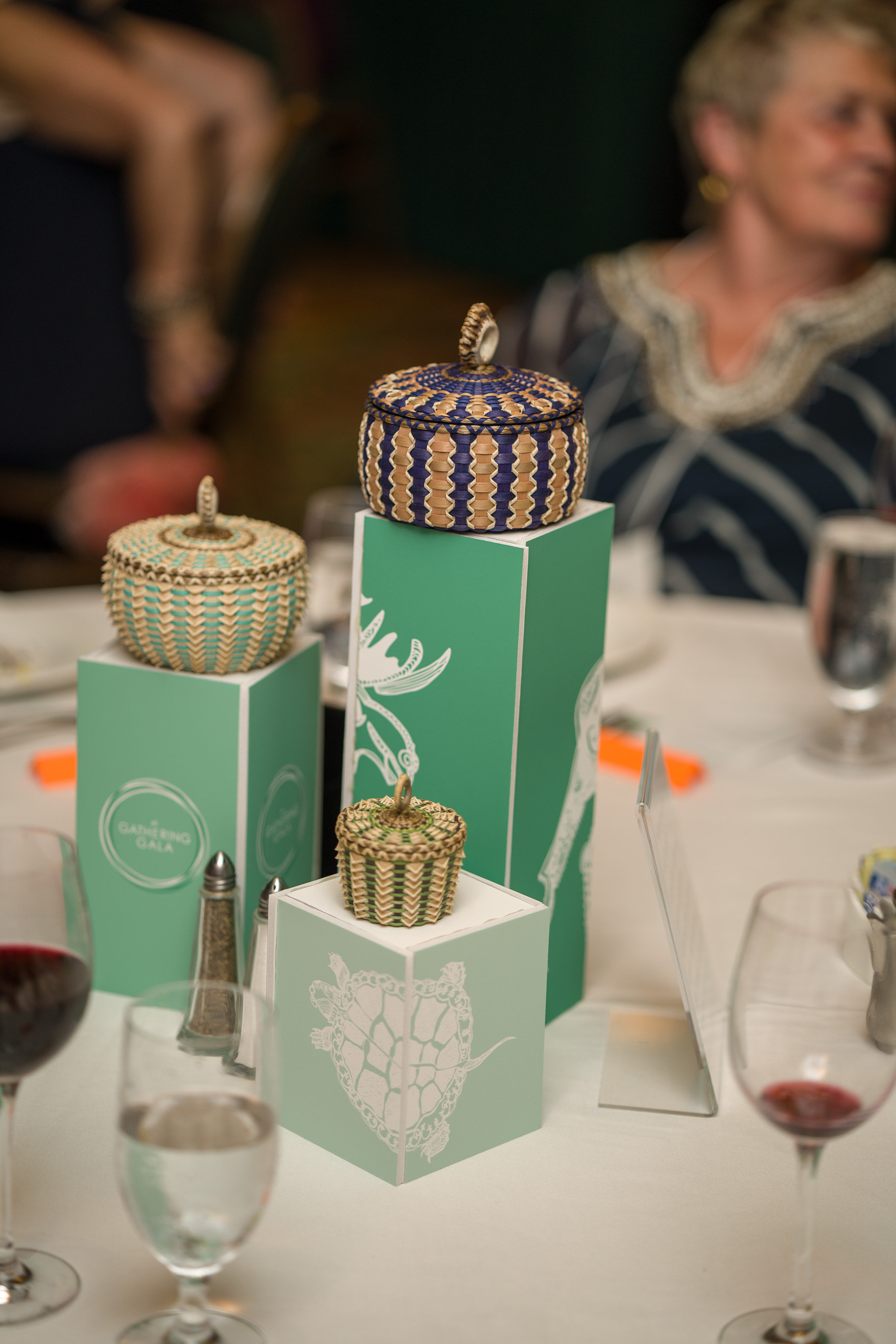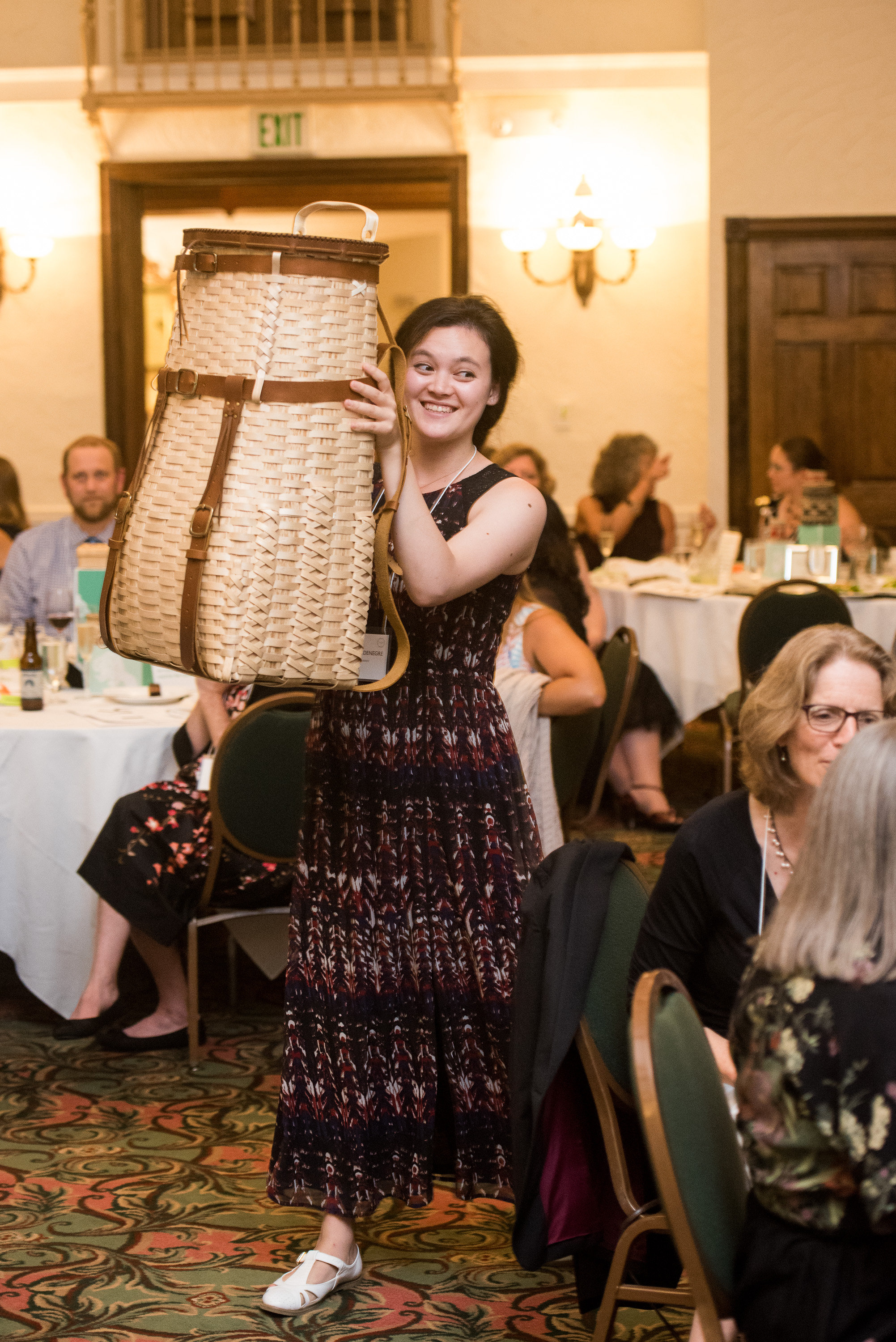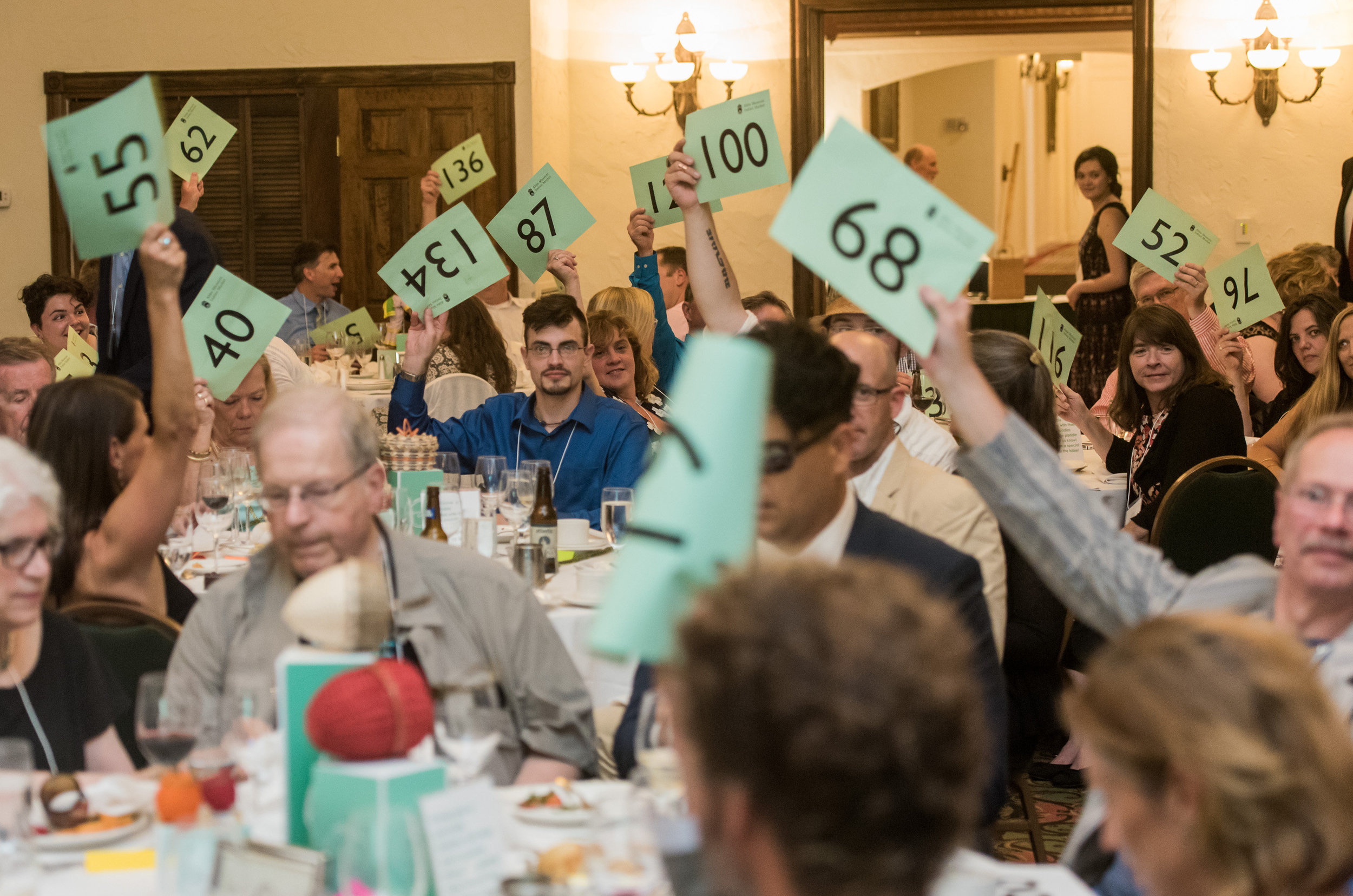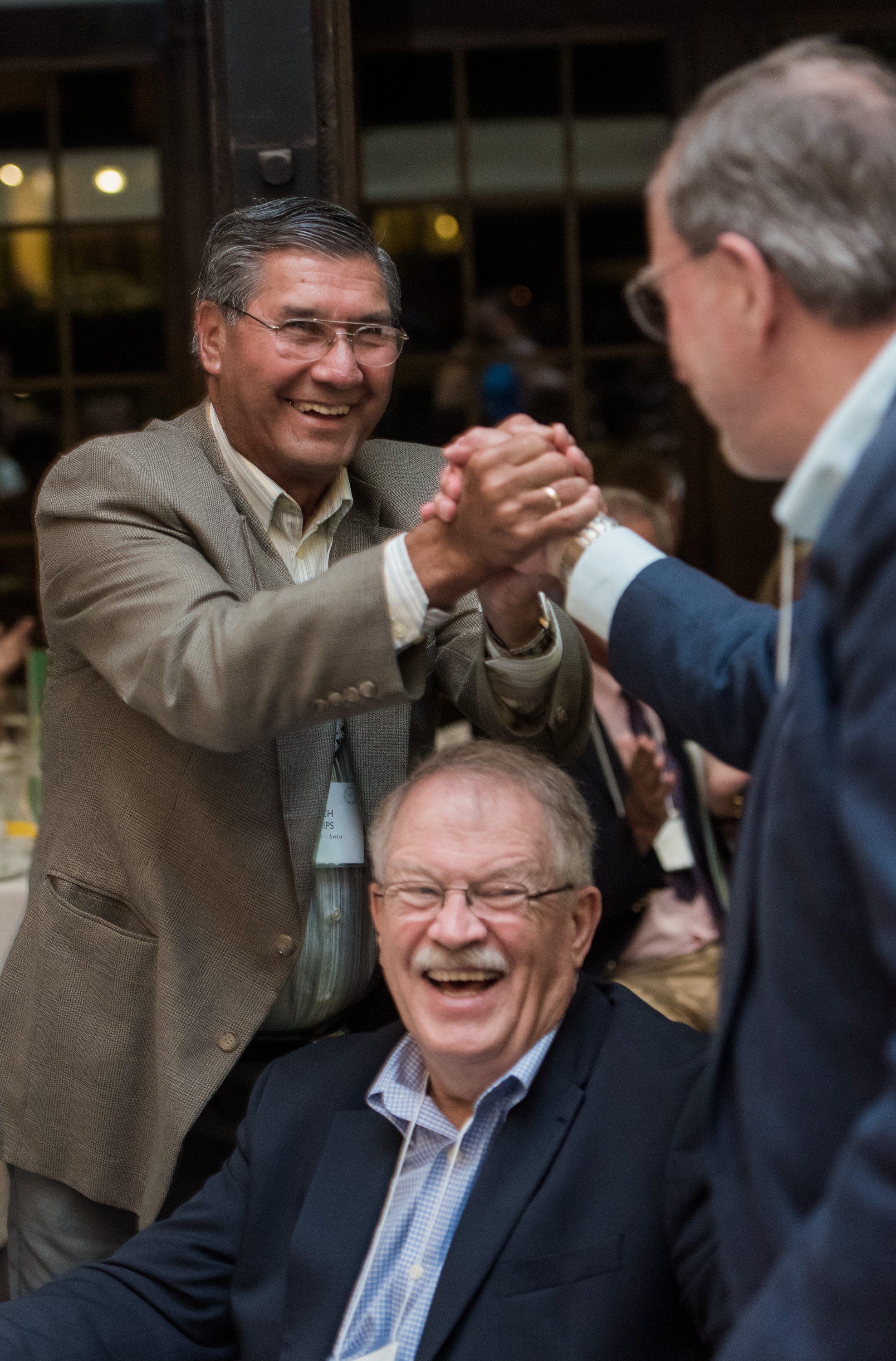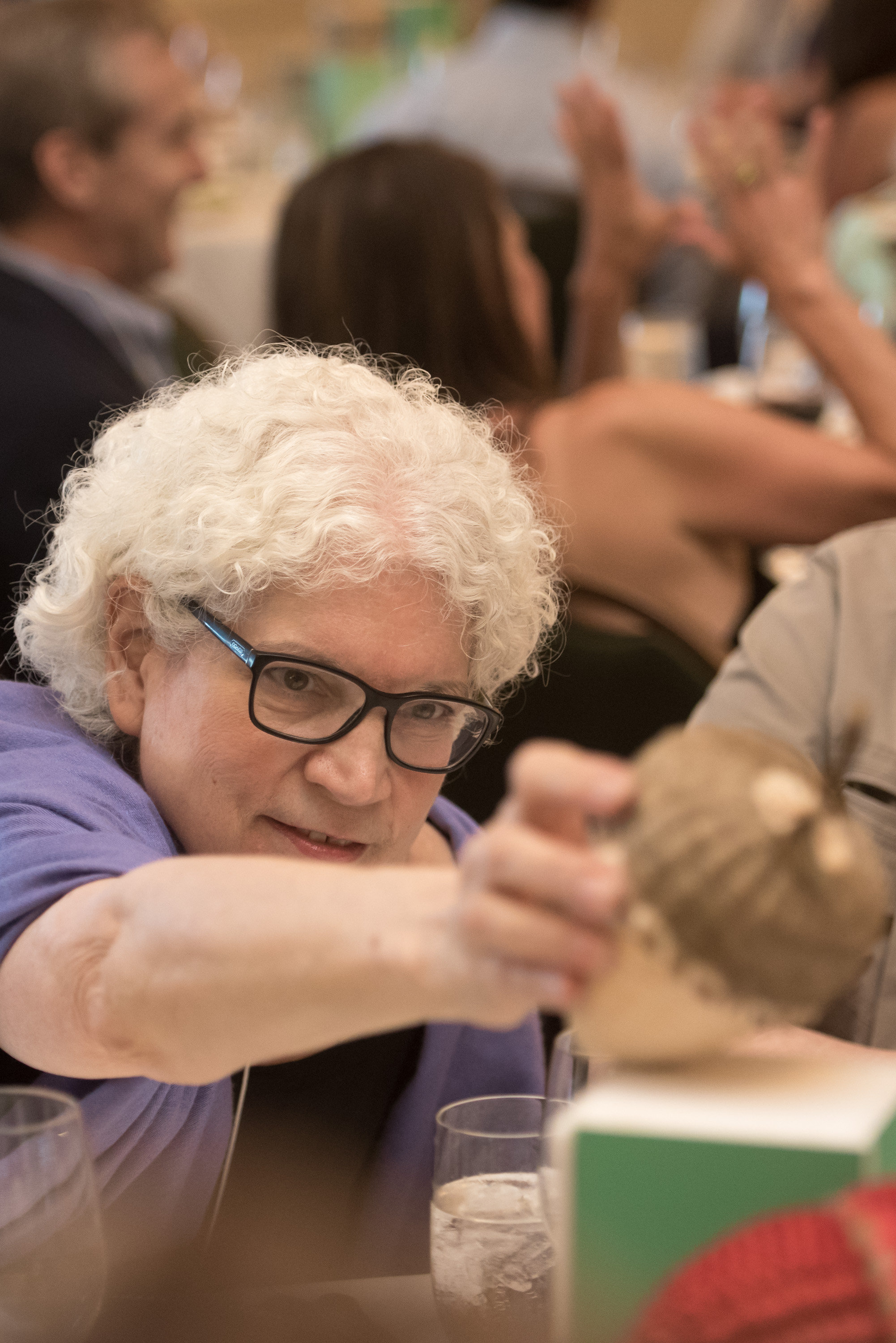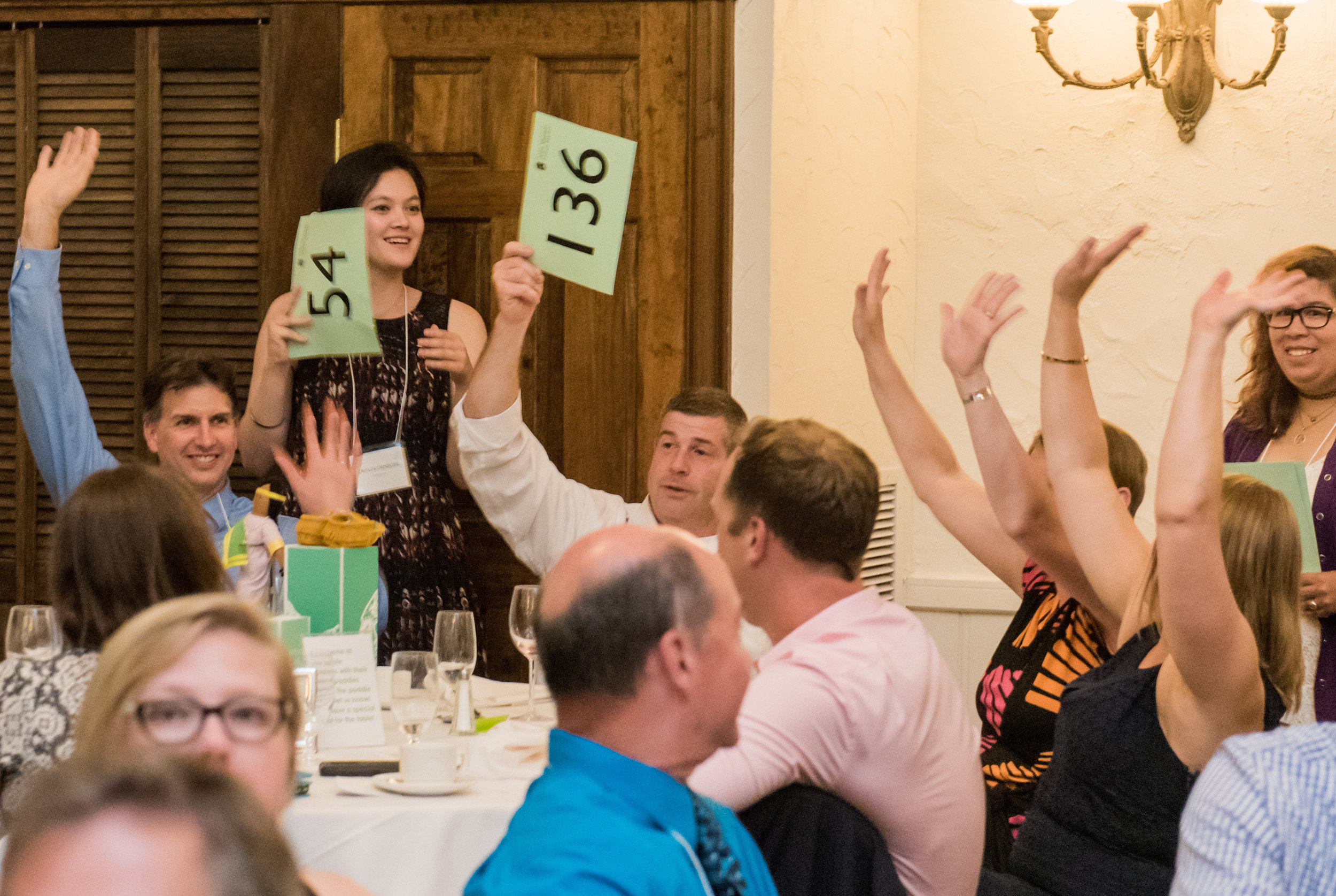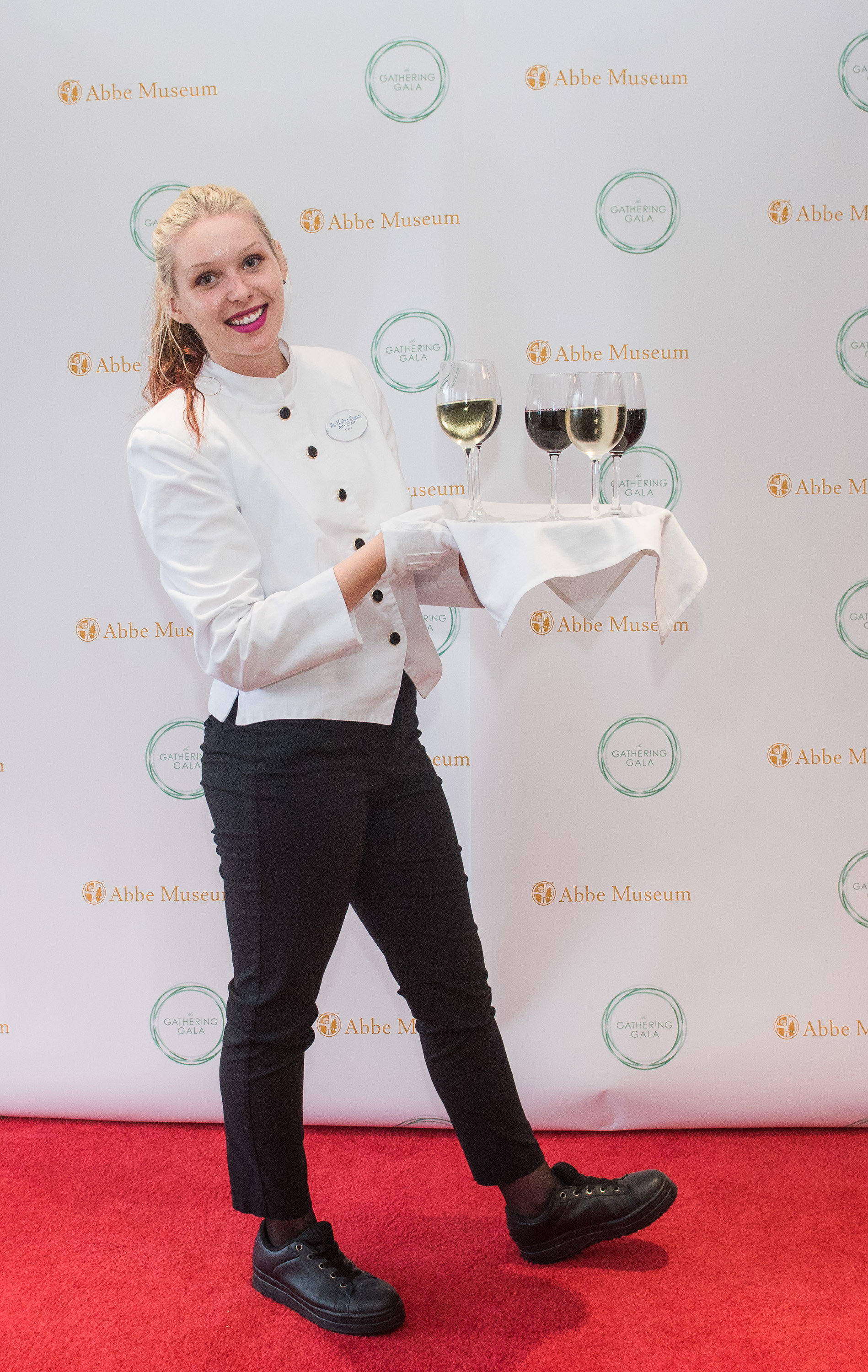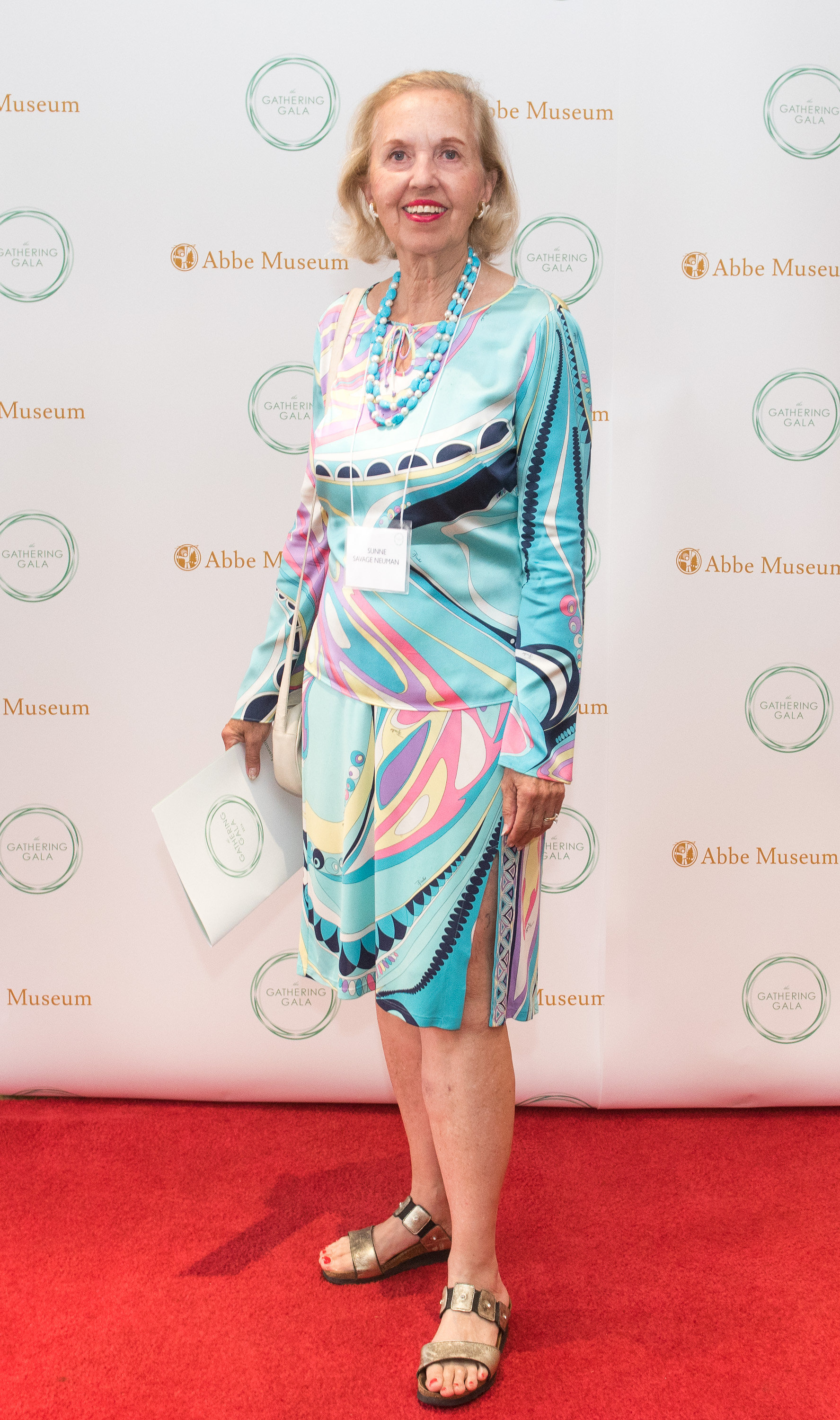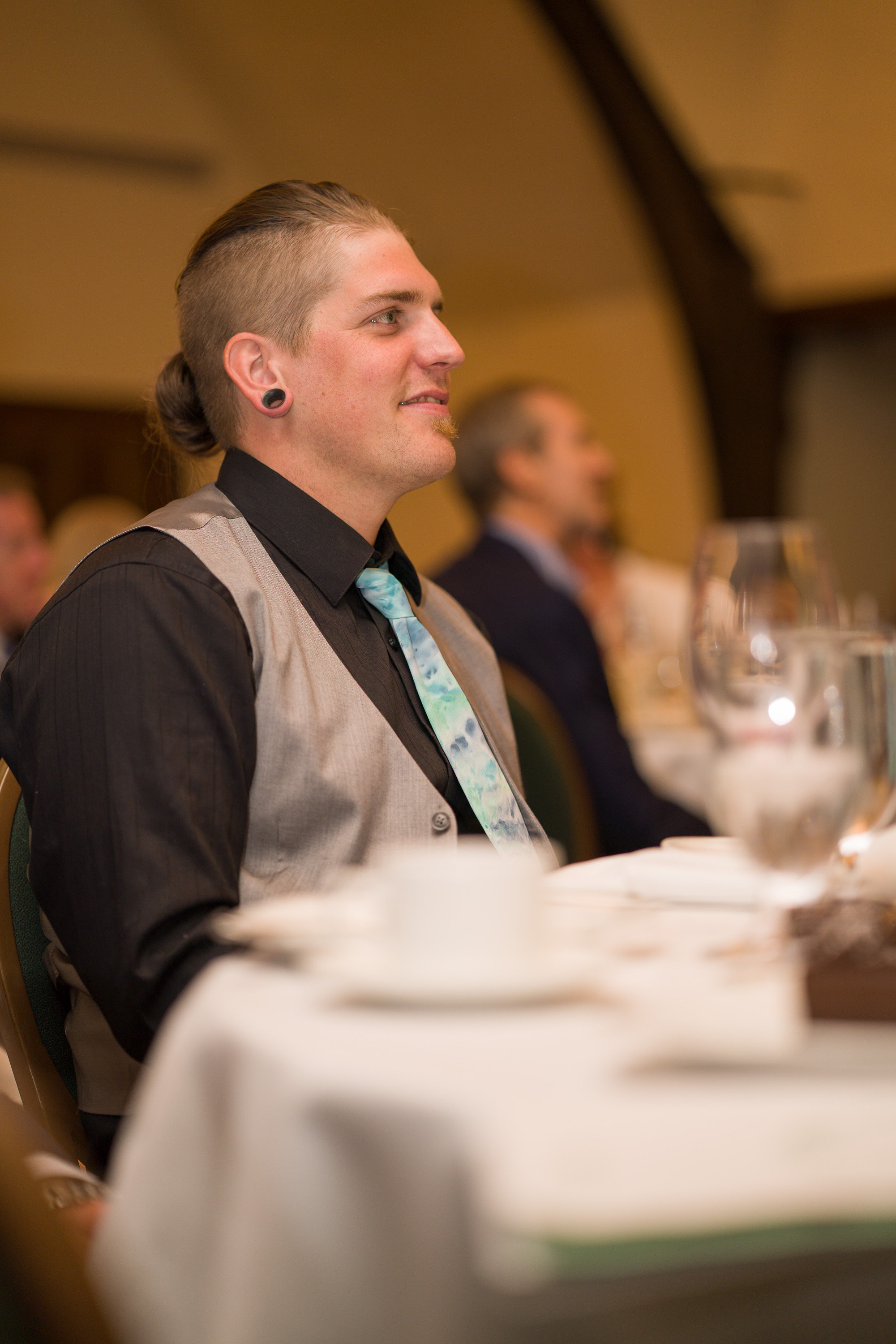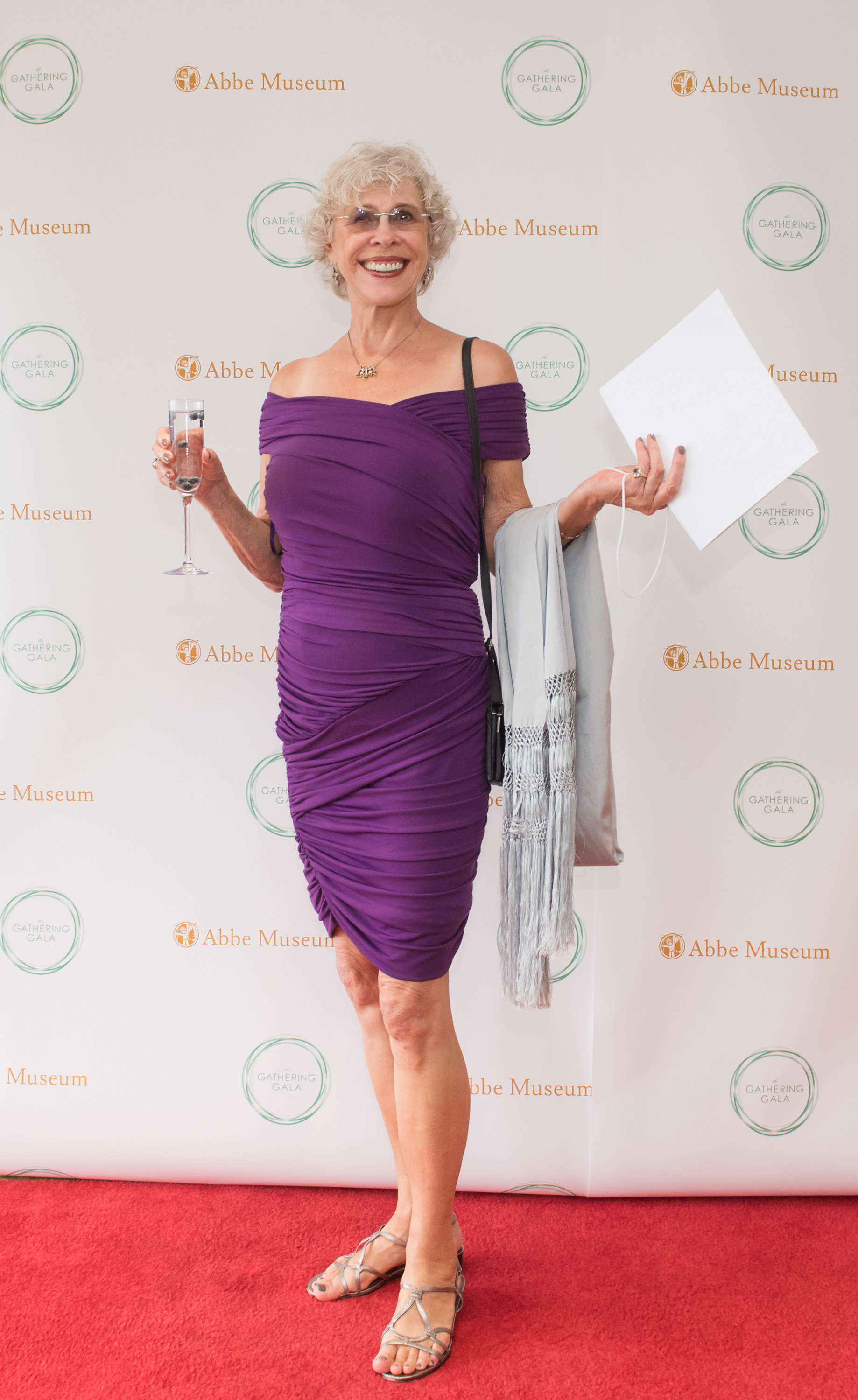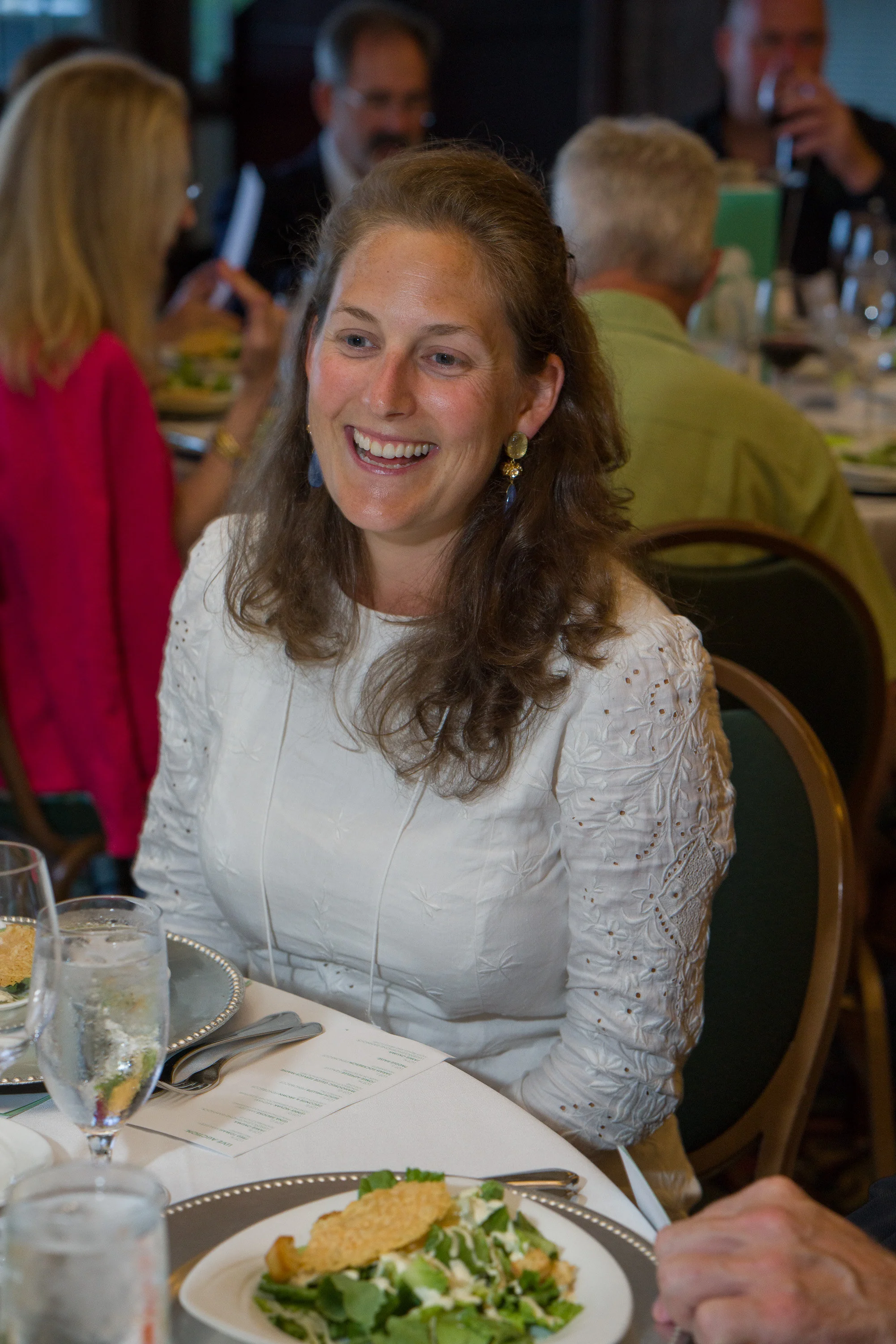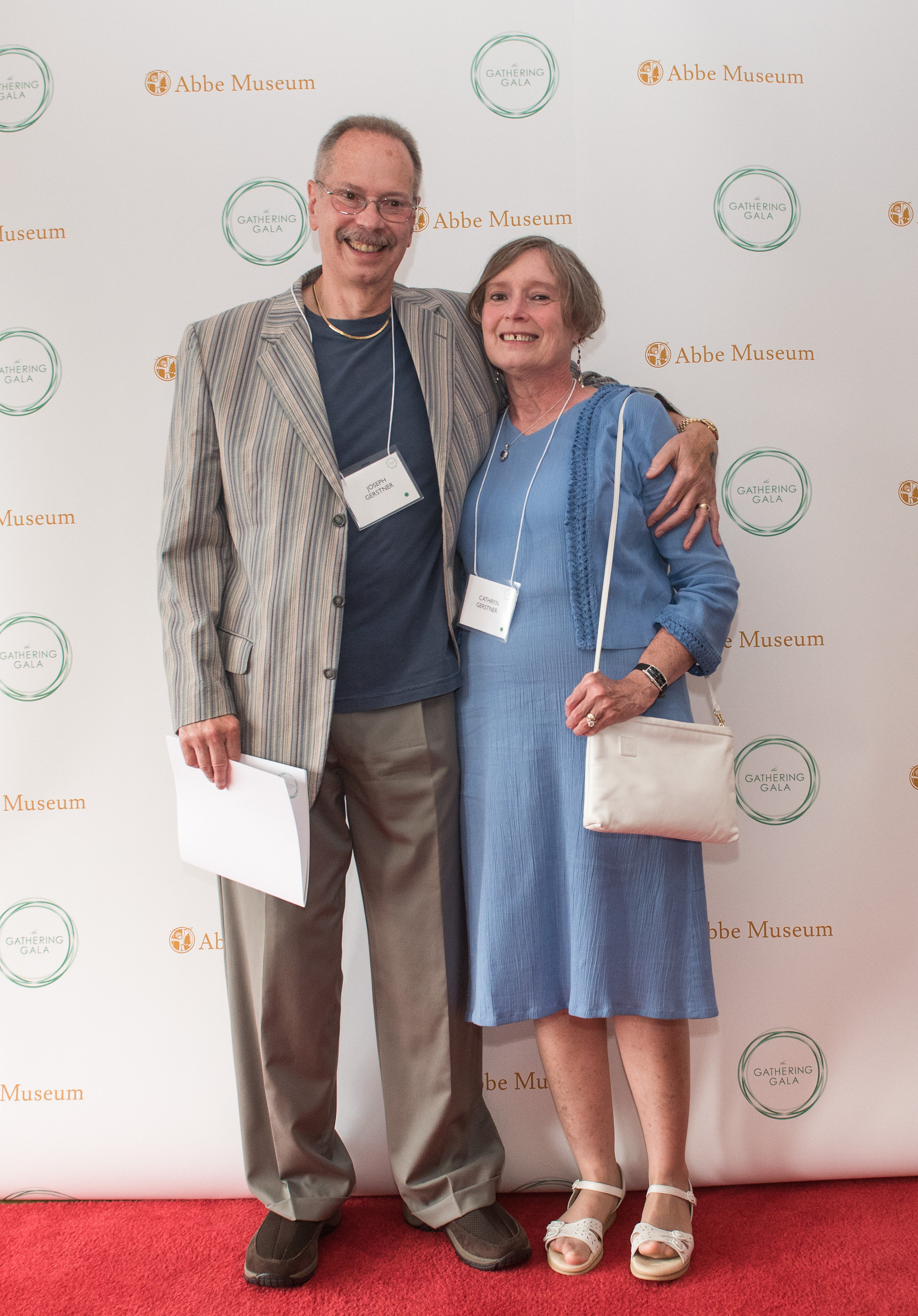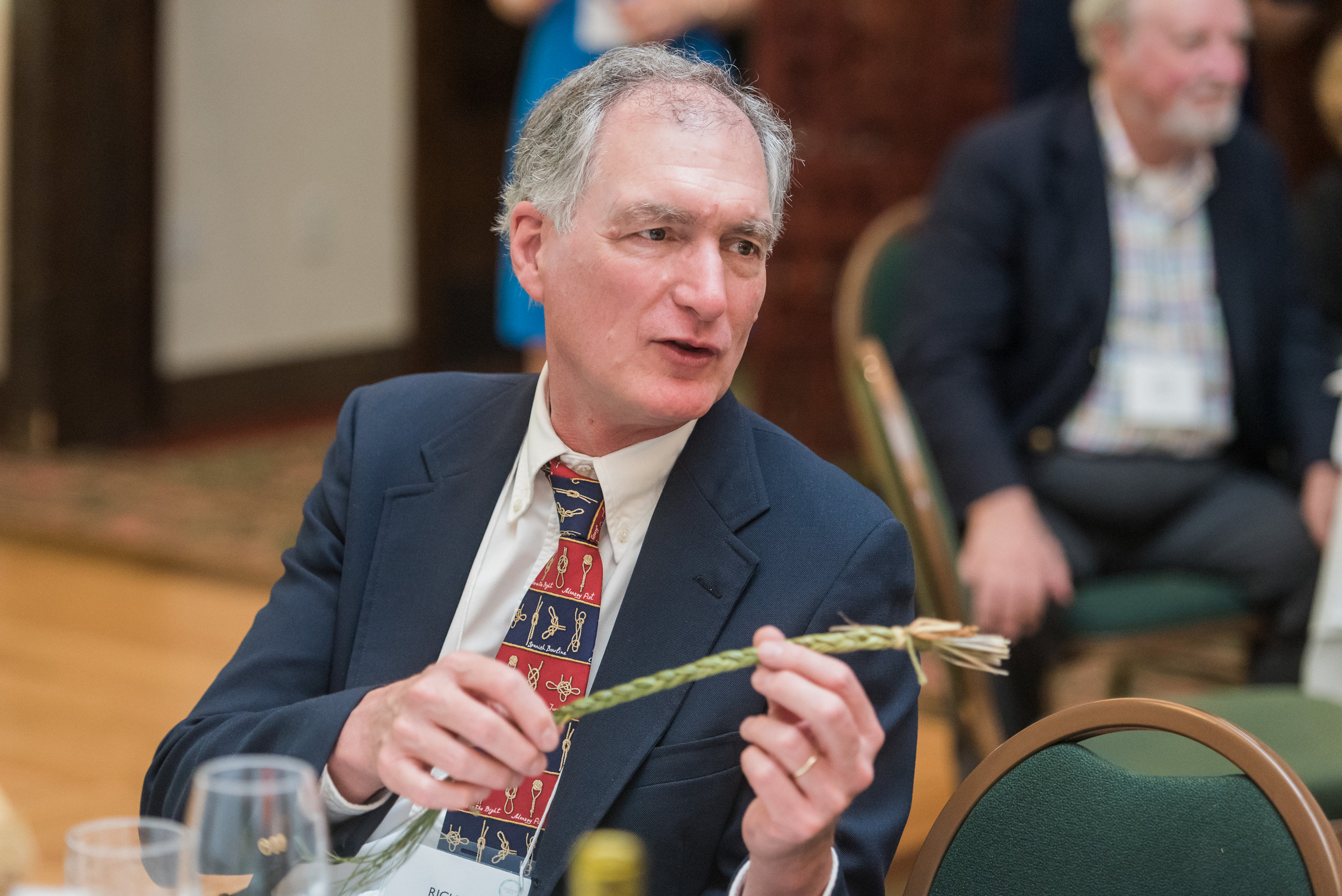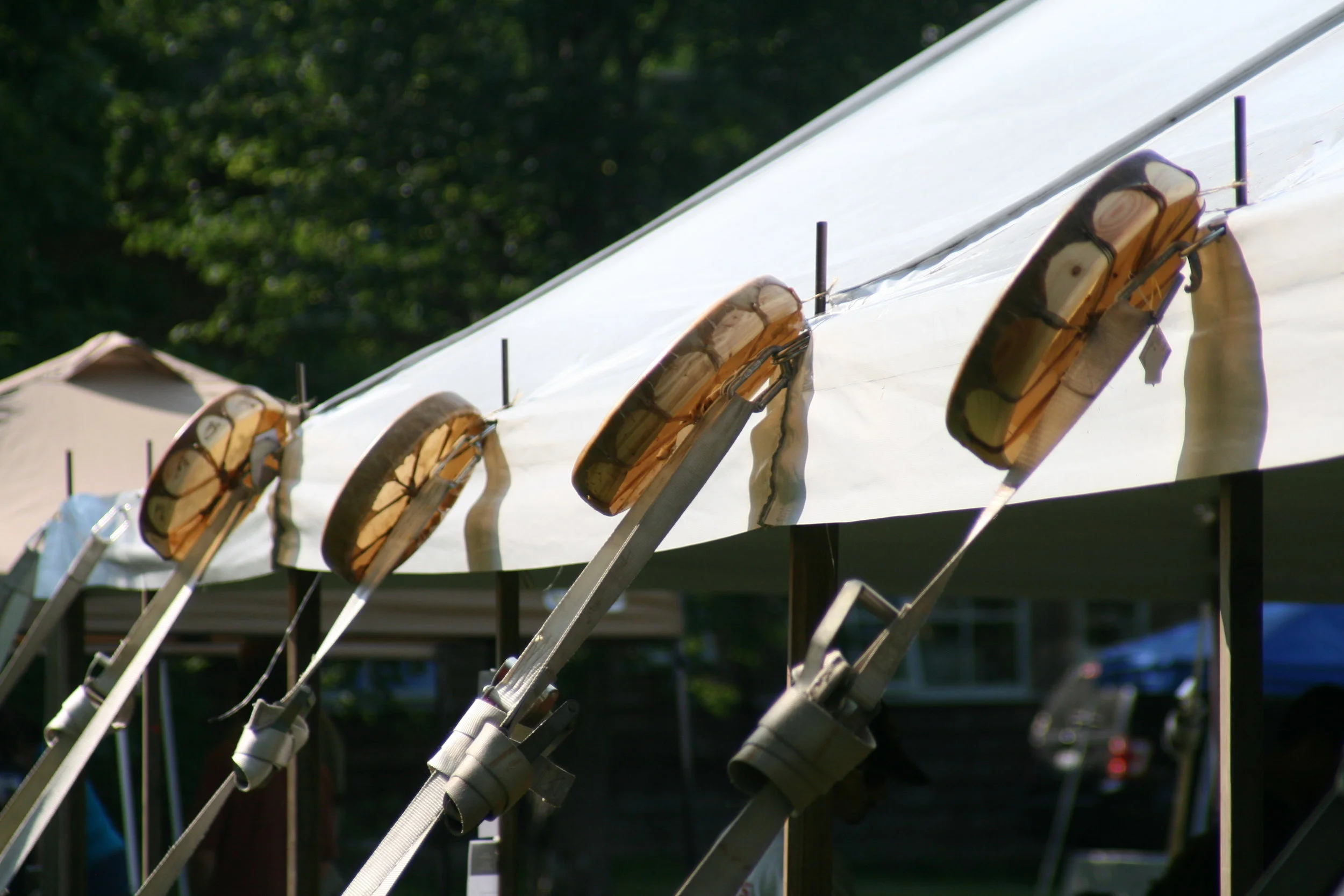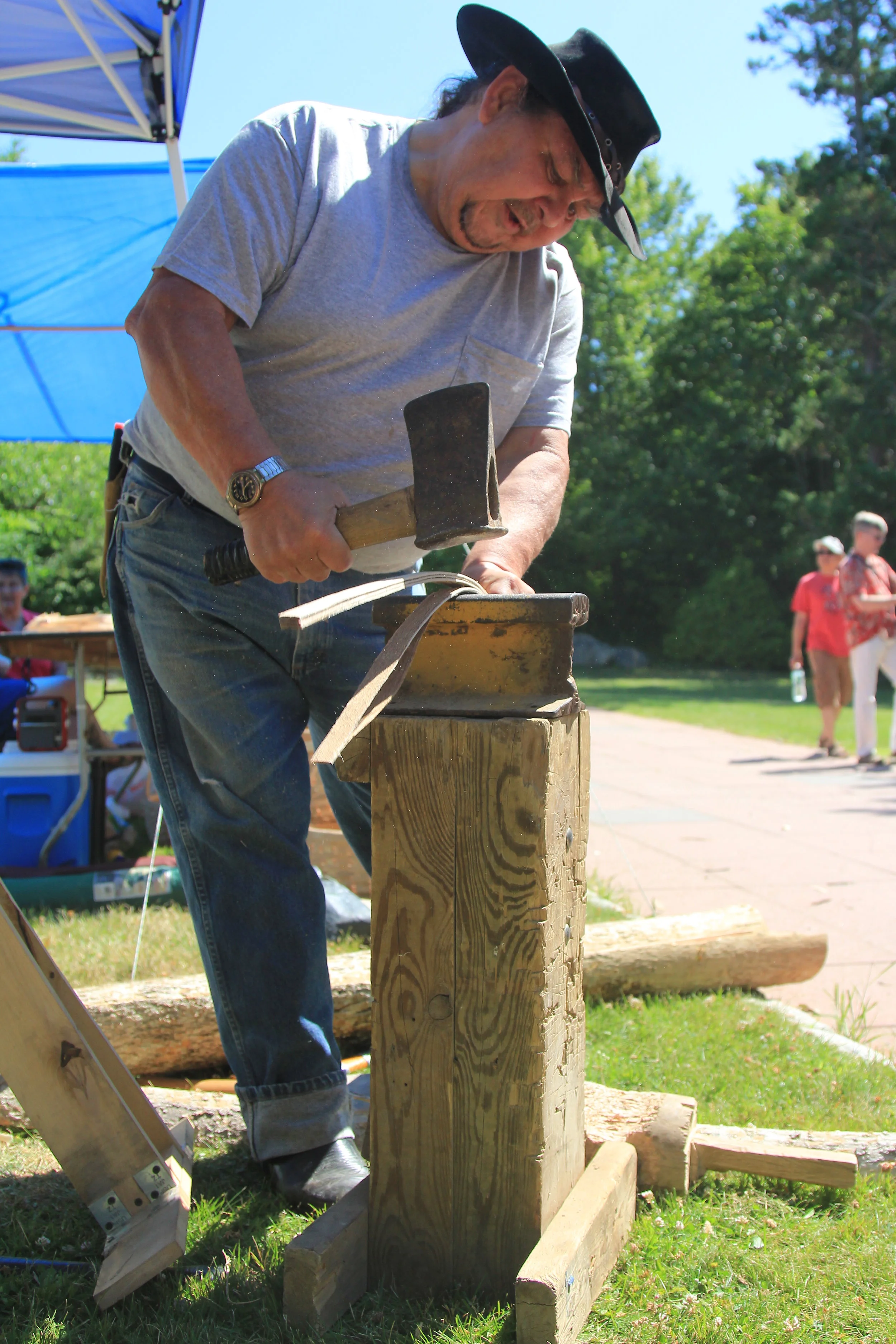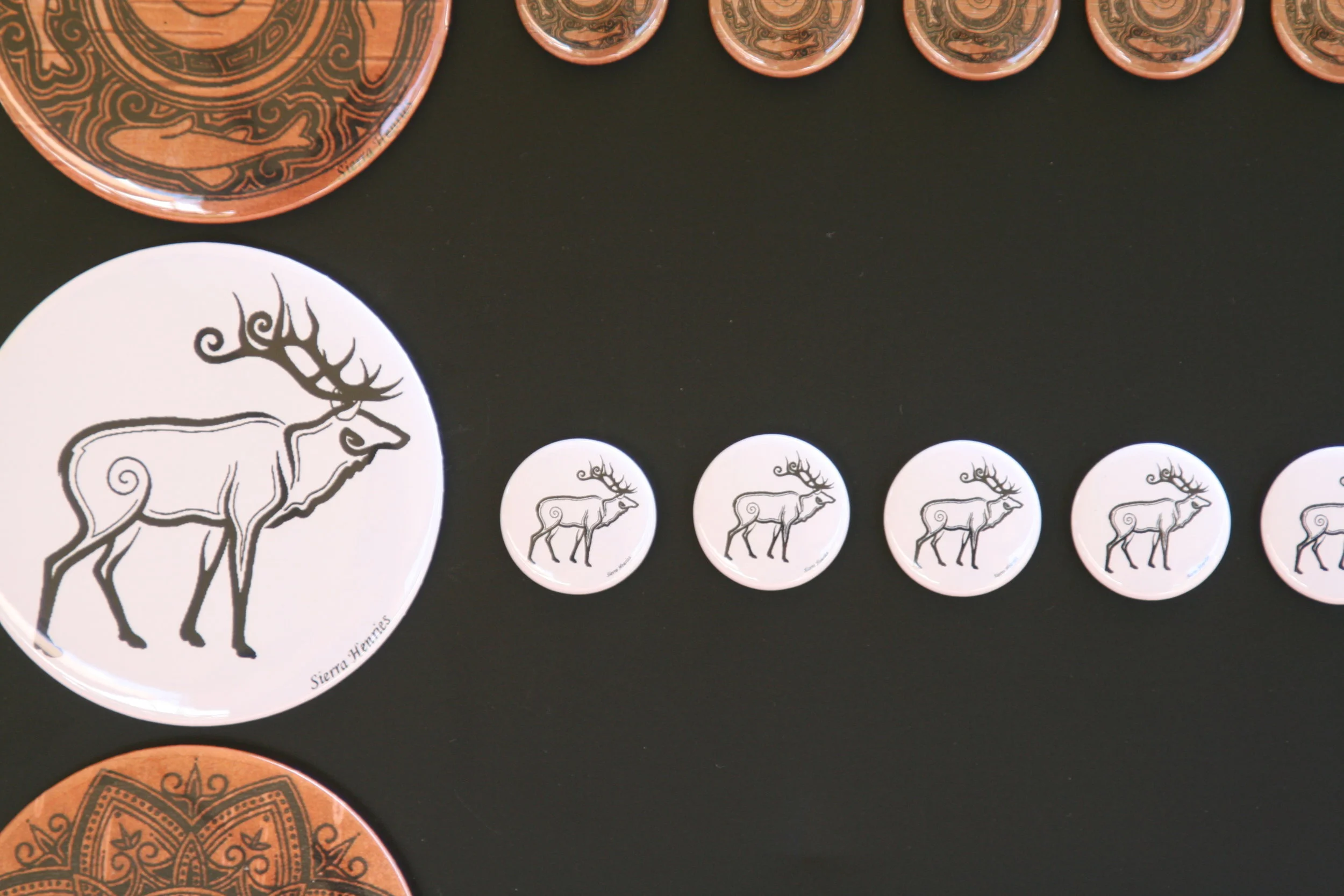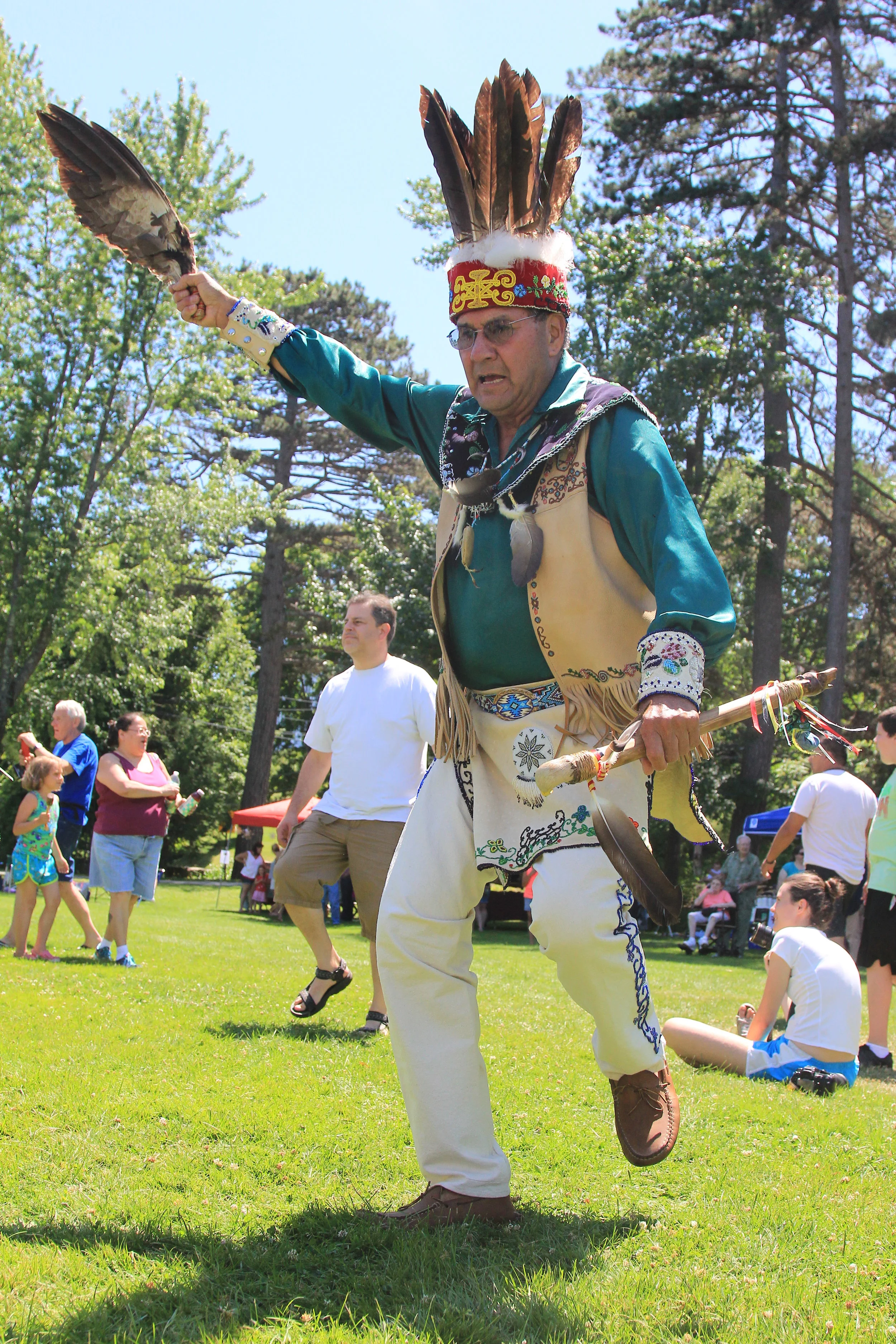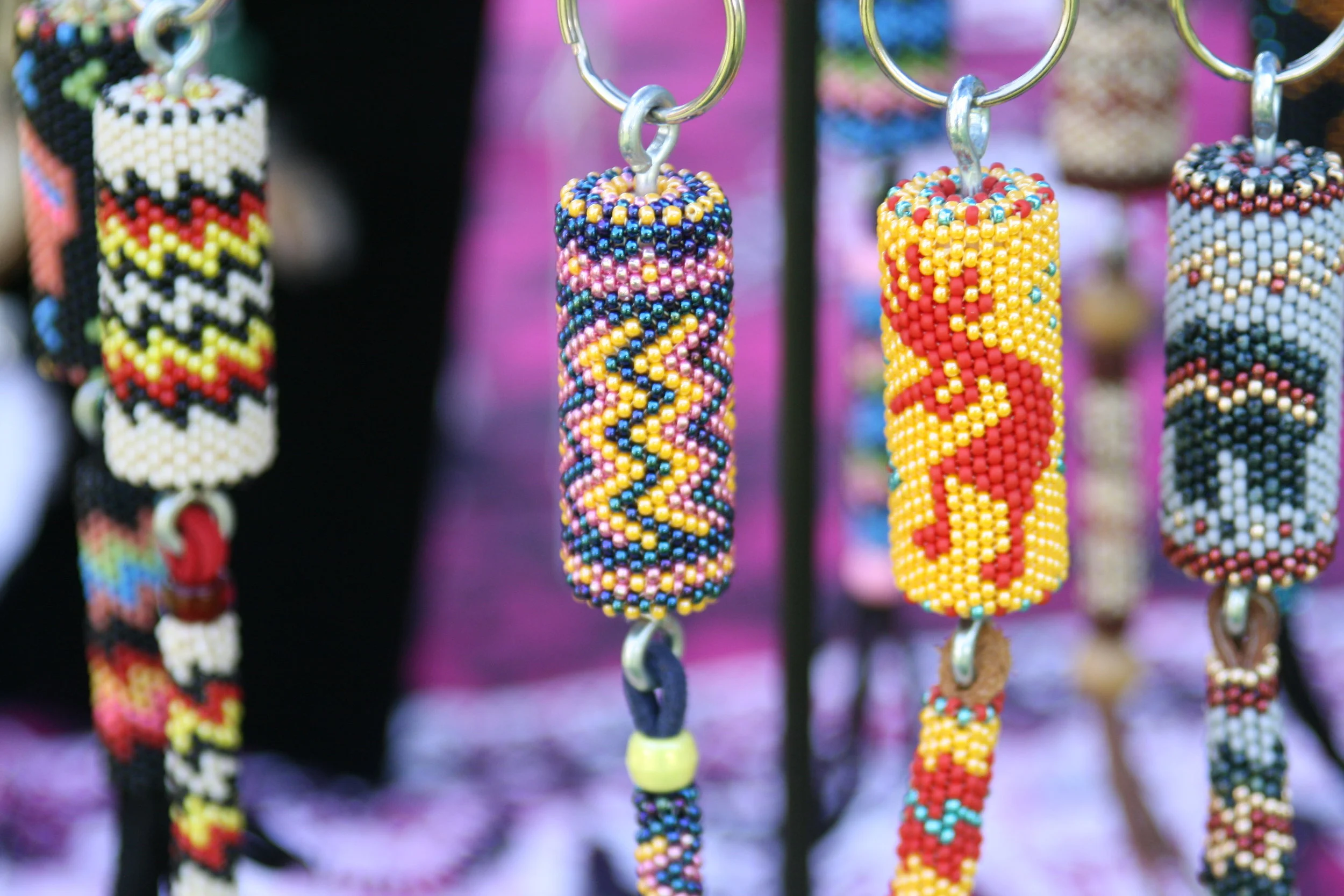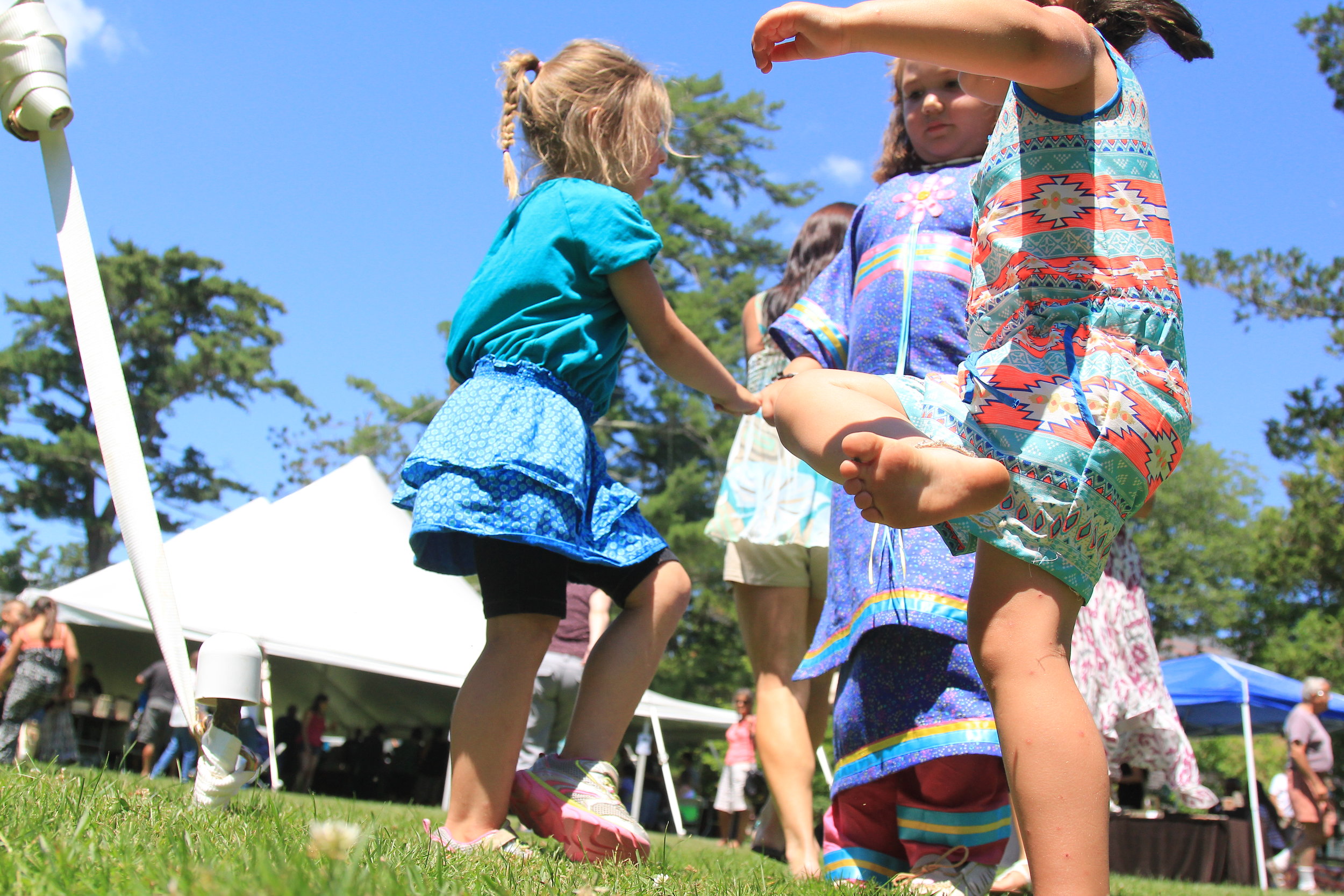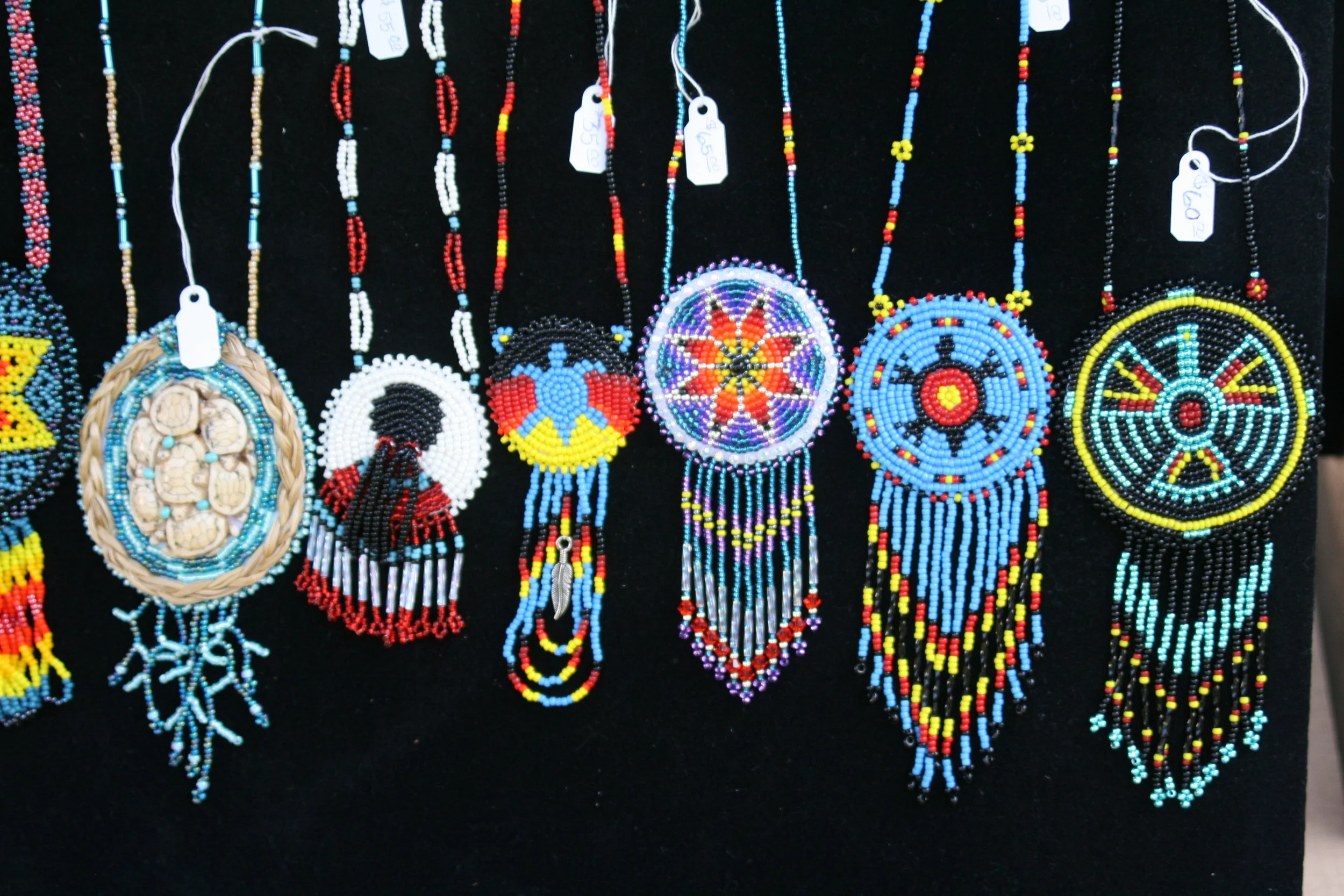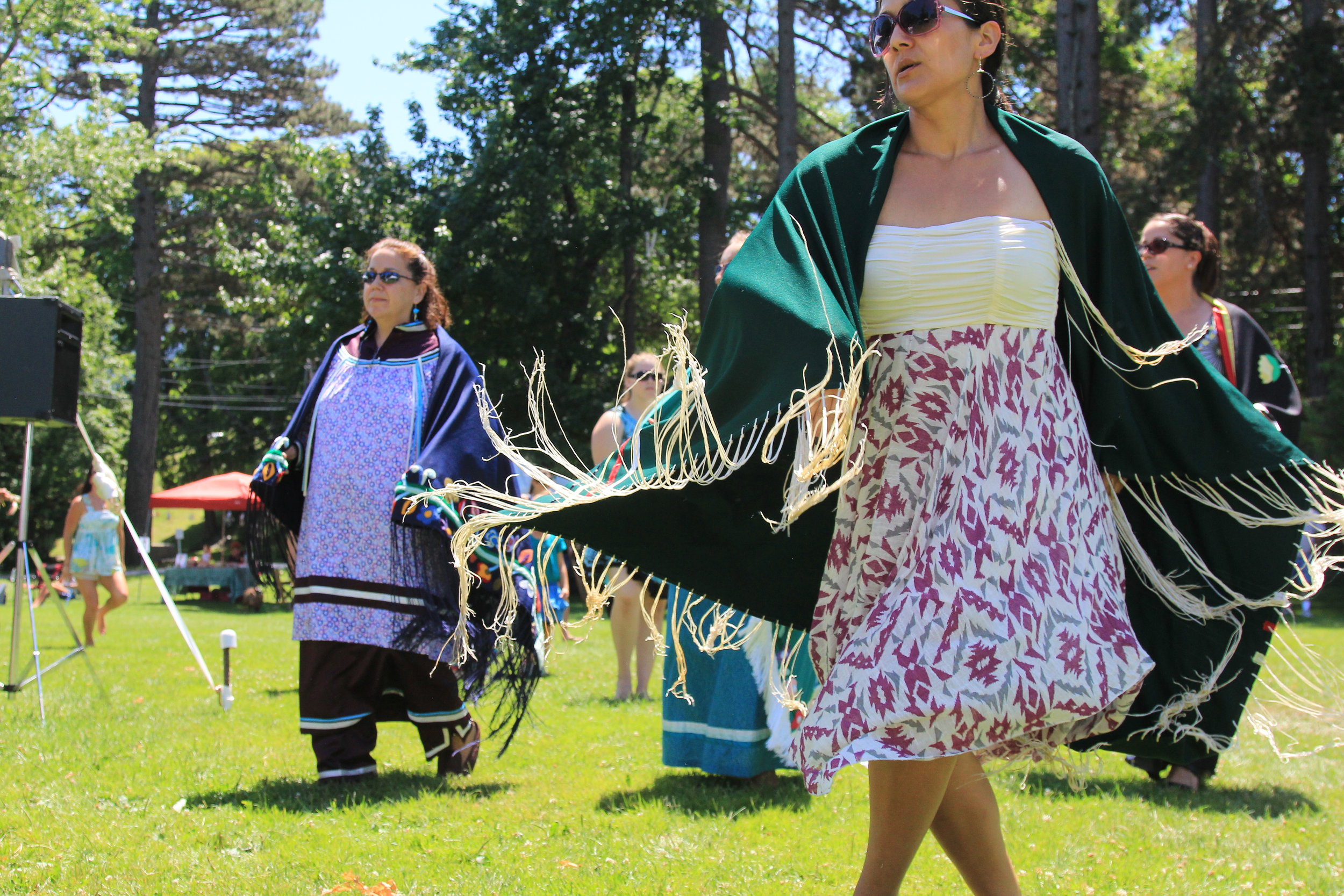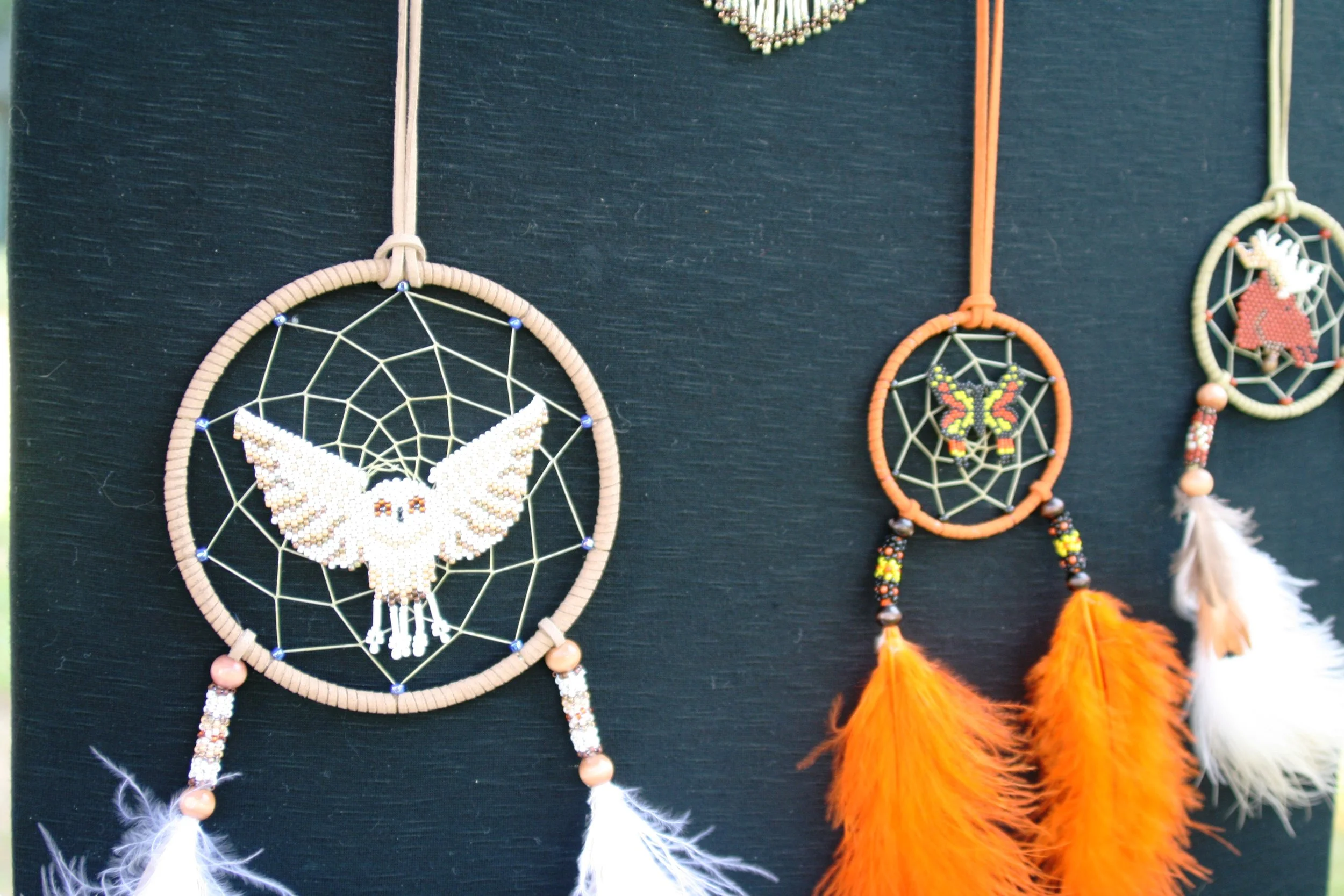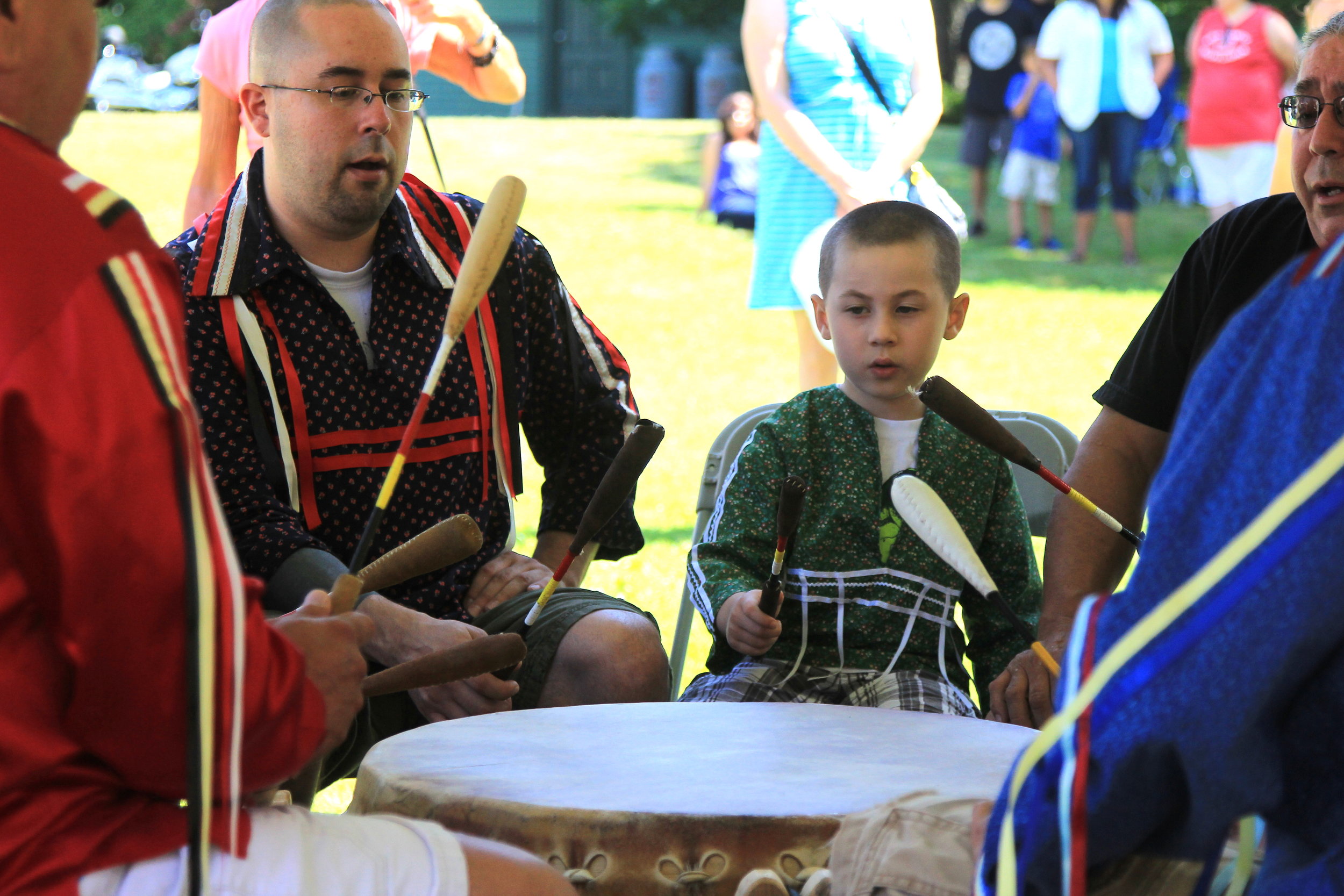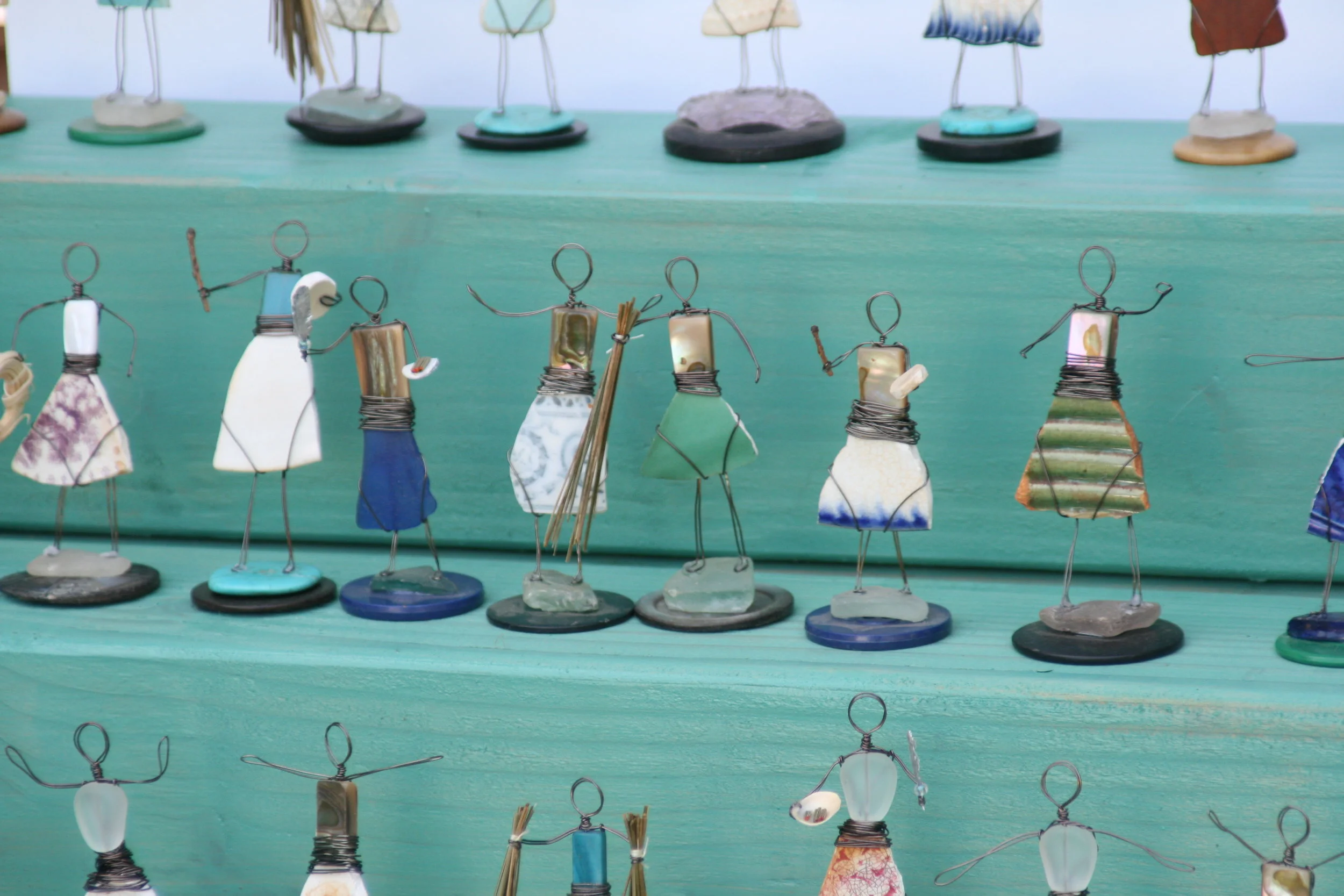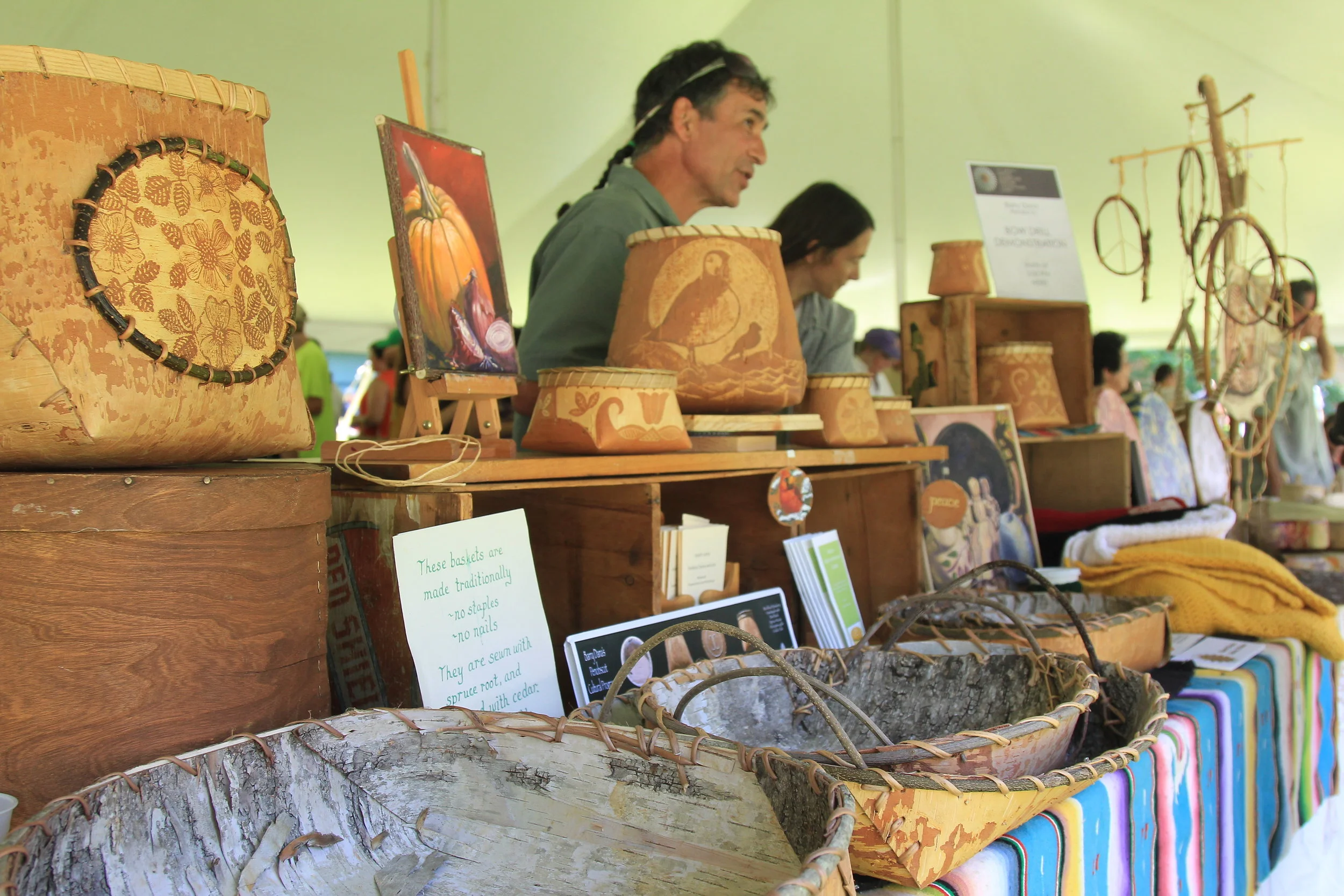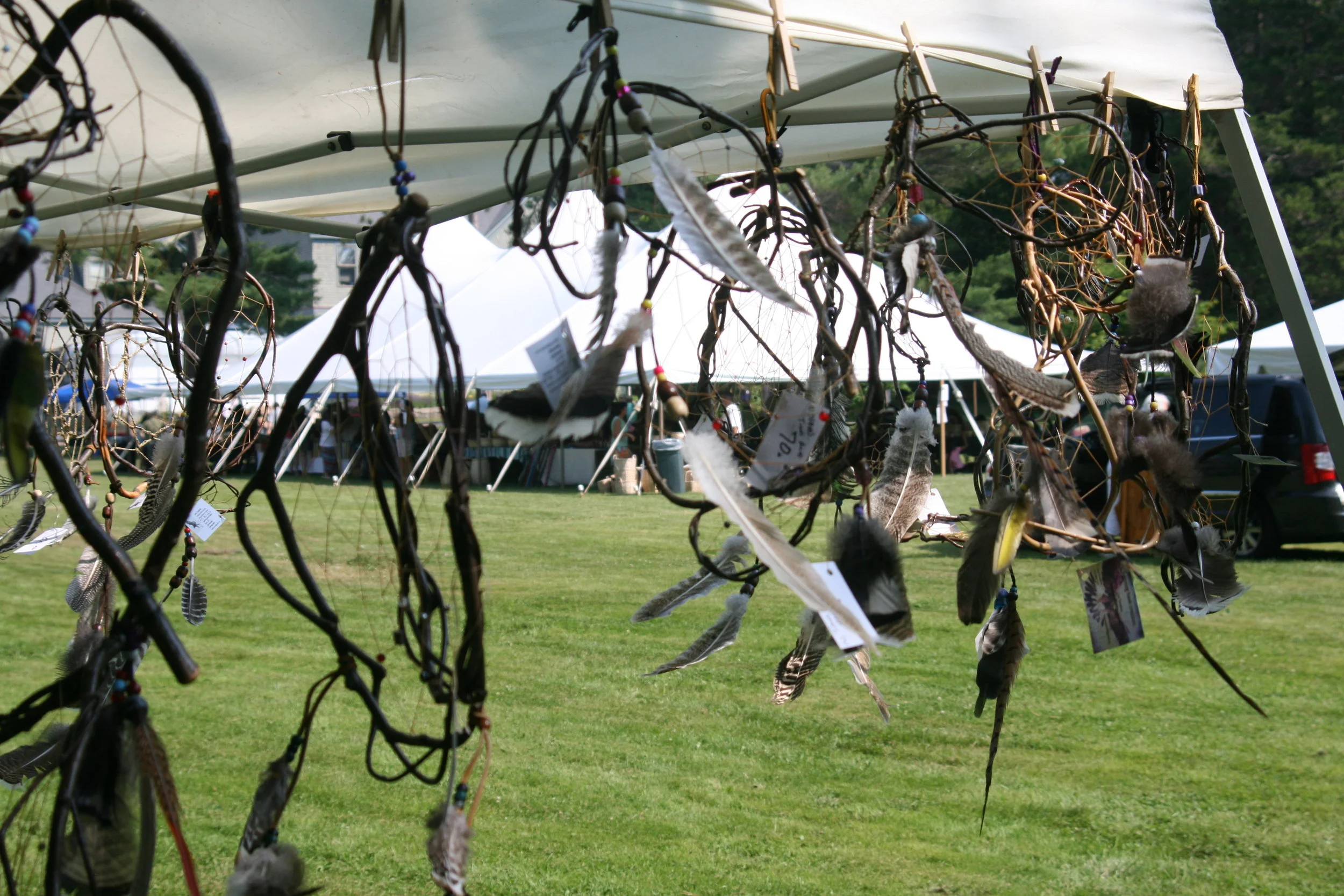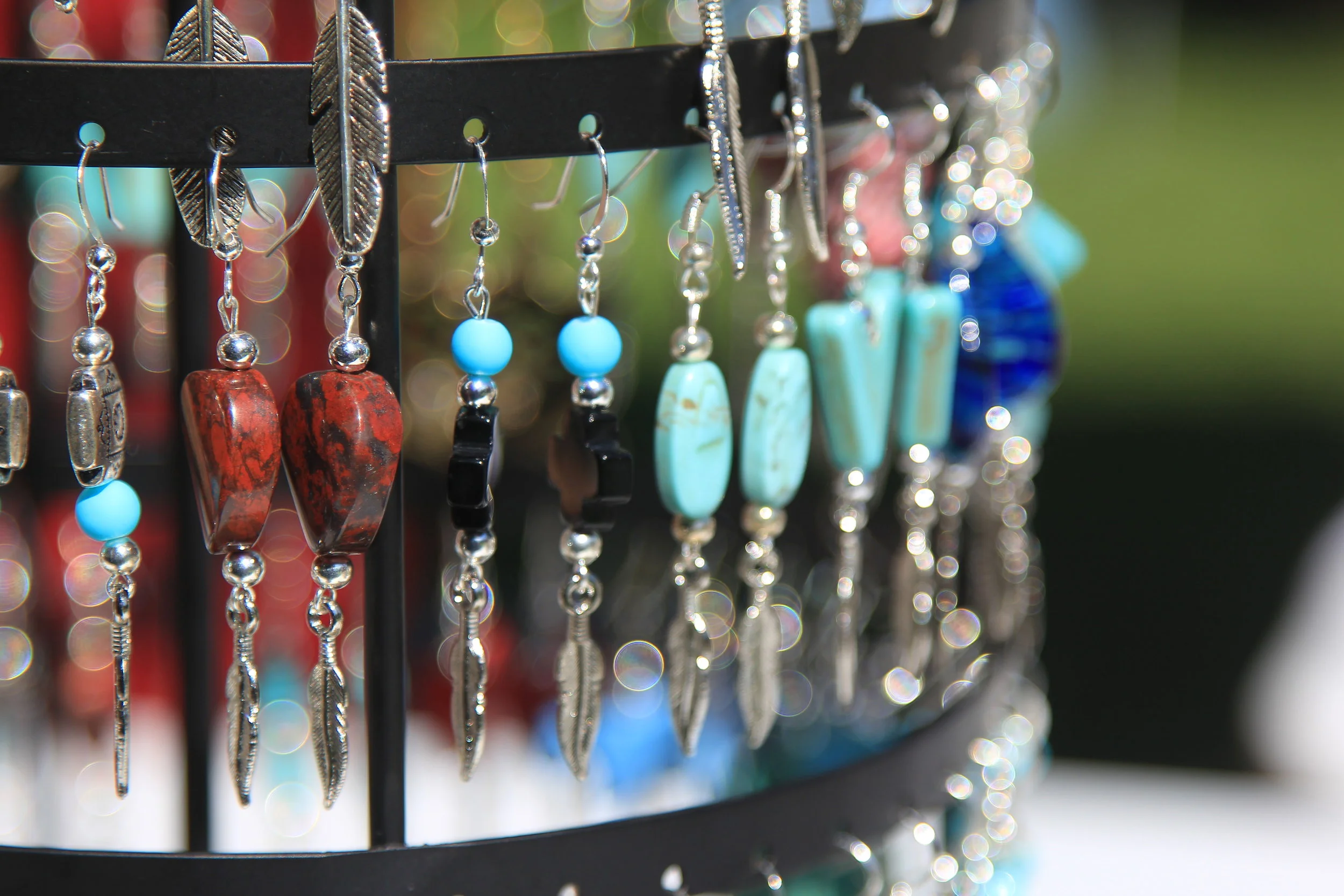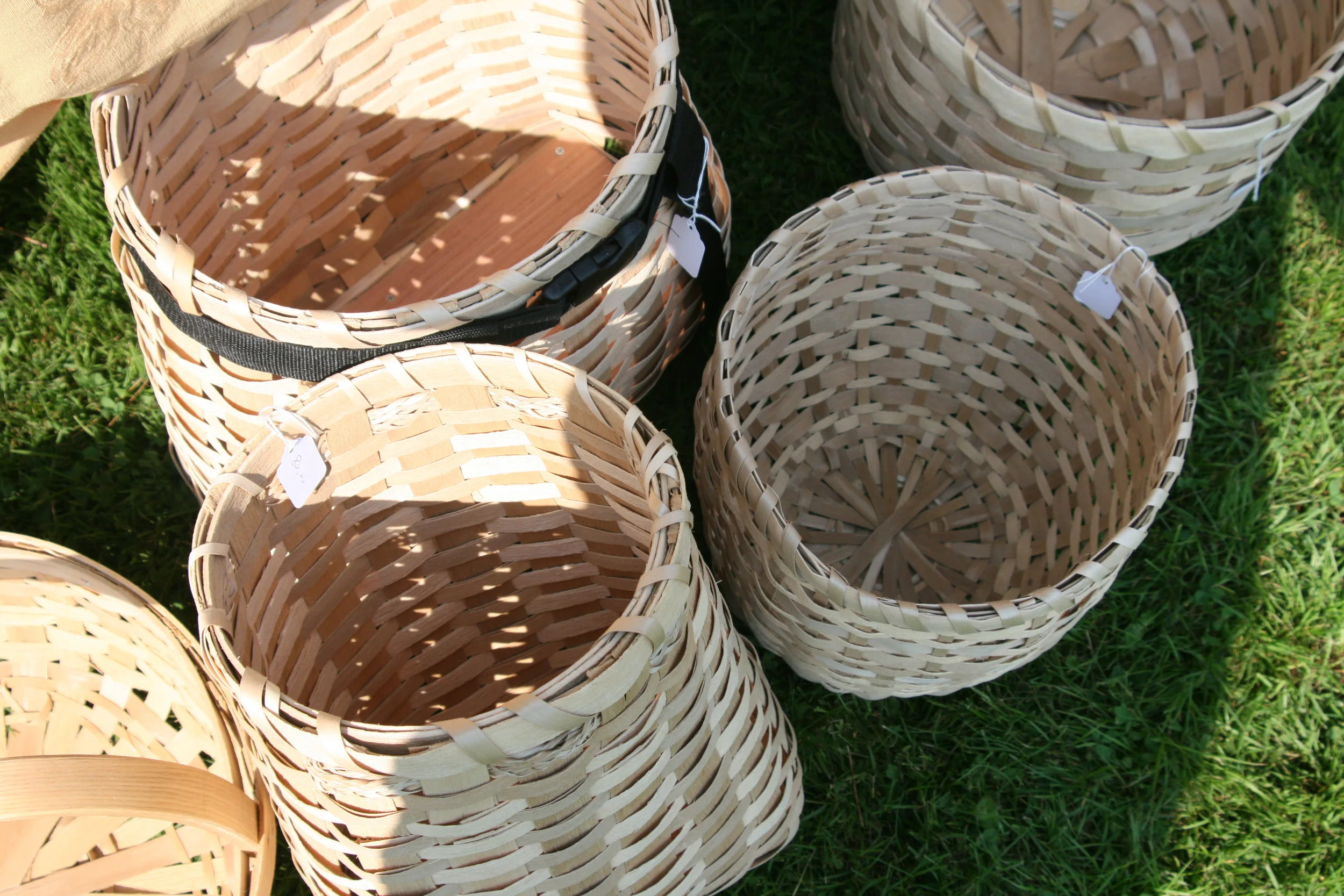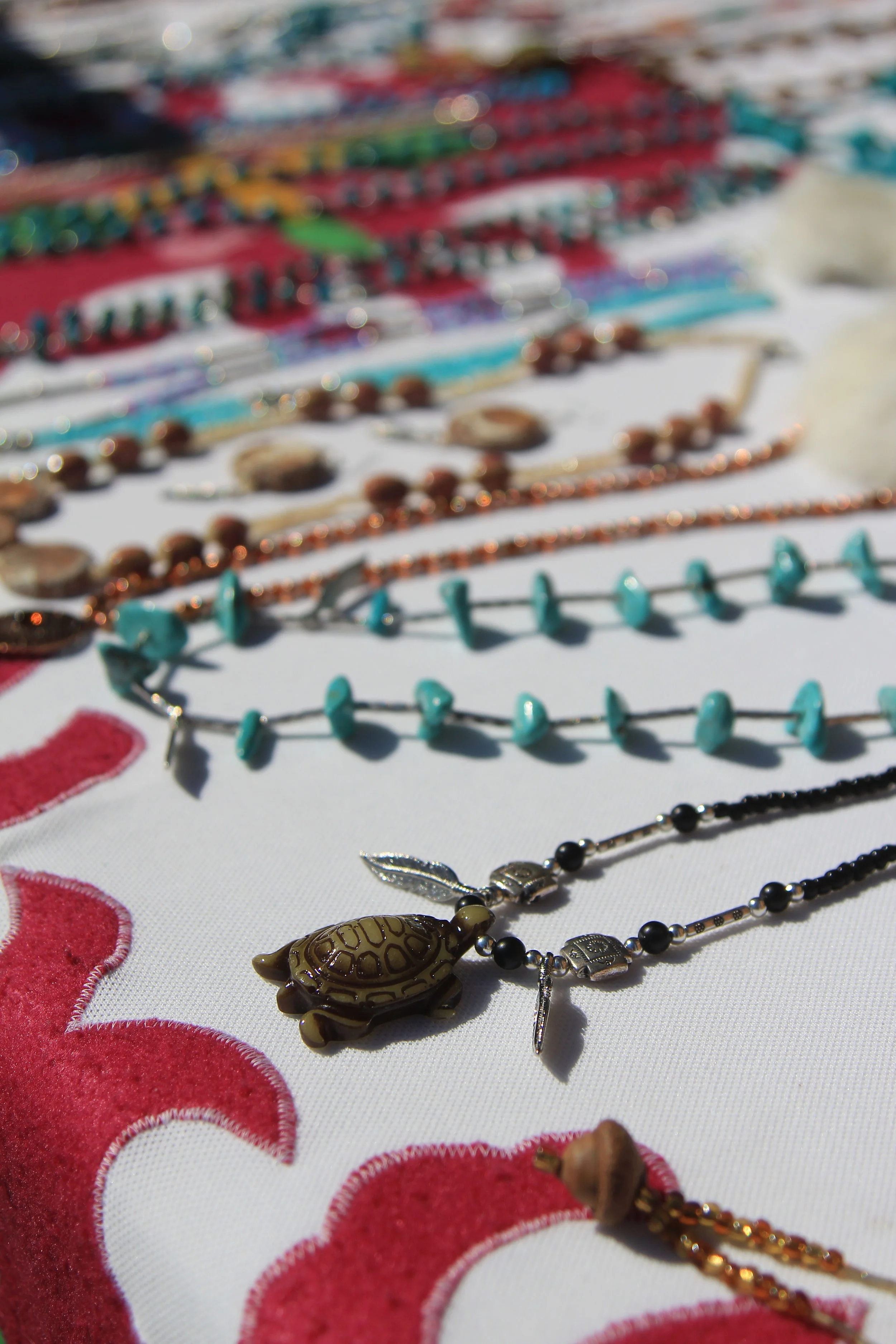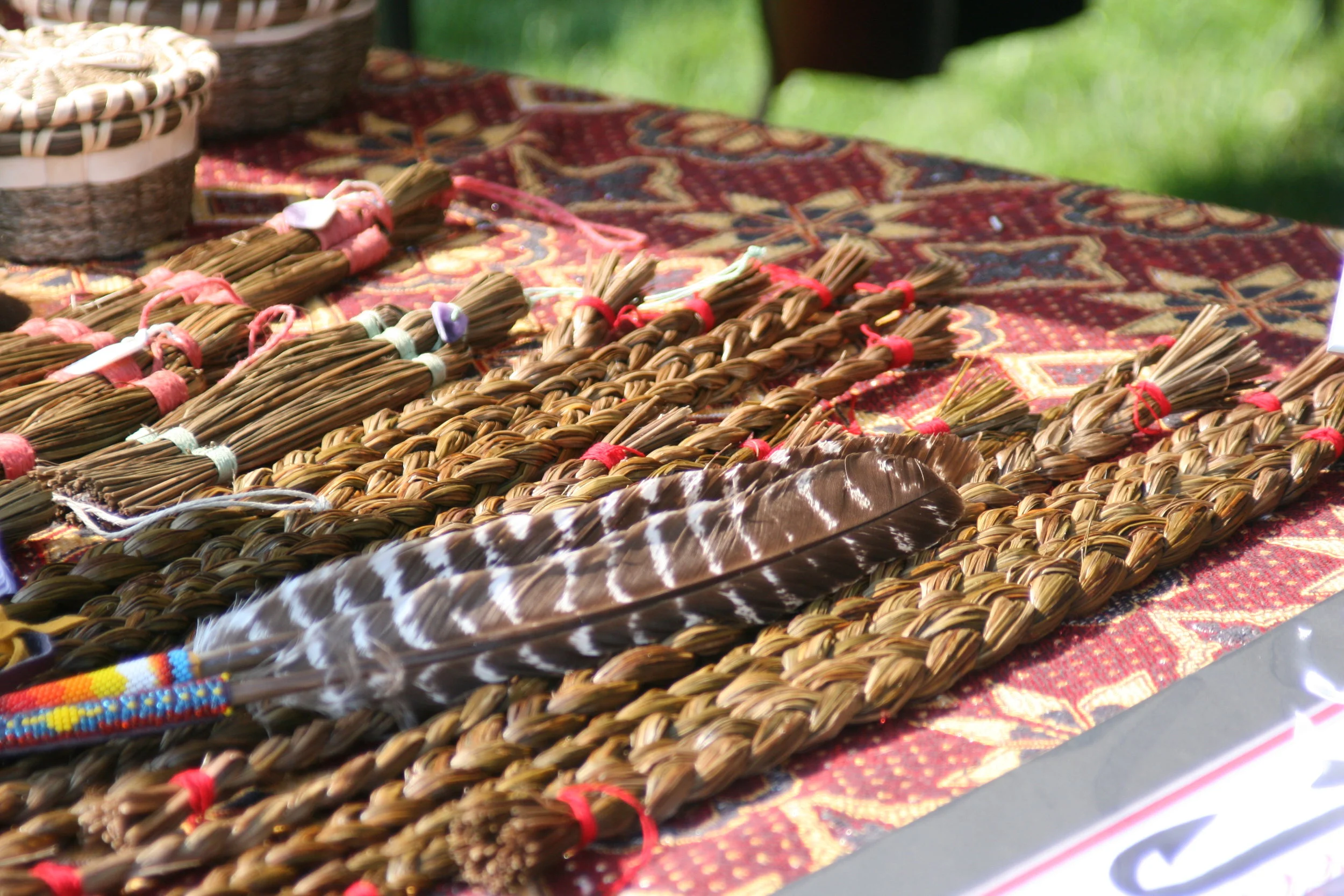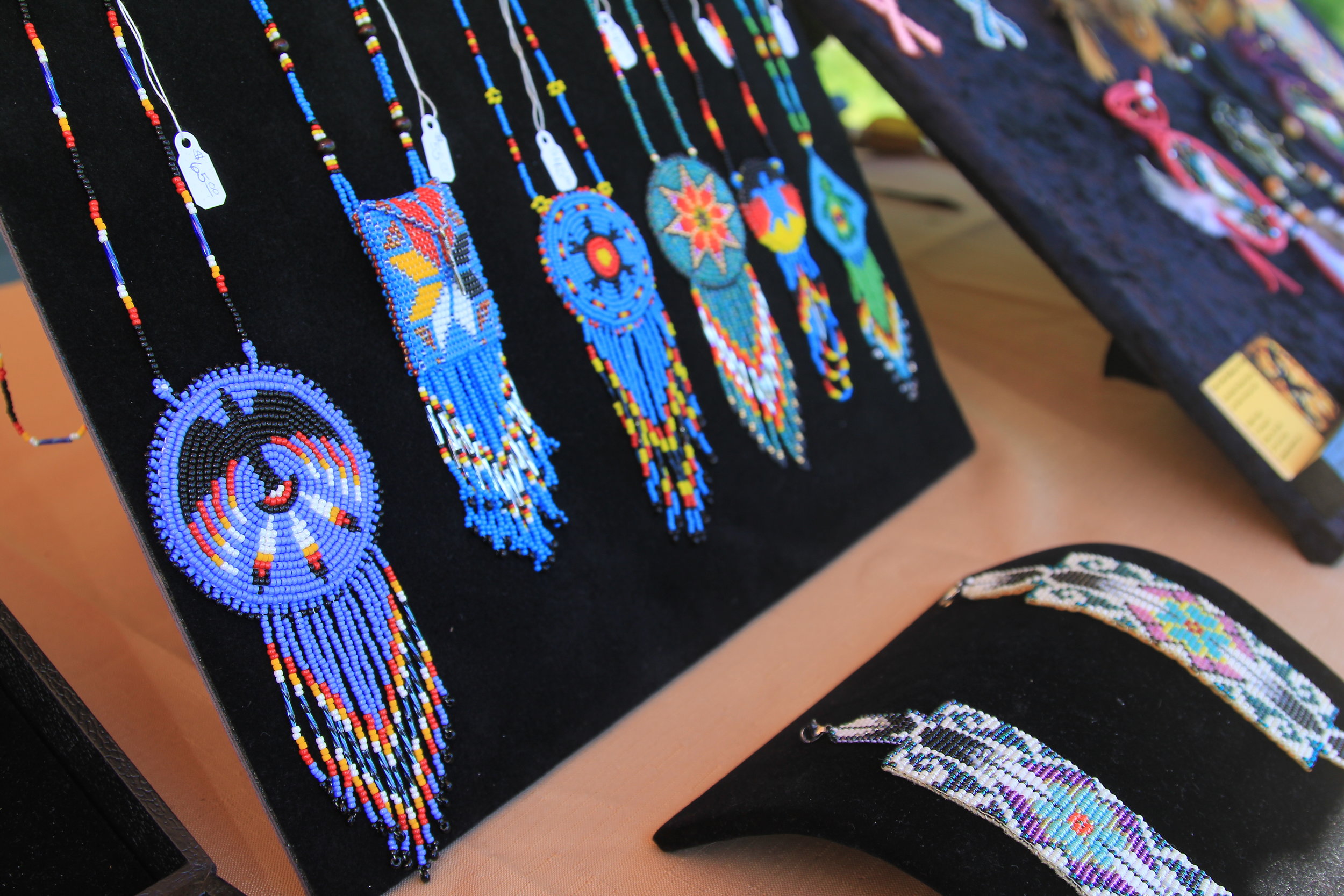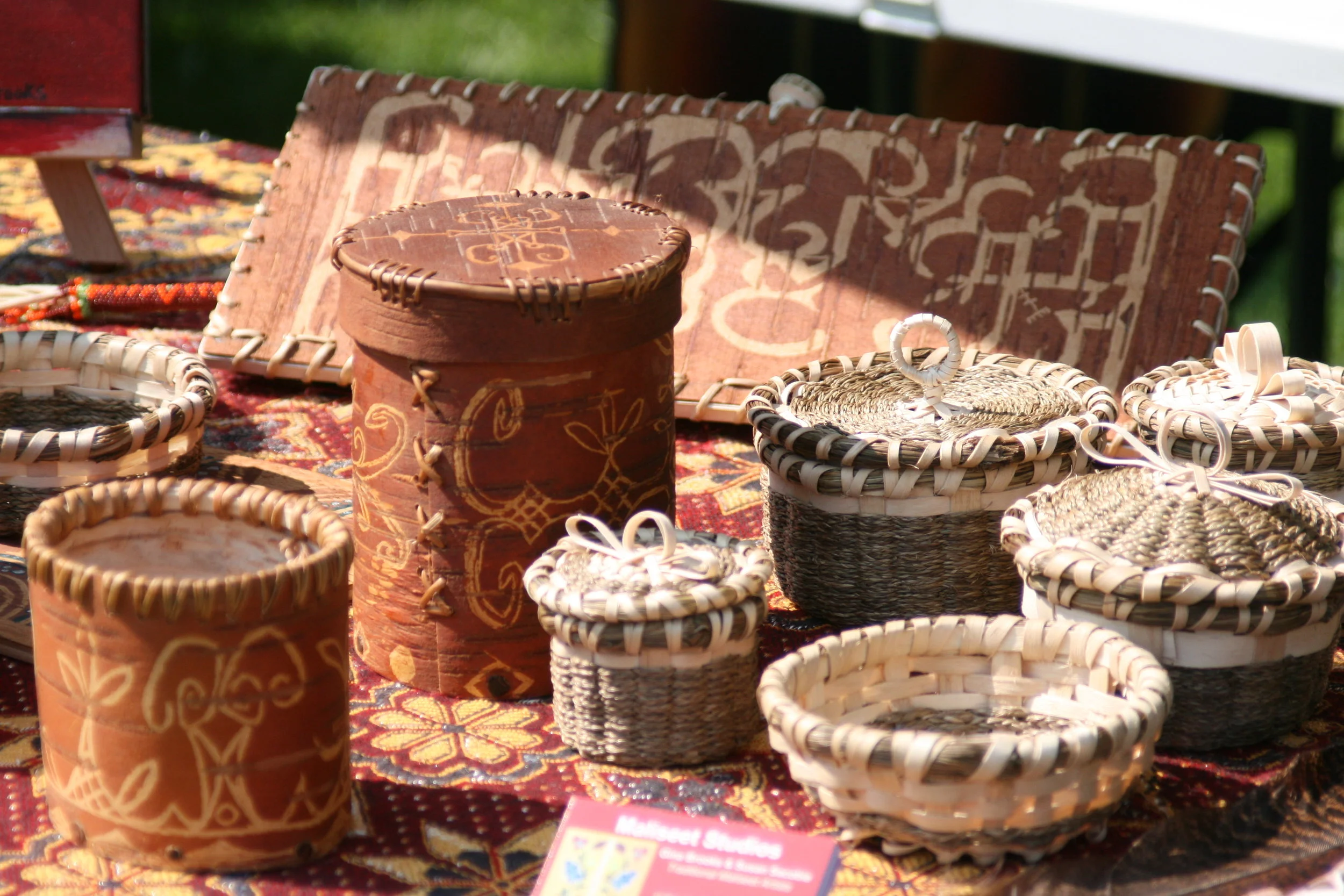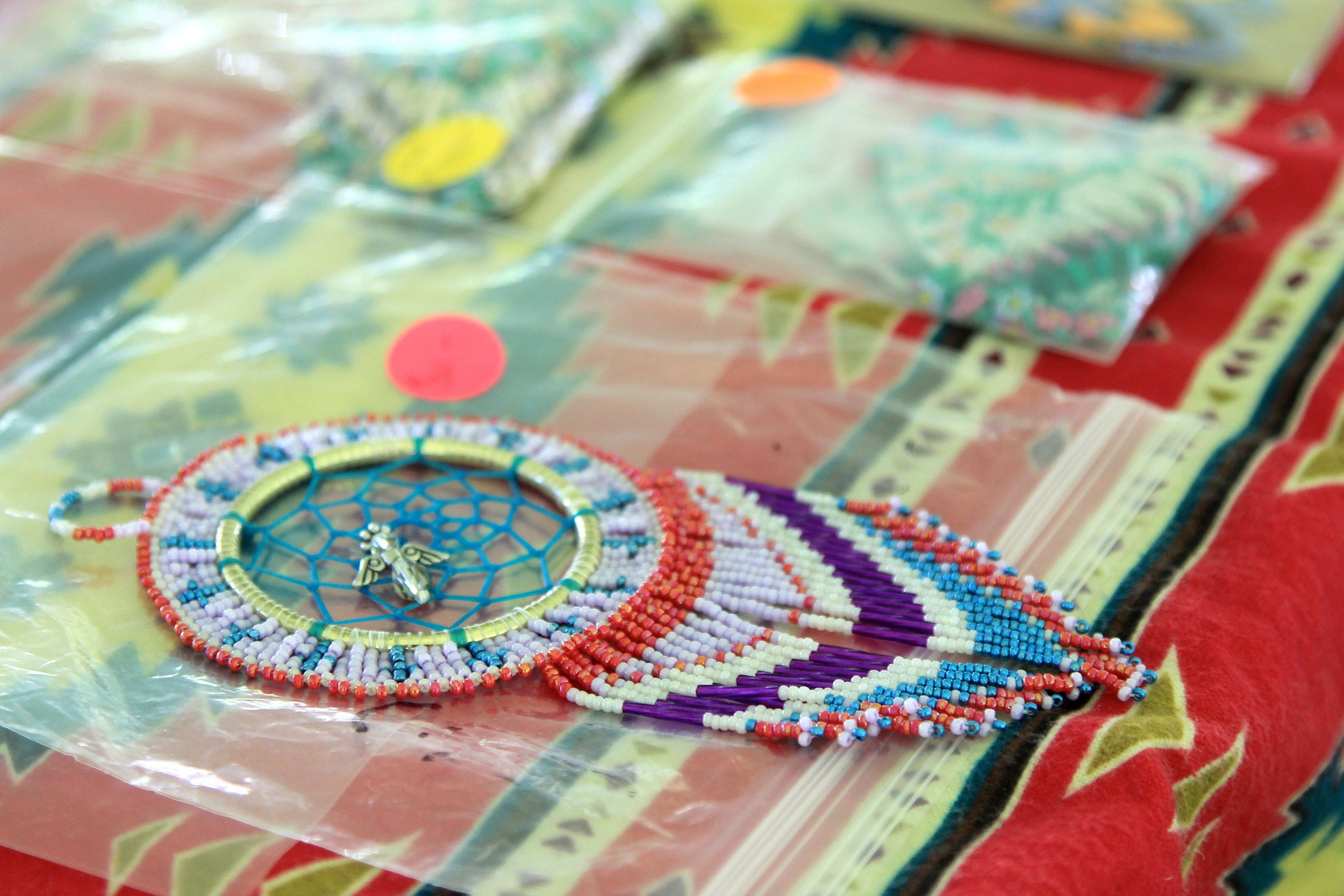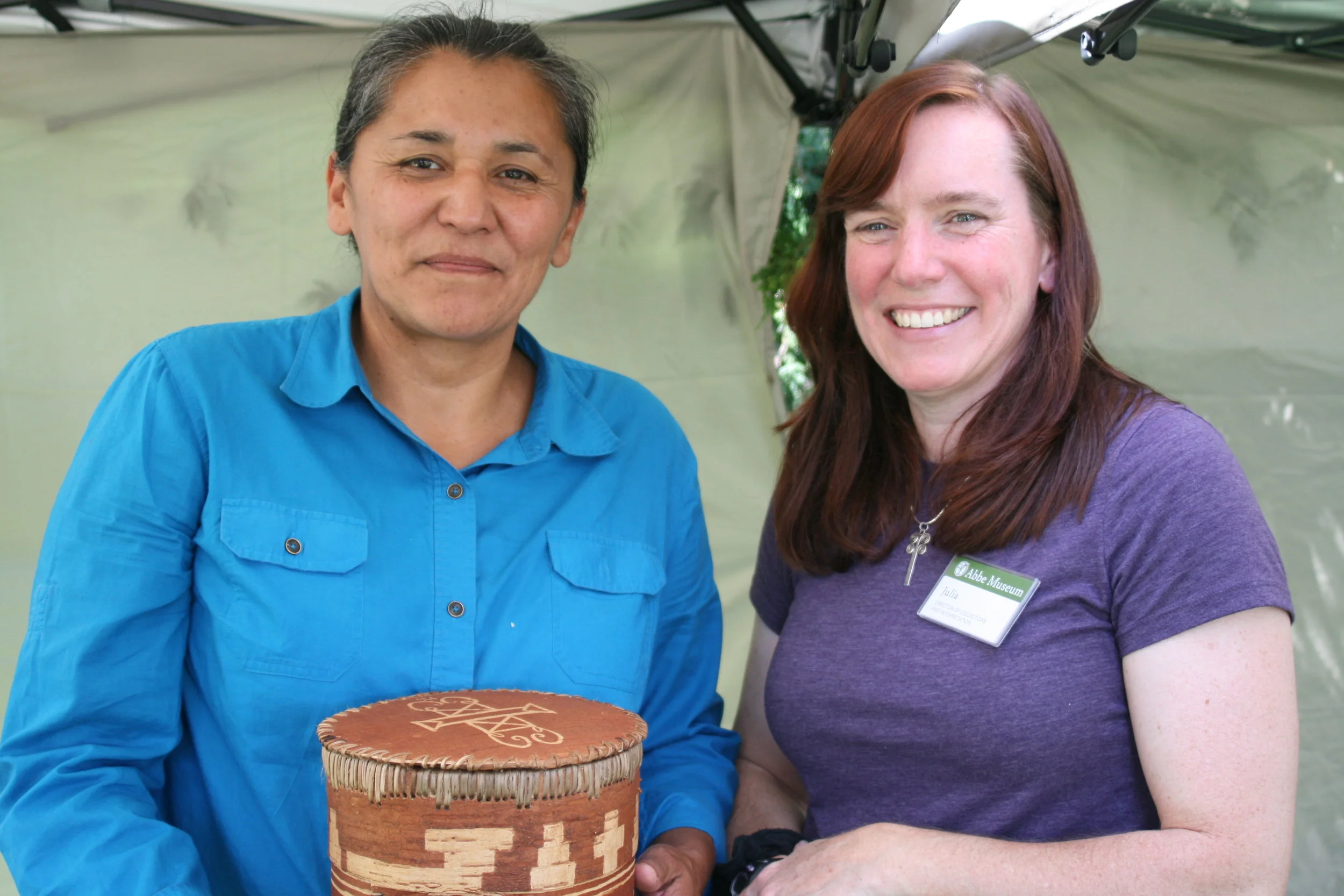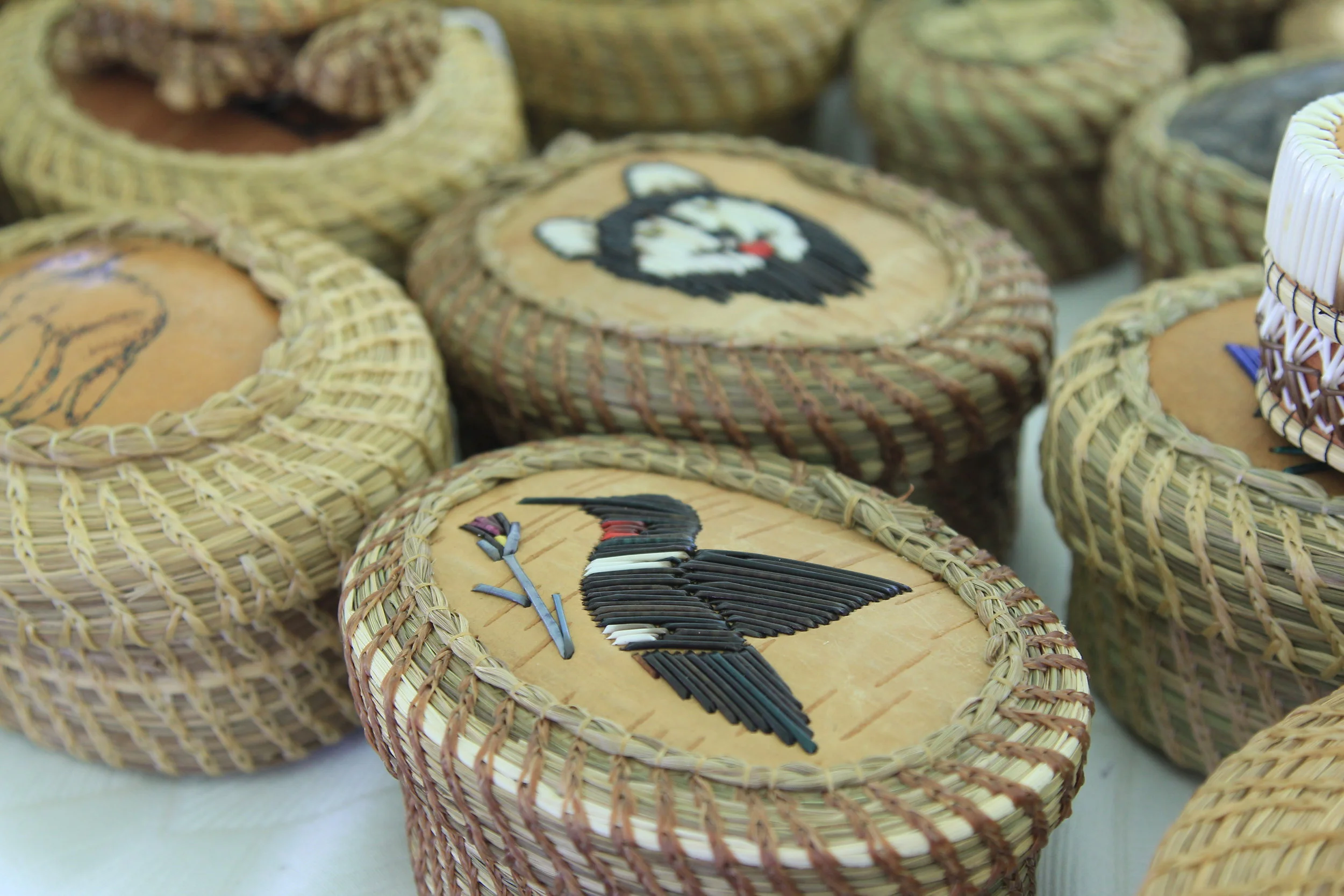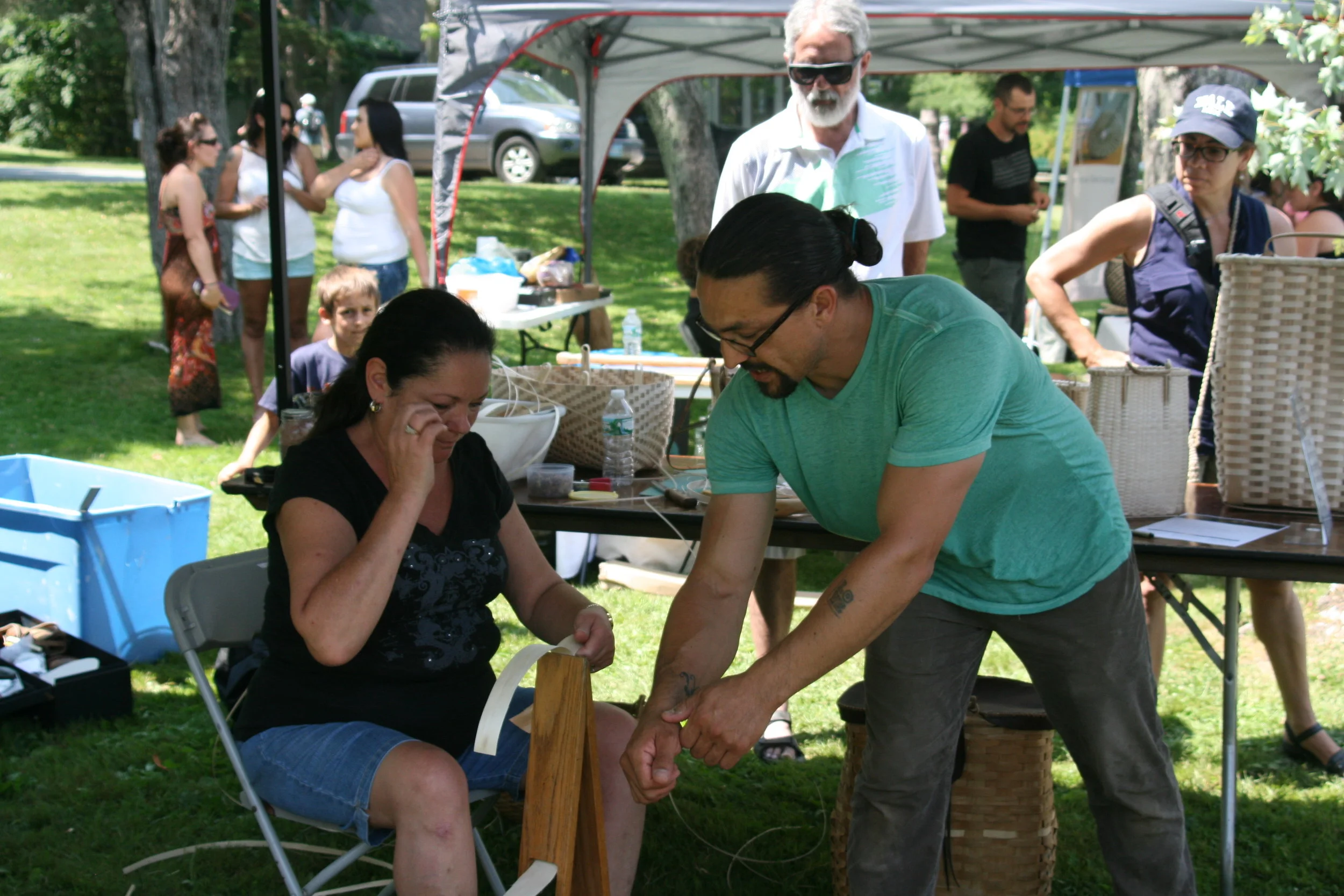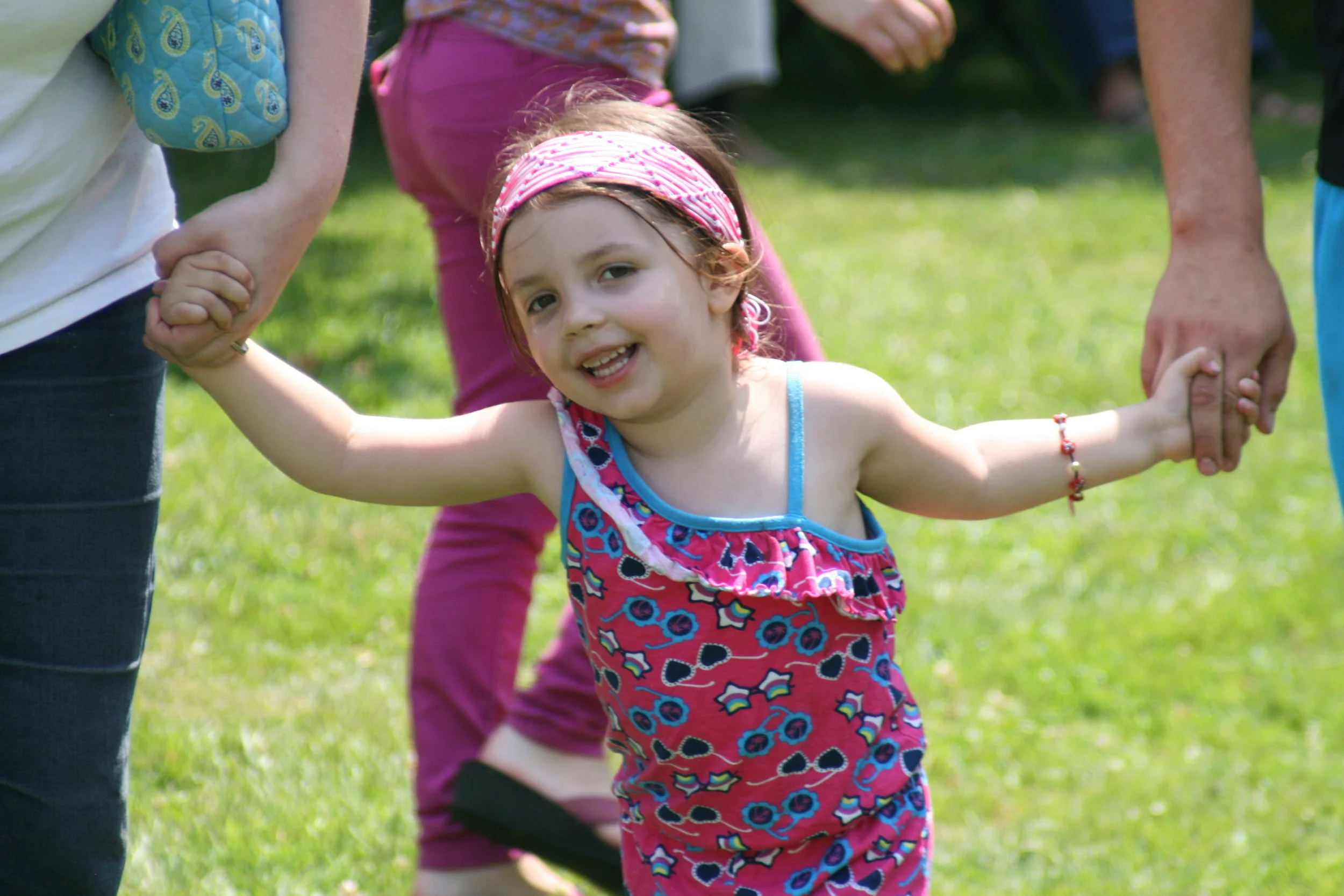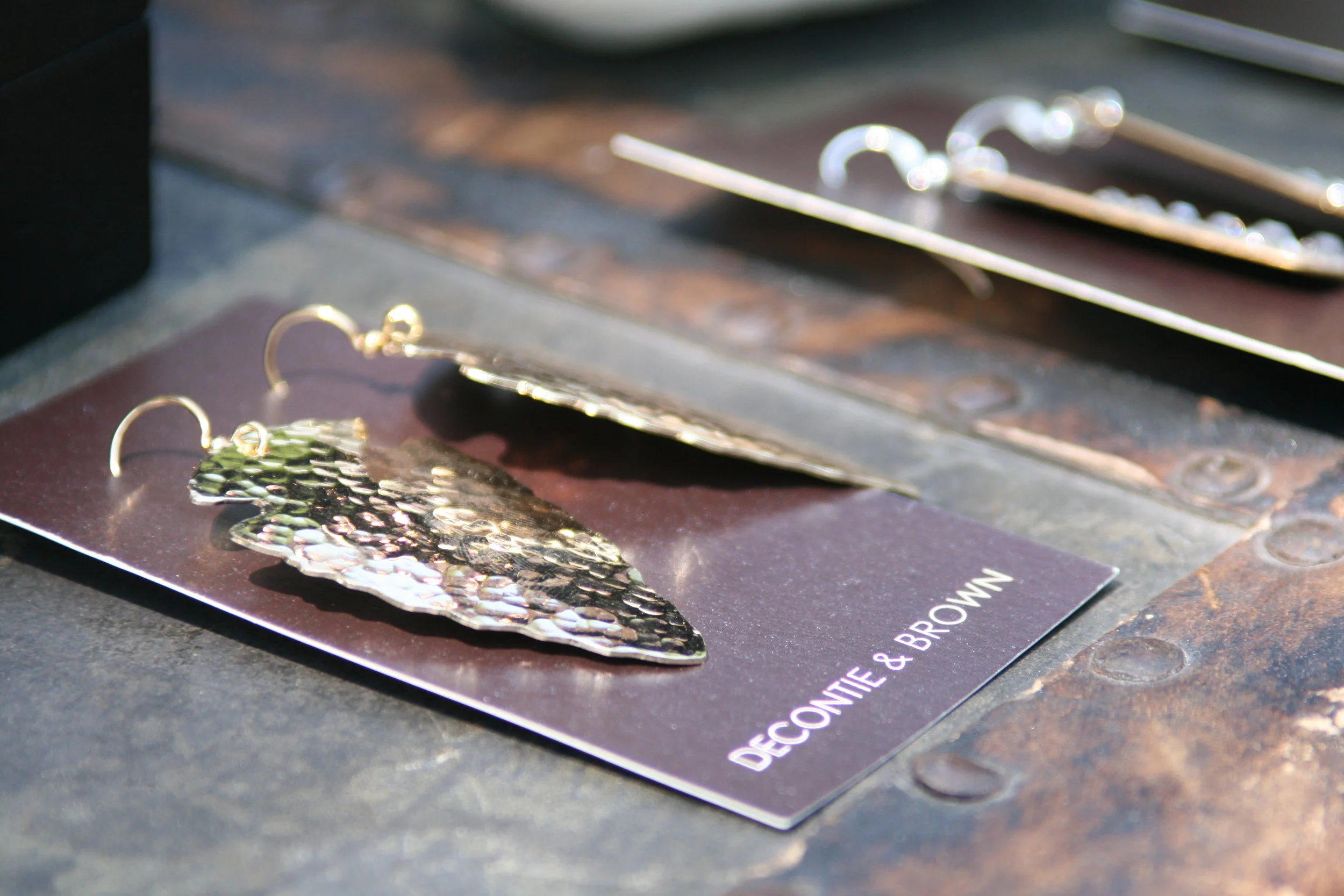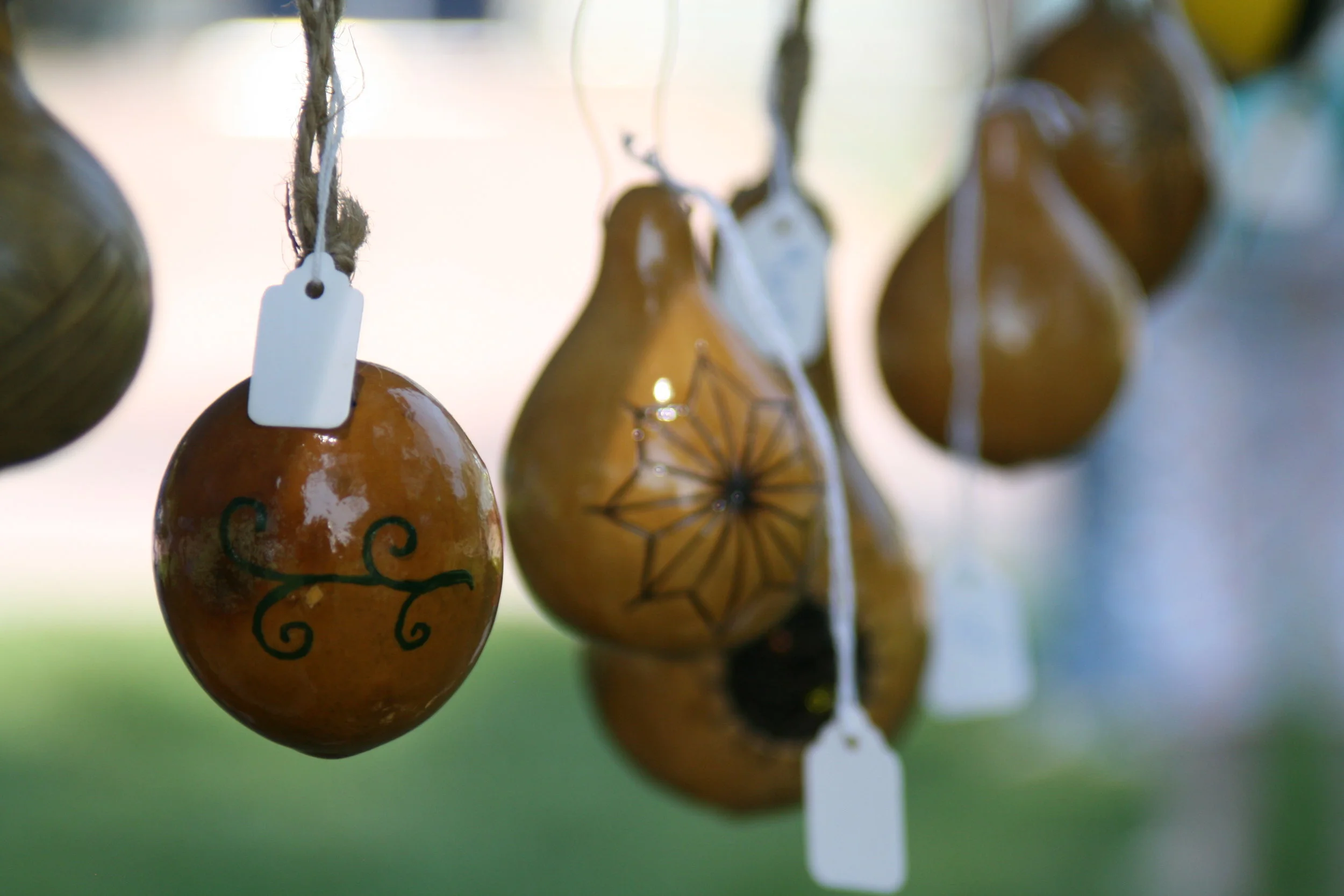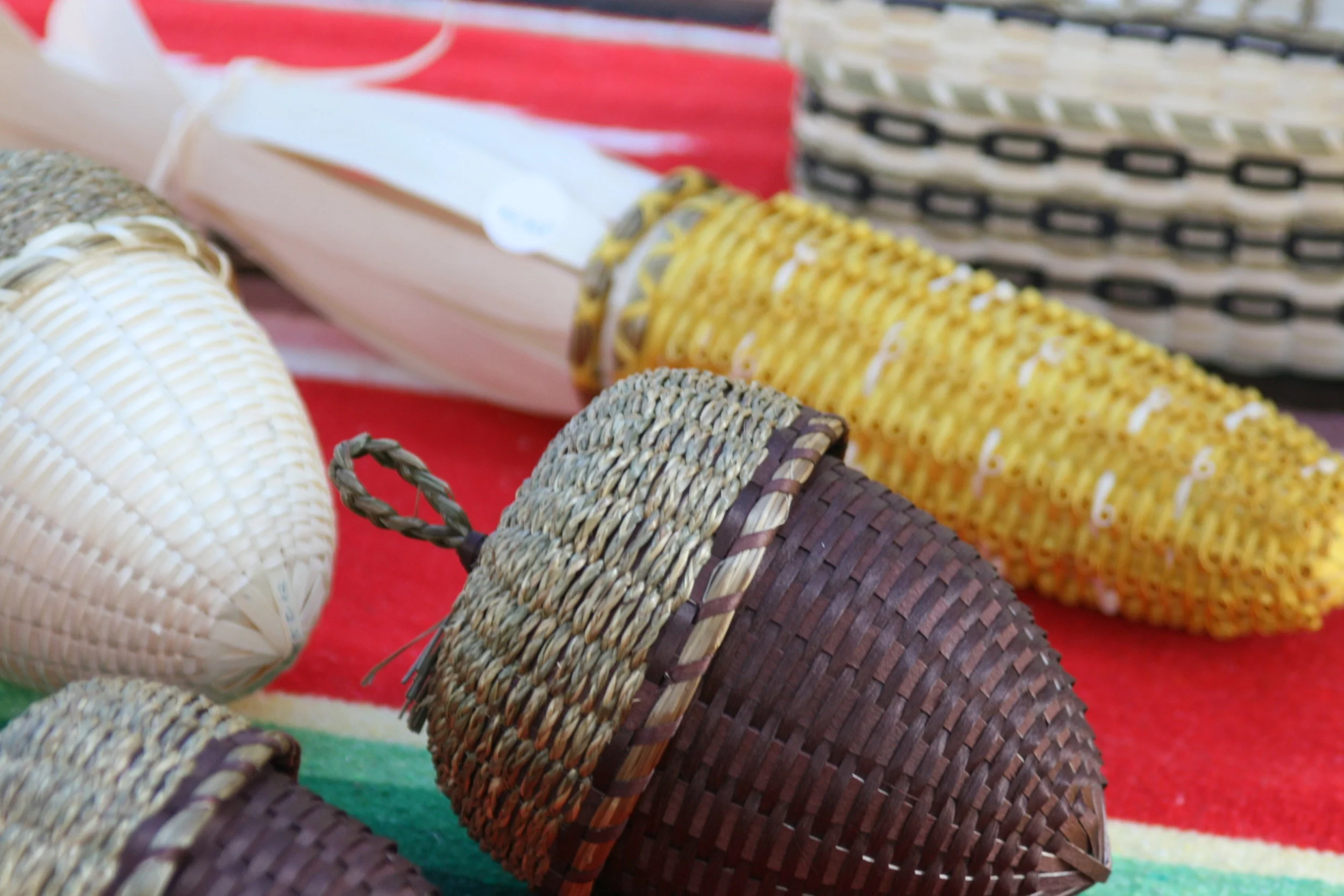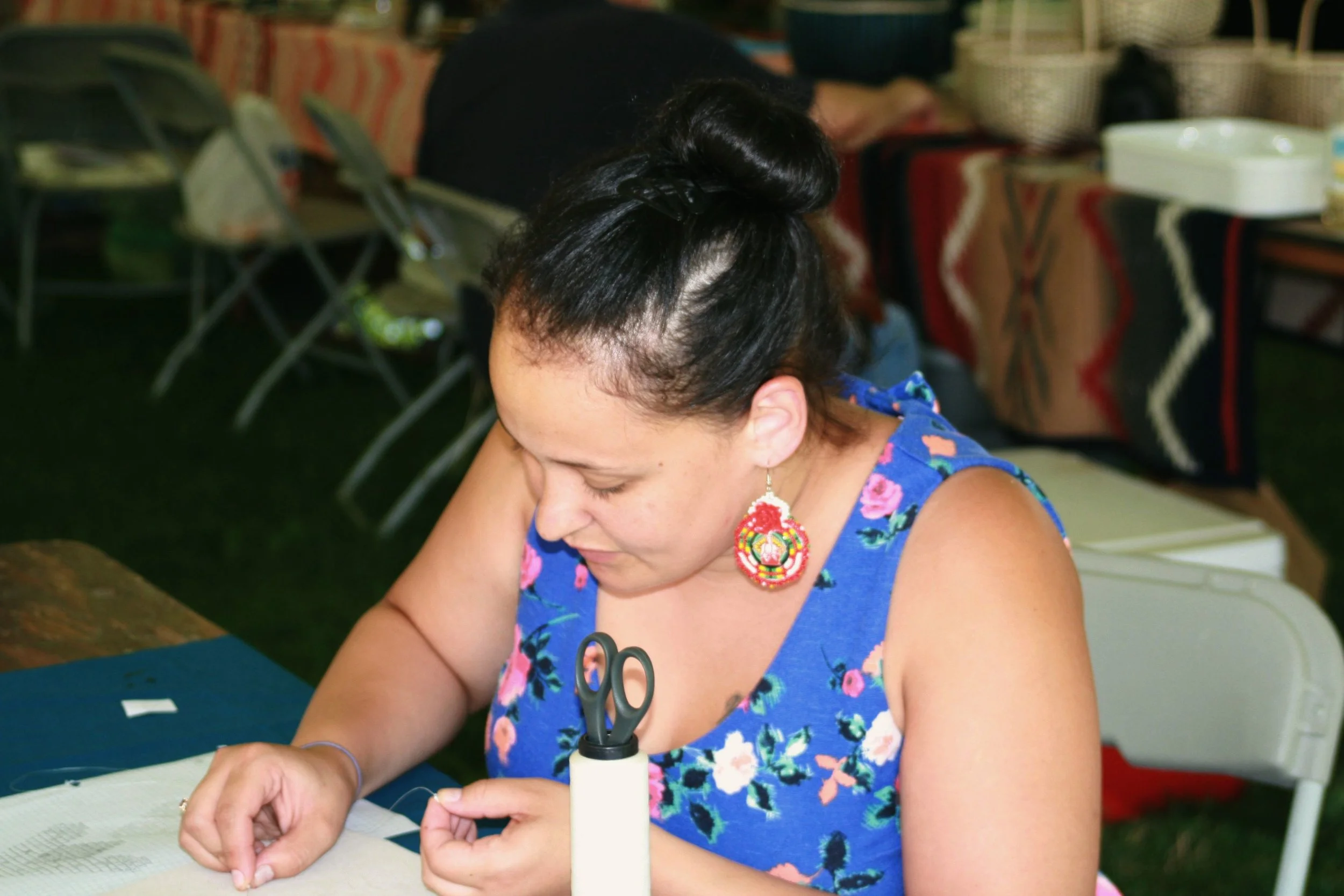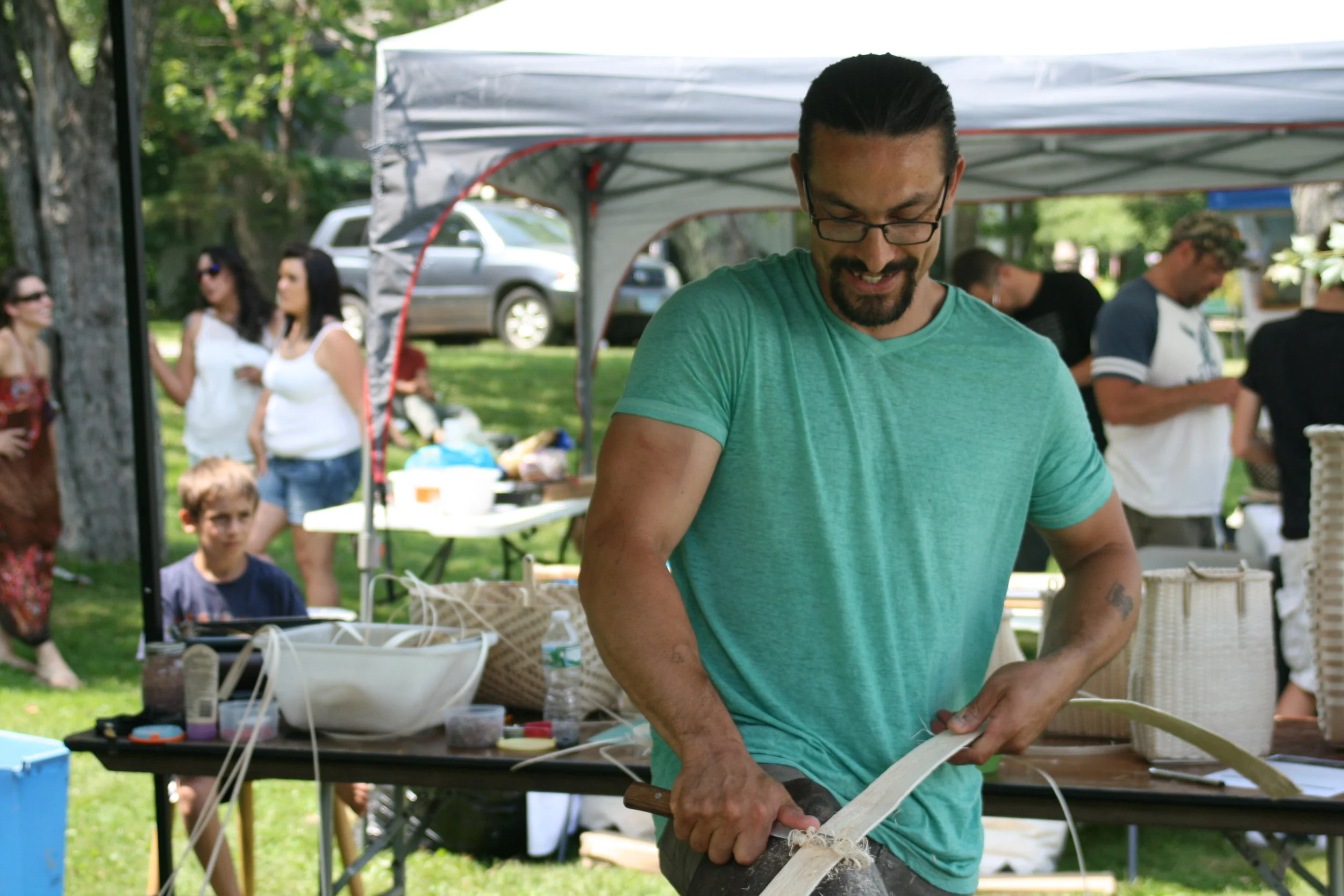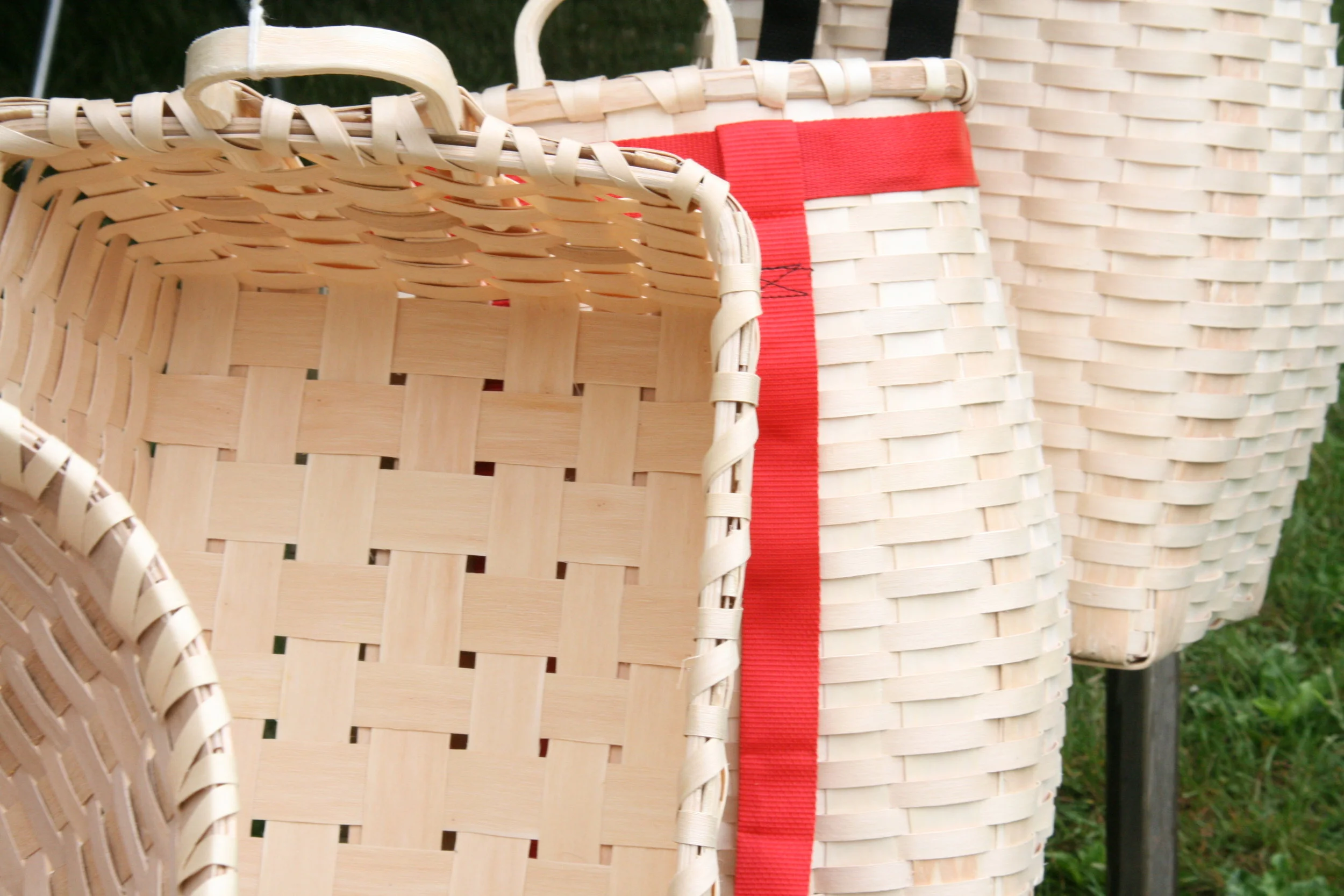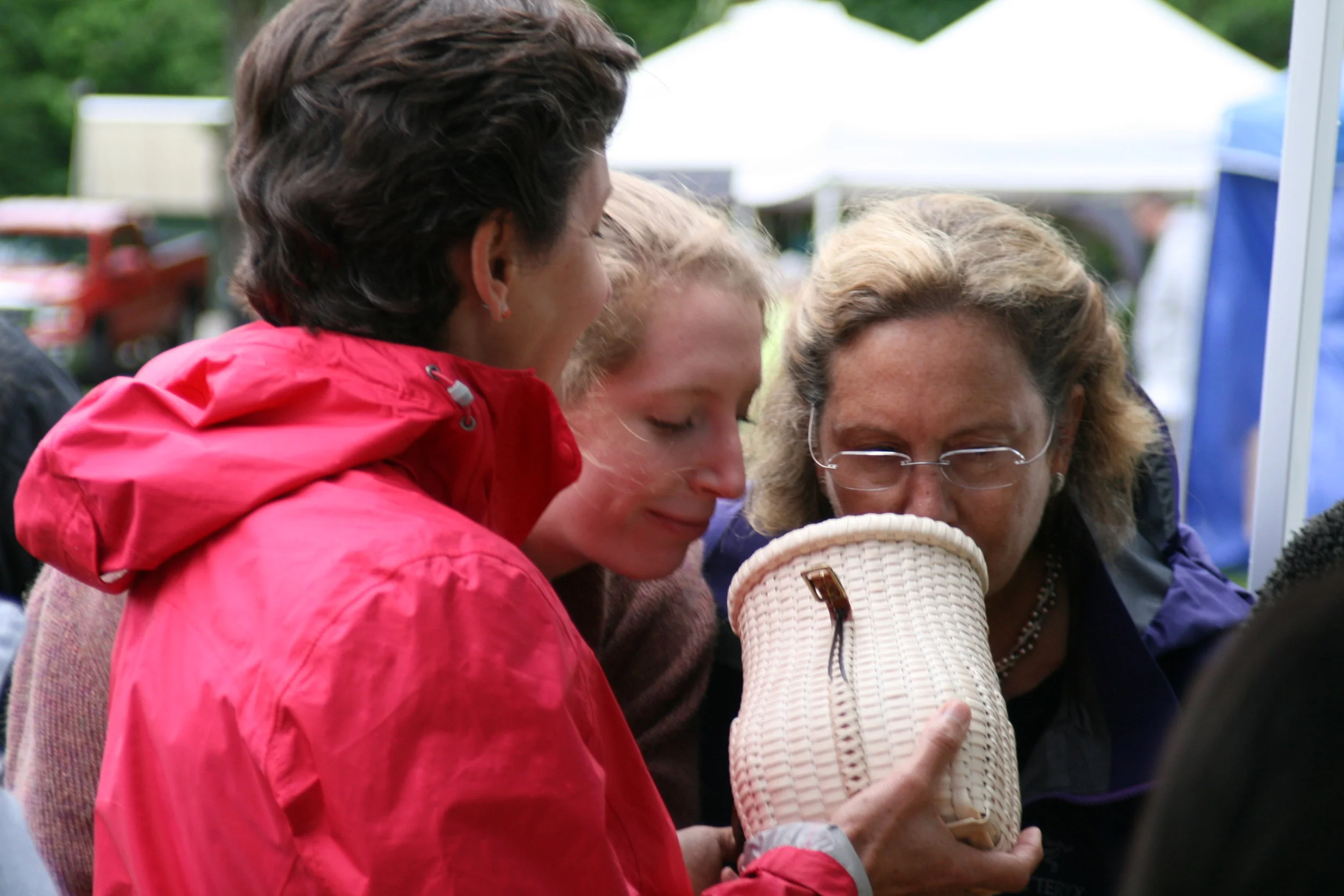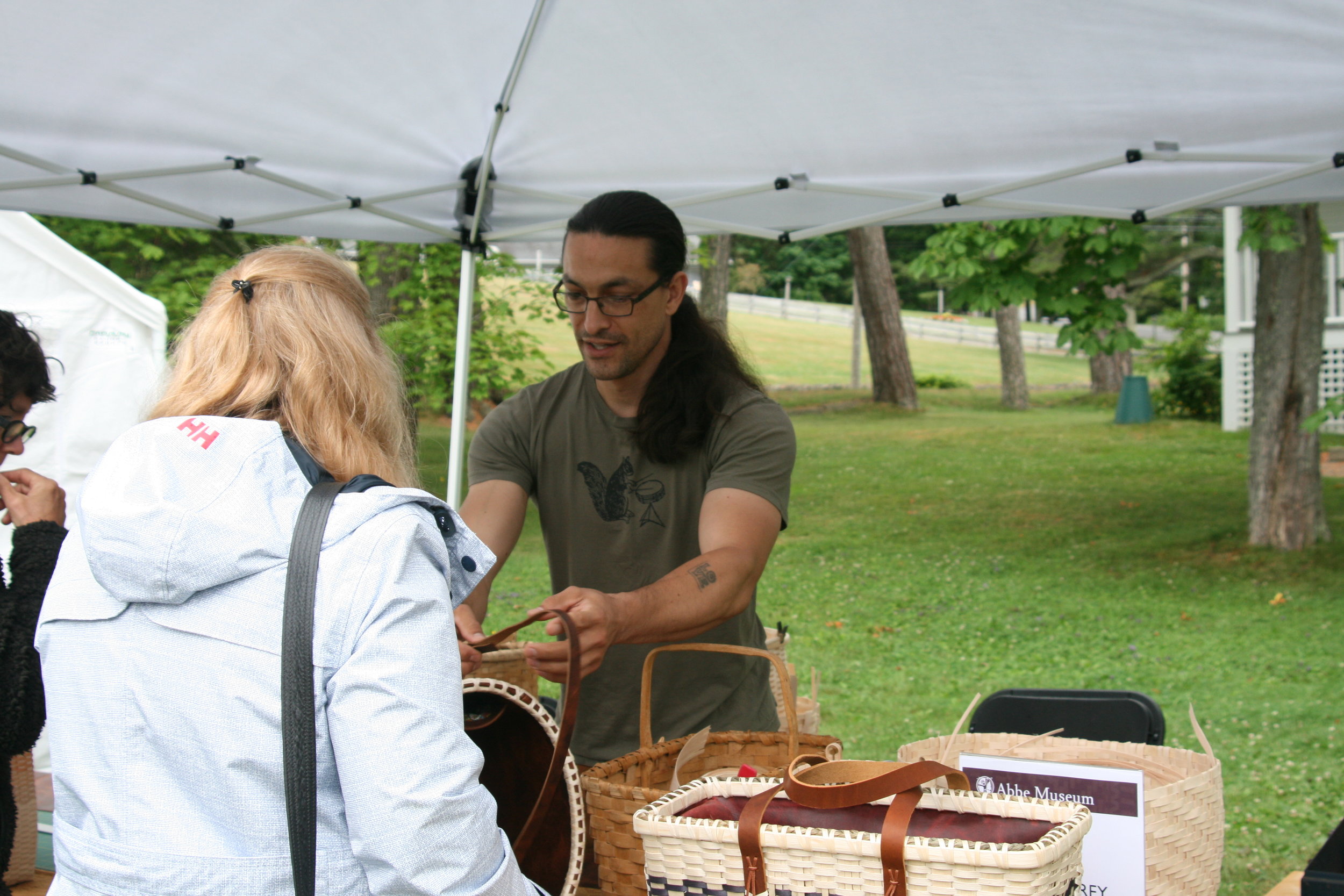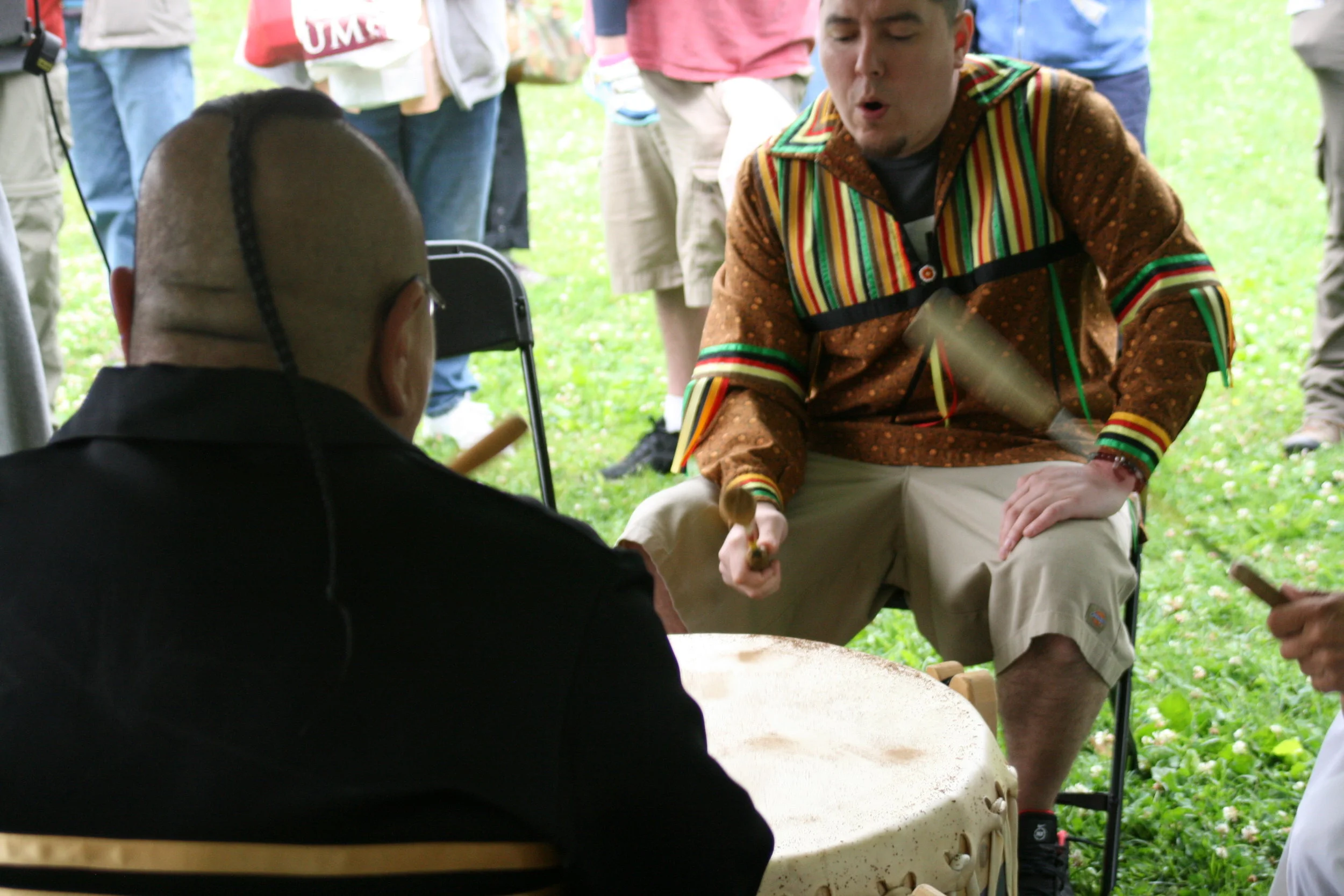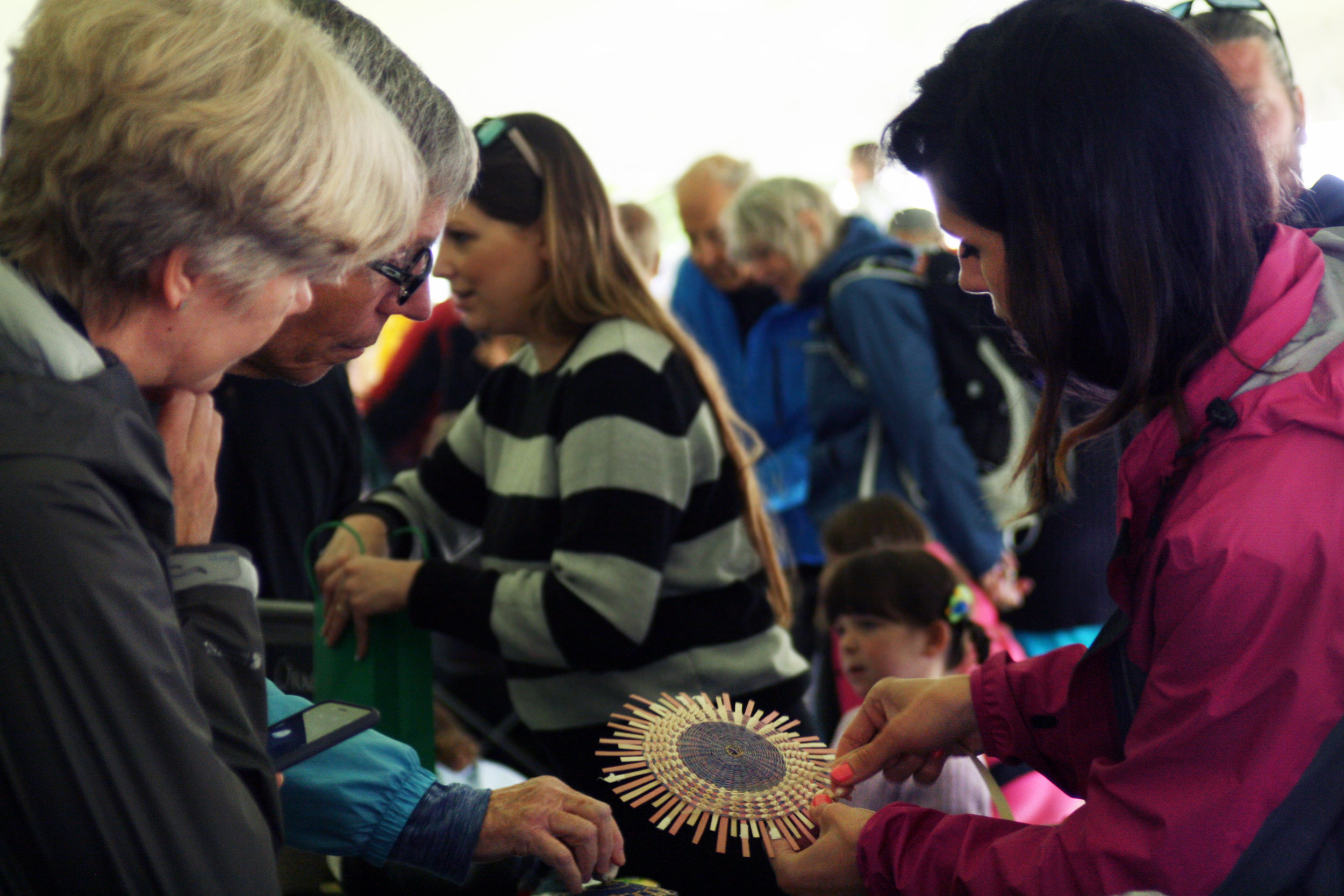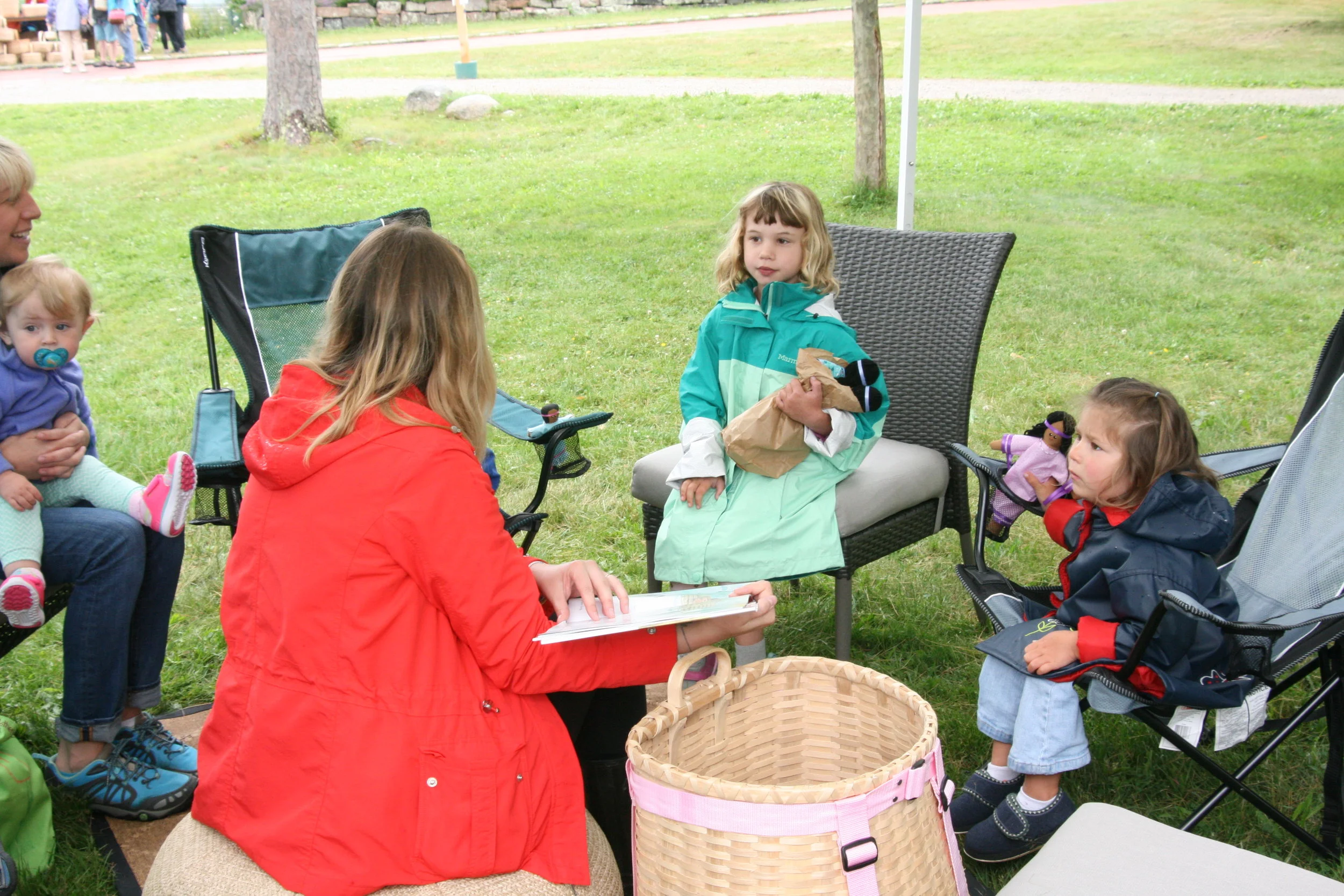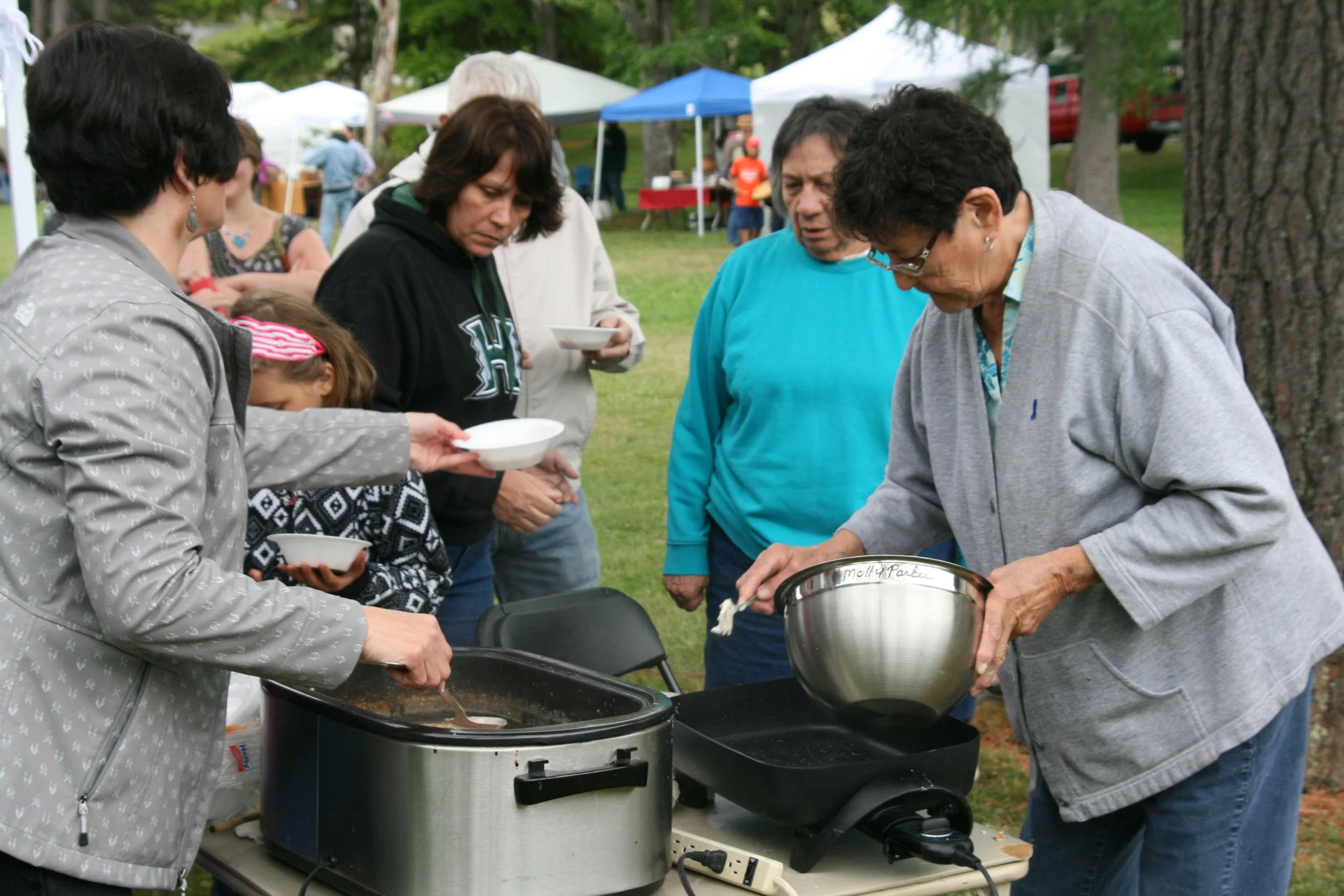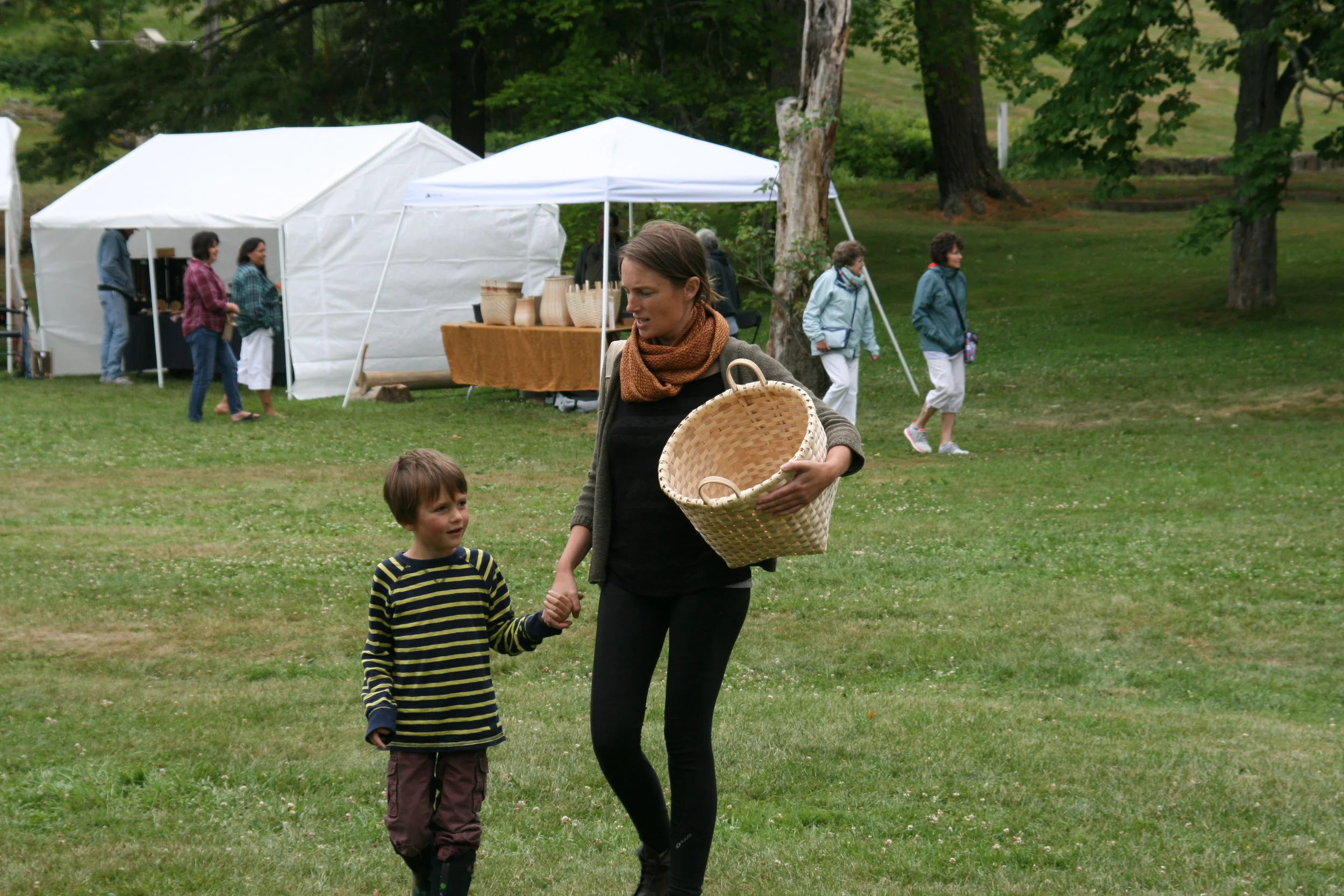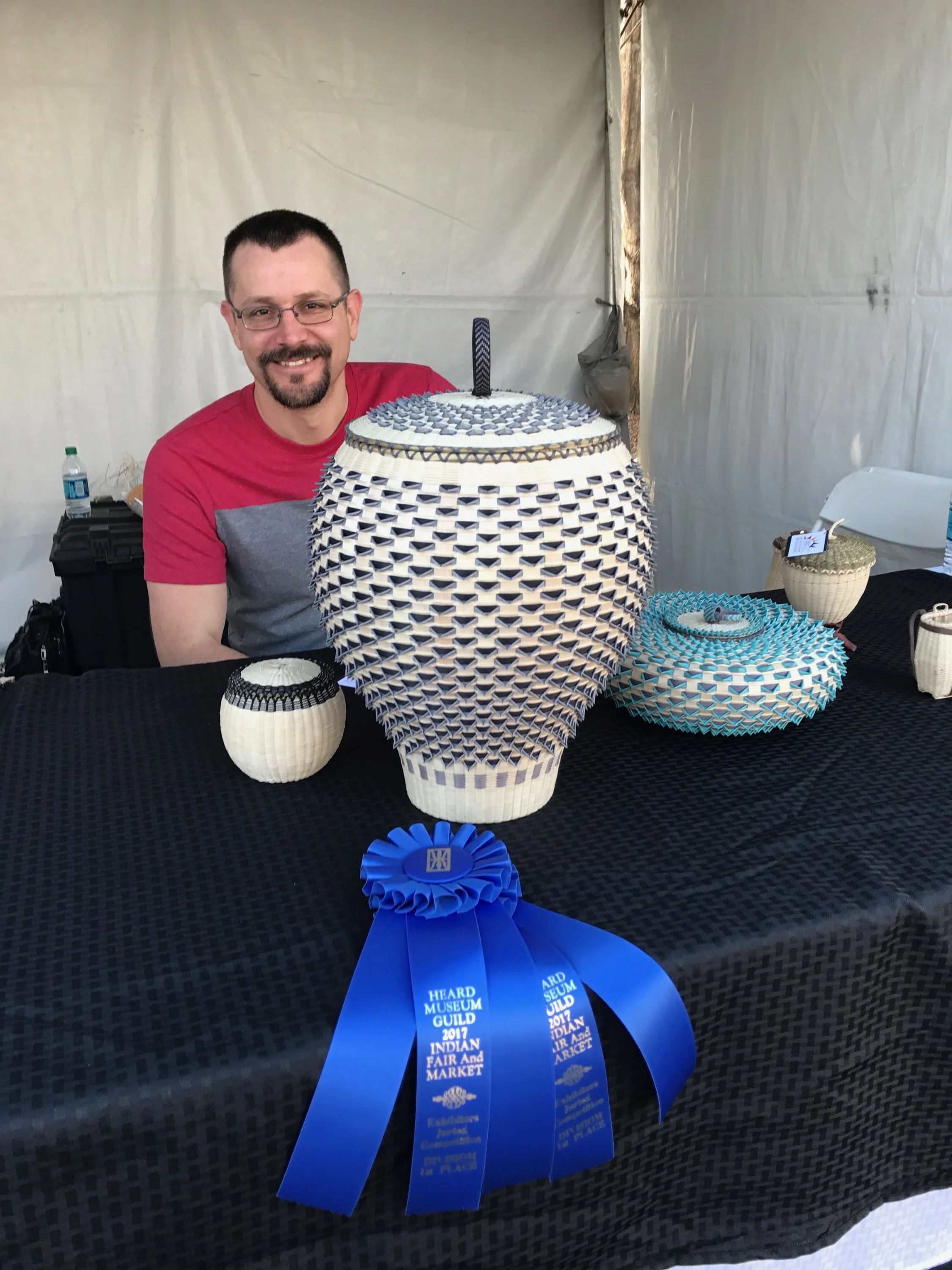Come volunteer at the 2019 Native American Festival
/On July 6th, from 10 am to 3 pm the Native American Festival and Basketmakers Market will celebrate its 26th year! The festival is an opportunity to meet and mingle with local Native artists and see their amazing work, all while learning about contemporary Wabanaki art and culture. And in order to make it happen, we could use your help! Read on to see this year’s needs – just a few hours of your time will have a big impact.
If you are interested in lending a hand, please contact Jill Sawyer at 207-288-3519 or jill@abbemuseum.org. We can't wait to work with you!
SPECIFIC TIME COMMITMENT
SET UP & BREAKDOWN (7 AM & 3 PM)
Volunteers assisting with Set Up and Breakdown will be on hand to transform the backyard into the Native American Festival...and back again. There are 2 opportunities to help -- set up will be taking place on Saturday, July 6 before the event opens at 7 am and breakdown will be directly after the festival closes at 3 pm.
ARTIST SET UP ASSISTANTS (8 AM)
Once the event is set up it is time for the artists to come in and make it come alive. We could use a handful of people to help artists get settled and assist in their booth set up. Set up will begin at 8 am on Saturday, July 6 and end at 10 am.
HALF/FULL DAY OPPORTUNITIES
GREETERS (TWO SHIFTS: 10 AM – 12:30 PM; 12:30 – 3 PM)
Stationed at an entrance to the backyard, greeters will be responsible for orienting visitors, answering questions, and taking donations. It’s a fun and easy way to help out, all while enjoying the beautiful July weather.
**Must be comfortable handling cash.
REFRESHMENTS TABLE (TWO SHIFTS: 10 AM – 12:30 PM; 12:30 – 3 PM)
Help visitors maintain their energy as they visit with and buy from the artists by helping out at our refreshments table. The table will be stocked with an assortment of goodies for you to sell and is sure to be a great way to mingle with everyone at the event.
**Must be comfortable handling cash.



